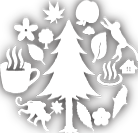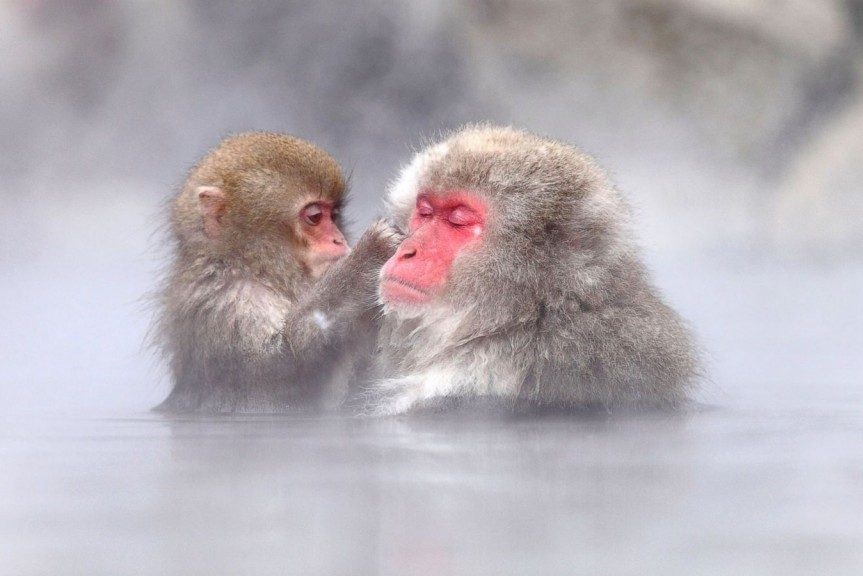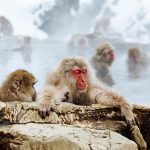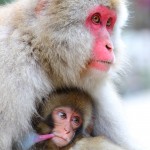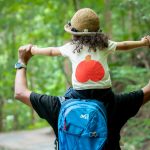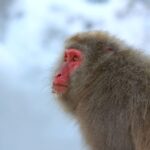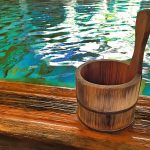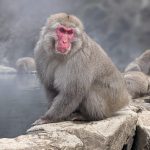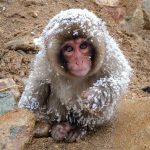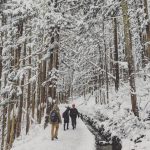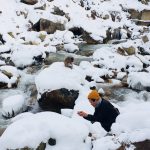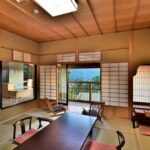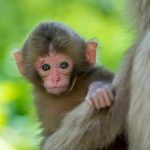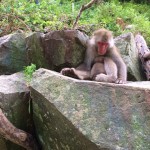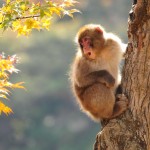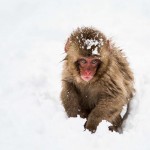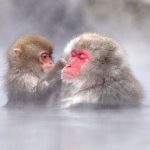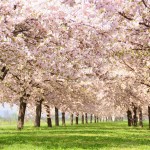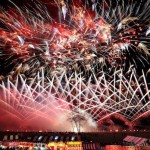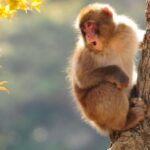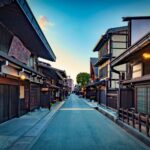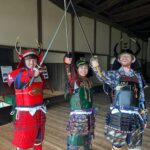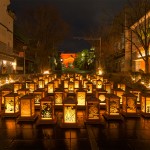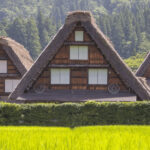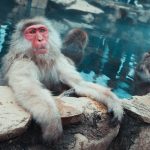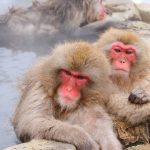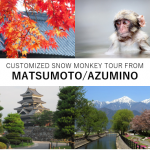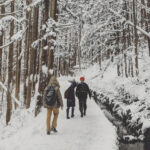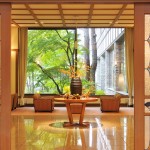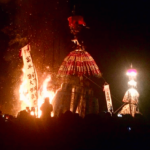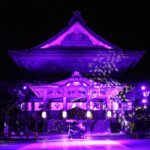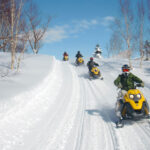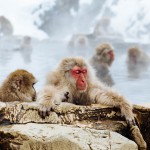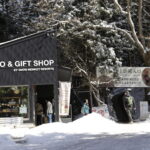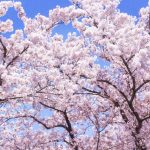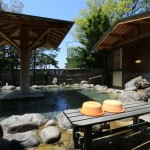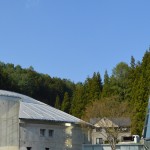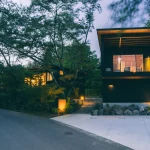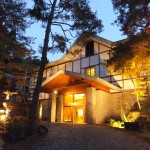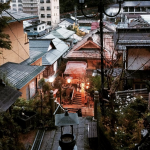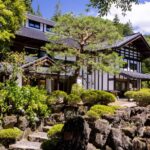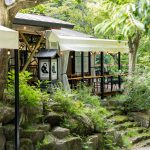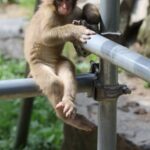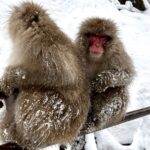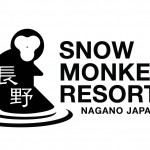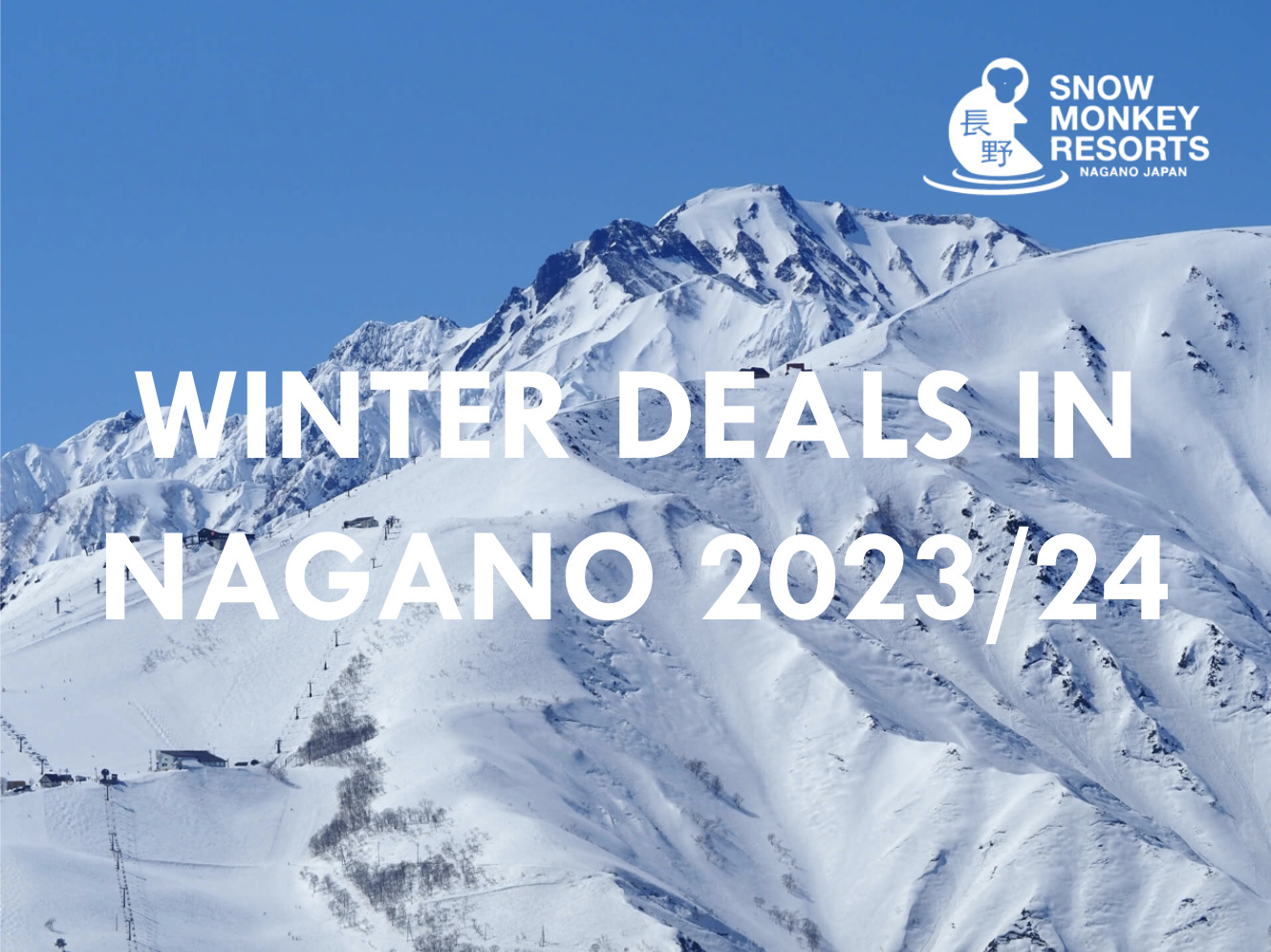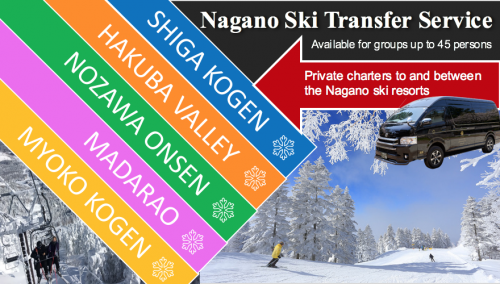20 Things to Do in Yamanouchi
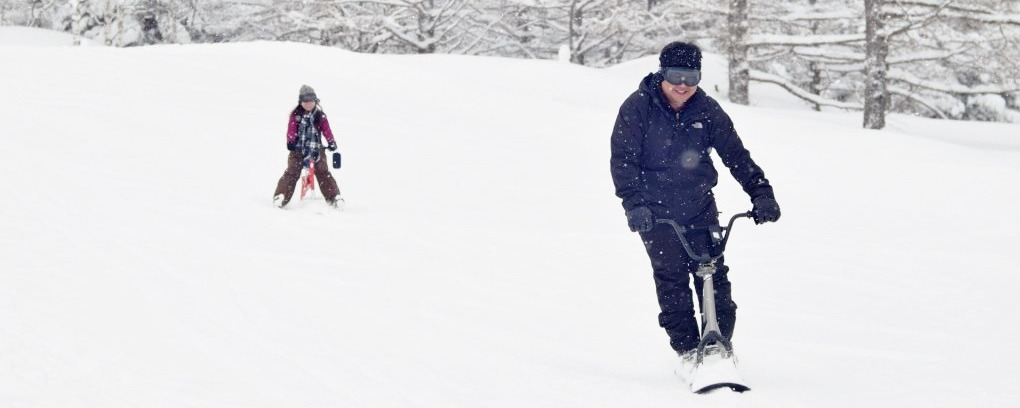
Best known for it famous hot spring-loving monkeys, Yamanouchi proudly lays claim to many of Nagano prefectures best destinations! As one of Central Japan’s best known locales, visiting the Jigokudani Monkey Park is one of the biggest highlights of any visit to the region – yet once in Yamanouchi, visitors will discover a charming and quiet corner of Nagano with lots to offer. On this page, you will find the following contents:
— 20 Things to do Around Yamanouchi
— Tours and Charters to the Monkey Park
With lots to do in any season, and containing some of Japan’s most famous sites, Yamanouchi is anything but the sleepy little corner of Nagano it may seem to be!
1 Day Tour

| 1-Day Tour: Snow Monkeys, Zenko-ji Temple & Sake in Nagano | |
|
| |
| Period | All Year Round |
| Time | 09:35 – 17:35 |
| Meeting Place | Nagano Station Hakuba (winter only) |
| Adult Rate | ¥17,800 |
| Child Rate | ¥11,000 |

WHERE IS YAMANOUCHI?
Yamanouchi, meaning “Amongst the Mountains”, is located to the east of Nagano City, bordering the area of Shinshu Nakano. Largely composed of mountains, the area also has some small towns as well as areas with farms and fields producing the fruit this region is well known for. For visitors coming from Nagano City, there are multiple options for public transport to the region.
Most conveniently, Nagaden Bus operates a number of both local and highway buses attaching Nagano City to Yamanouchi and its main attractions such as the Monkey Park, Shiga Kogen, and Yudanaka Onsen. There are also train services run by Nagaden as well, which bring guests from Nagano Station, or other areas such as Obuse Station, terminating at Yudanaka Station in the heart of Yamanouchi. From there, buses are available to go further towards the Monkey Park or Shiga Kogen.
20 THINGS TO DO IN YAMANOUCHI
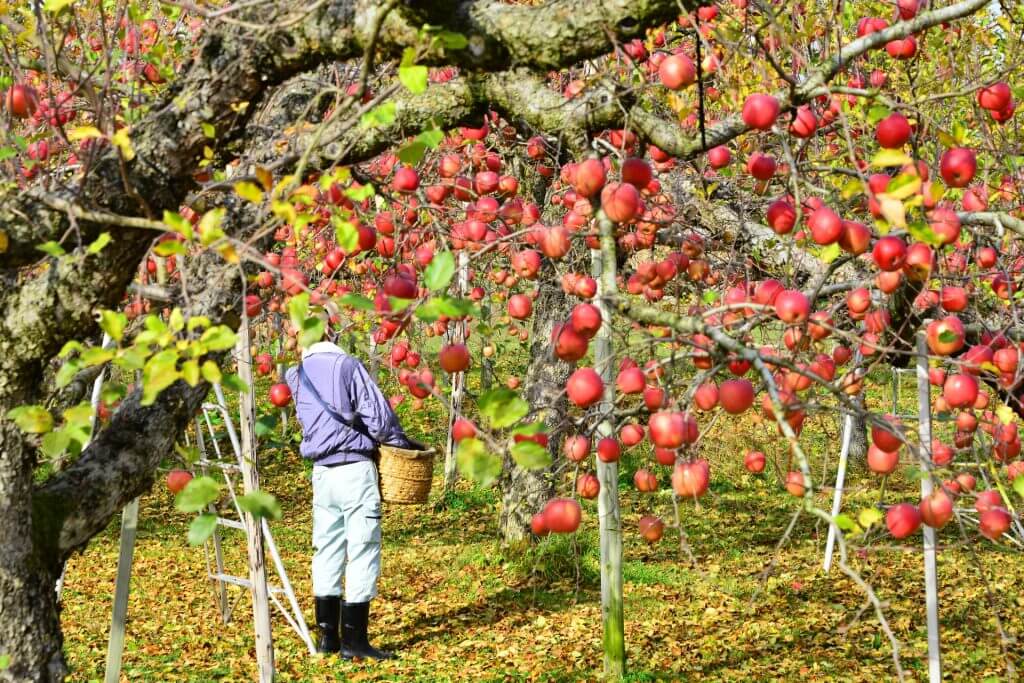
Blessed with numerous natural sources, Yamanouchi is home to some of Nagano’s oldest ‘onsen’ towns including Yudanaka Onsen and Shibu Onsen – great places to enjoy a hot spring and the traditional comfort and service of a ‘ryokan’. As such Yudanaka and Shibu are the gateways to Yamanouchi including nearby Shiga Kogen – Japan’s largest and highest ski resort – along with the resorts of Kita-Shiga.
Below you will find an exhaustive list of the best things to do in and around the area in any season.
1 / JIGOKUDANI MONKEY PARK / all year round
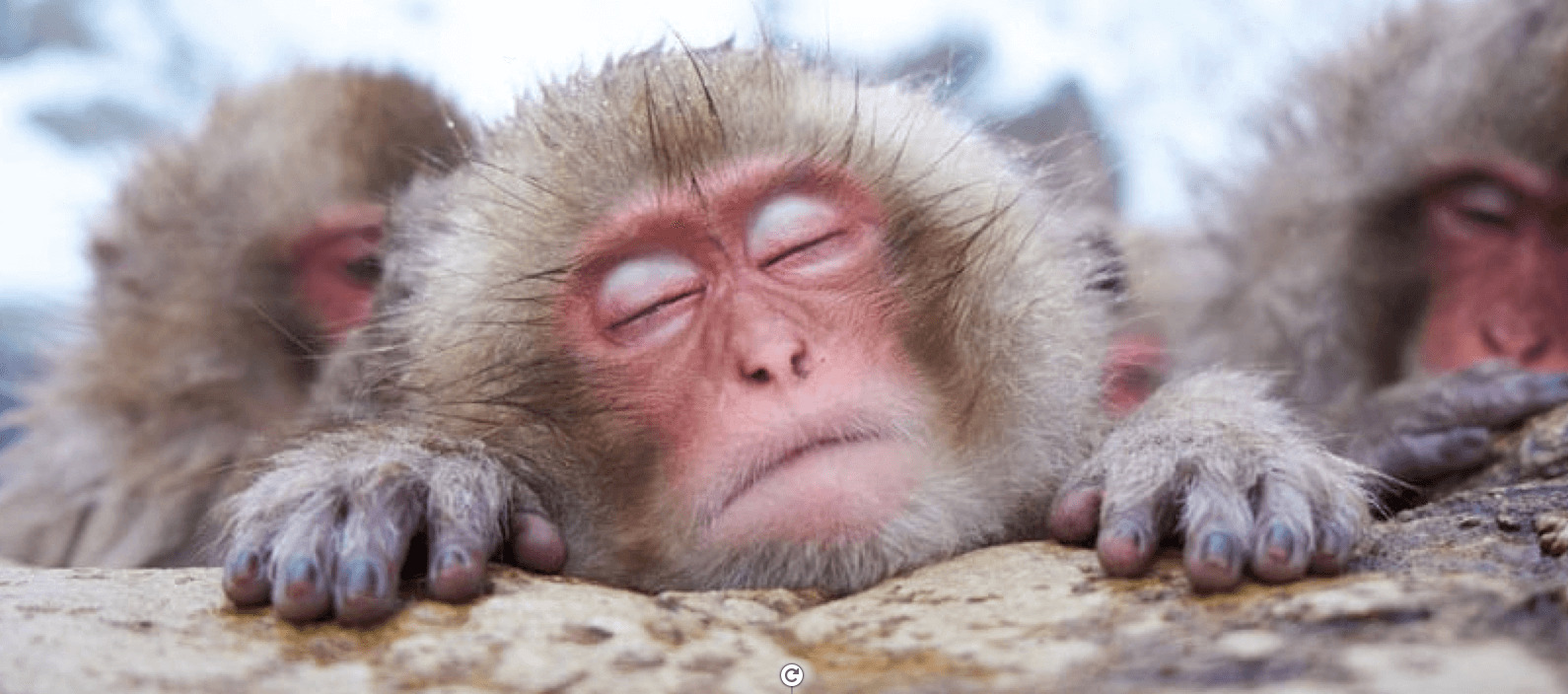

This one goes without saying! As the only troop of monkeys in the world known to naturally bathe in hot springs, the Jigokudani Monkey Park – often referred to as the Snow Monkey Park – is one of the region’s most popular destinations and Yamanouchi’s best known attraction. With no barriers separating you and the monkeys, this is a unique chance to observe these curious creatures in close proximity and witness the unusual sight of a Japanese macaque relishing the warm thermal waters of the park.
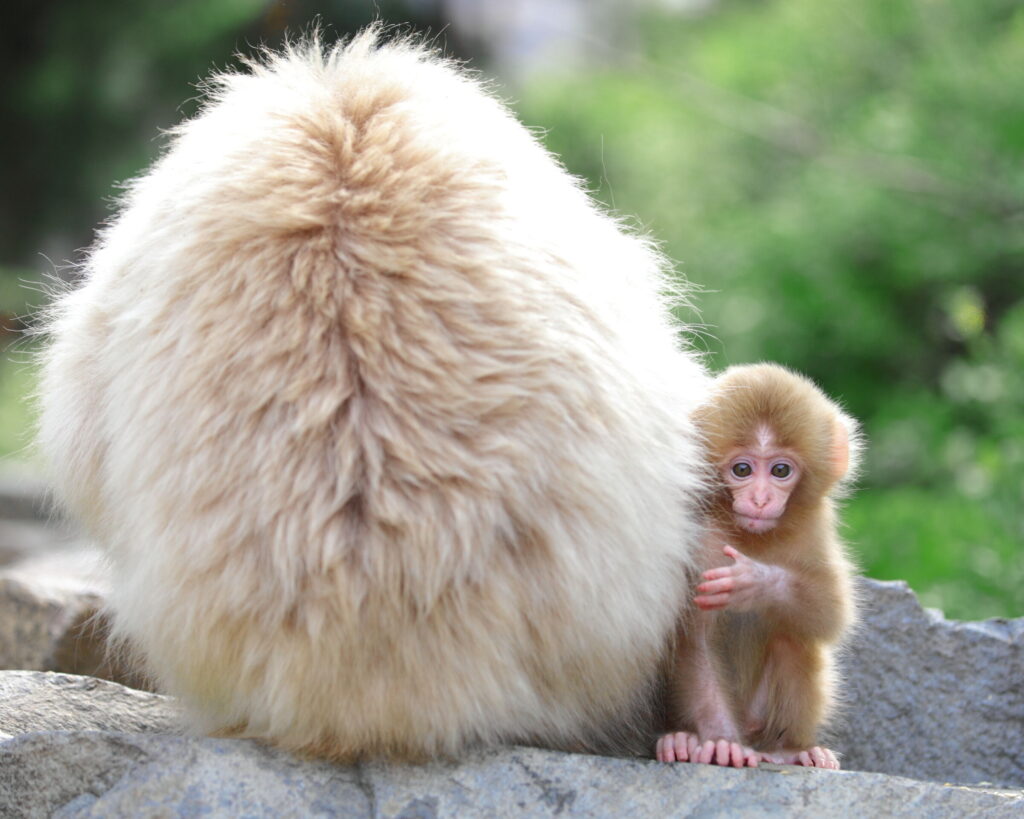
Most famous for their antics in winter, the monkeys in fact come to the park throughout the year. Spring sees the local cherry blossoms bloom and the year’s baby monkeys being born, followed by the lush, hot and humid summer and finally, the beautiful leaves of autumn; all before winter takes hold again and each season offering its own reasons to visit. Here are our tips and suggestions for getting the most out of your visit to the Jigokudani Monkey Park.
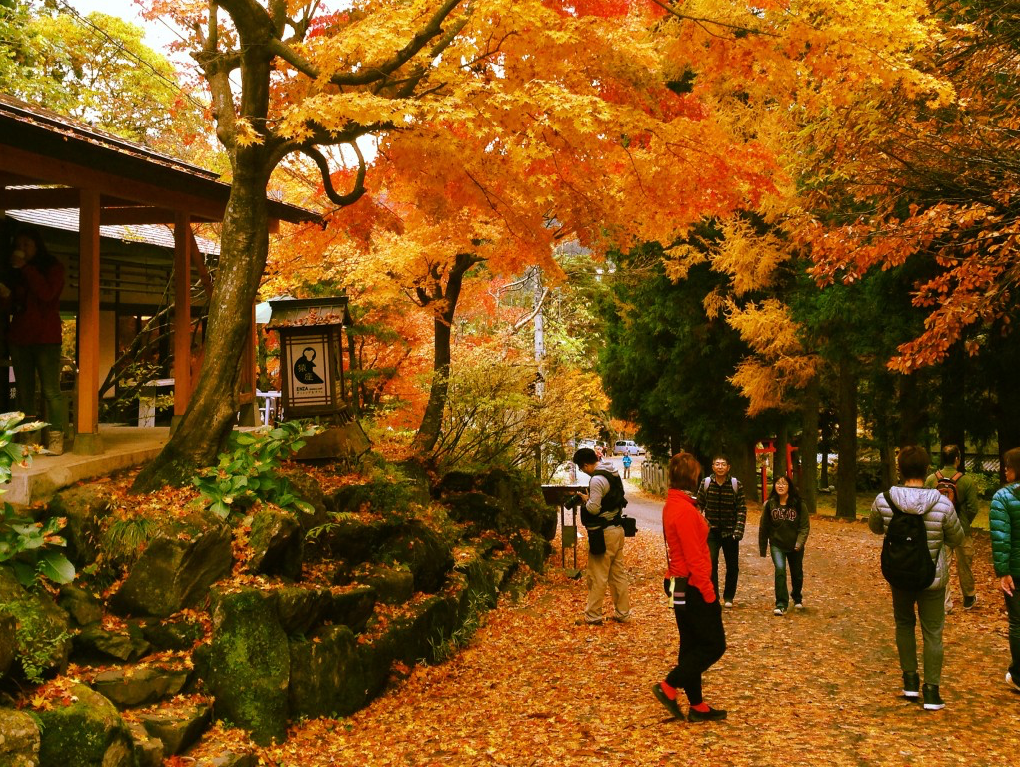
Located at the top of the small hot spring village of Kanbayashi Onsen, the monkeys are a must-see when visiting Nagano. Interested in staying nearby the park? Please look here for our page on hotels located only a short walk from the Snow Monkey Park.
2 / EXPLORE & STAY IN YUDANAKA & SHIBU ONSEN / all year round
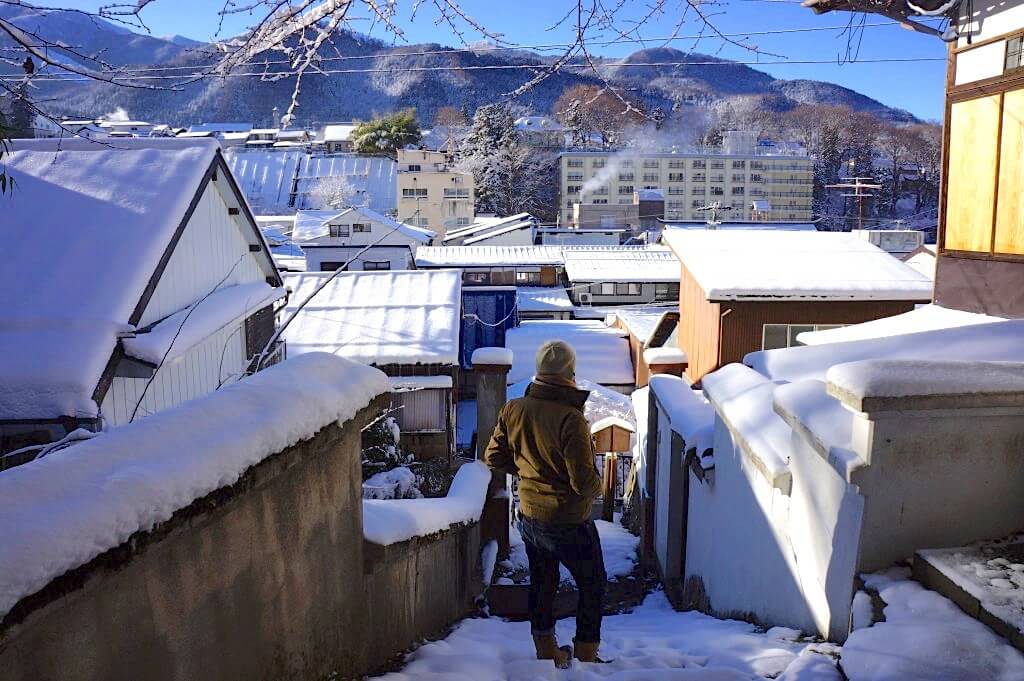
Nagano is blessed with numerous ‘onsen’ (natural hot springs) which can be enjoyed in the many historic onsen towns spread throughout the region. Taking inspiration from the monkeys, when visiting Nagano in winter why not try an onsen for yourself? Located nearby the monkey park, the historic hot spring towns of Yudanaka Onsen and Shibu Onsen are home to many ‘ryokan’ (traditional guesthouses) and blessed with numerous hot spring sources.
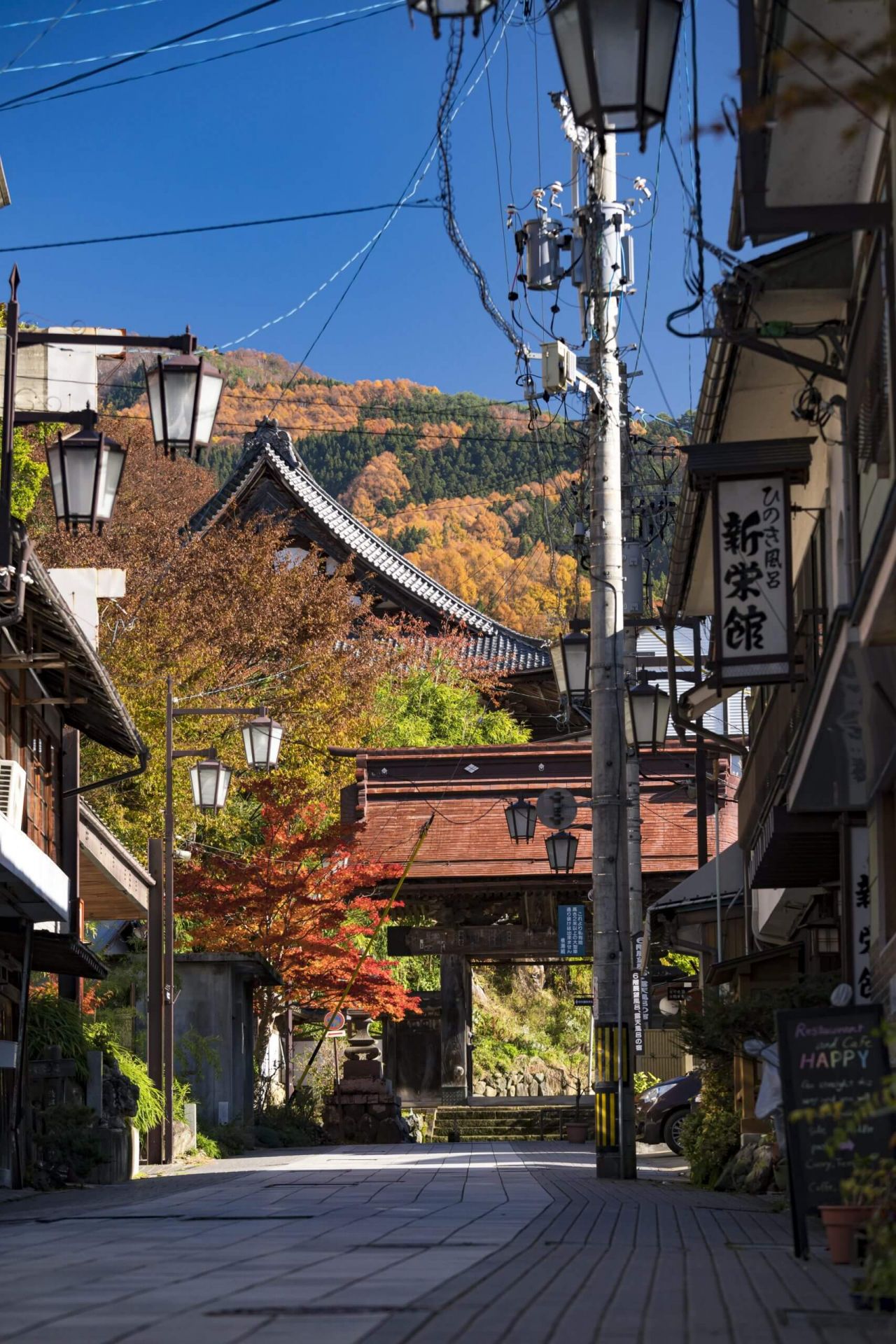
Shibu Onsen is particularly charming. With a history stretching back 1300 years, this quaint town is full of surprises with many ryokan family-run. Of particular note, Shibu is home to nine ‘public’ onsen however all but one is reserved for the use by hotel guests and local residents. Upon check-in, guests of any hotel or guesthouse are given a key which opens each of the nine small baths.
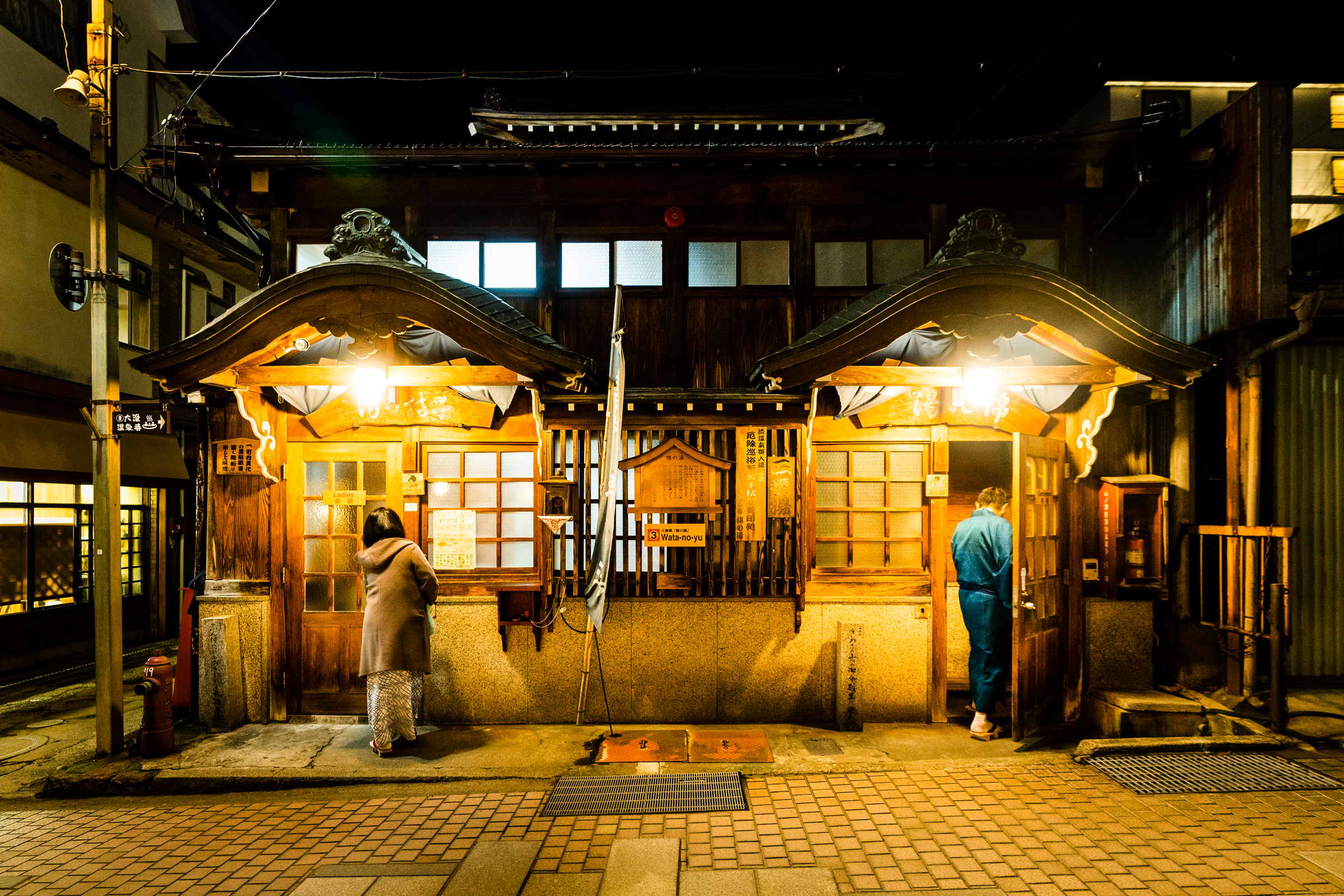
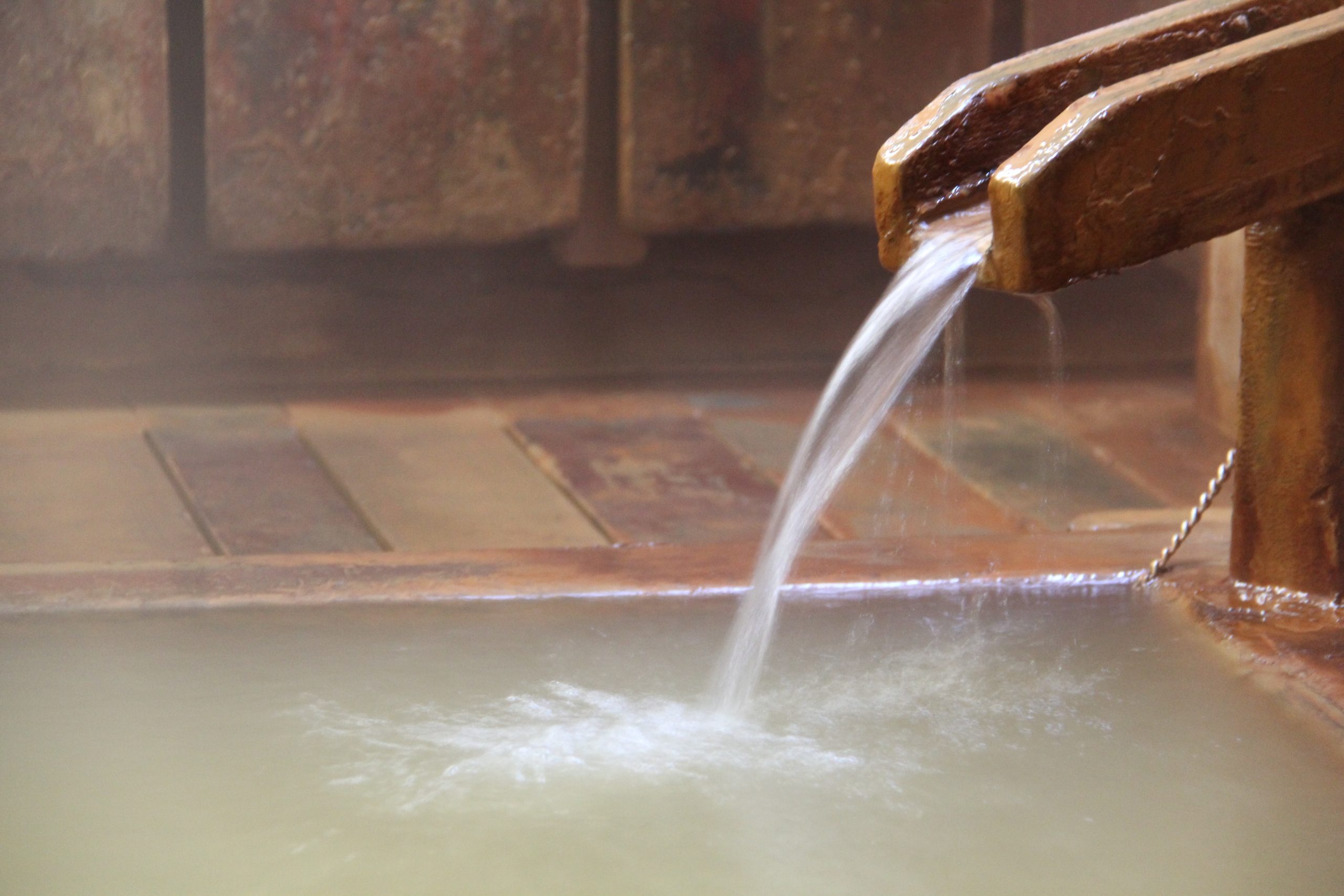
Each has its own source of water and own (claimed) medicinal properties. Trying each of the nine onsen on ‘kyu-to-meguri’ (nine onsen tour) is an experience unique to Yamanouchi. While in Yamanouchi, make sure to enjoy one of the many restaurants and a couple of bars, known for their welcoming atmosphere, good food and of course, cold beers and warm sake. For further information about what awaits in both hot spring towns, see our ’20 Things to do in Yudanaka Onsen & Shibu Onsen’ page.
3 / ENJOY A TRADITIONAL ‘RYOKAN’ & ‘KAISEKI’ / all year round
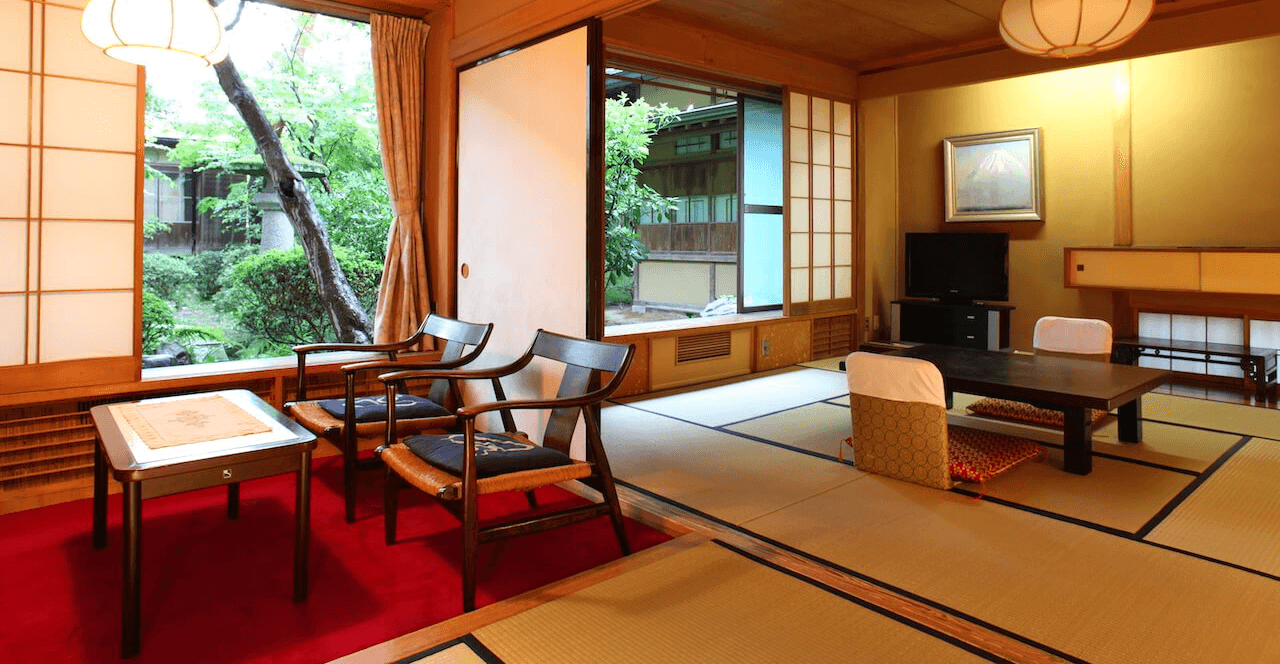
Onsen come in all shapes and sizes. Some are ancient, run-down and a little bit wild while others are modern, stylish and indulgent. Many are open to the public as daytime spas open to the public however just as many are inside or attached to hotels and guesthouses and for the exclusive use of overnight guests. Known as ‘ryokan’ or ‘minshuku’ in Japanese, staying at an onsen hotel is a fantastic option for guests wanting a truly immersive experience.
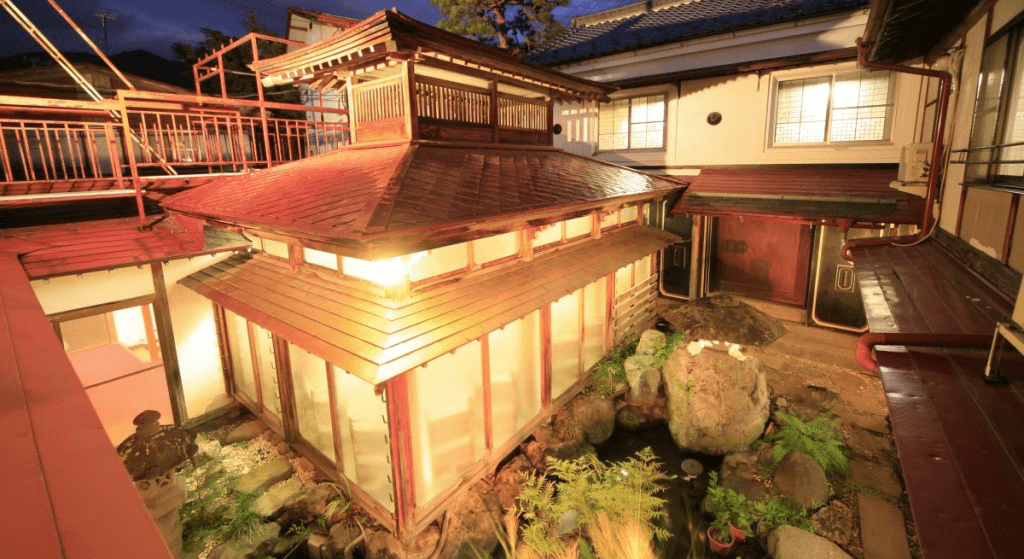
Yamanouchi is home to numerous ryokan and minshuku. Often family-run, staying at one while in the area is a great way to experience traditional Japanese service and a warm welcome. Ryokan typical reserve use of their onsen exclusively for their guests and often offer private onsen, known as ‘kashikiri-buro’, which can be arranged at time of check-in (possibly at a small additional fee).
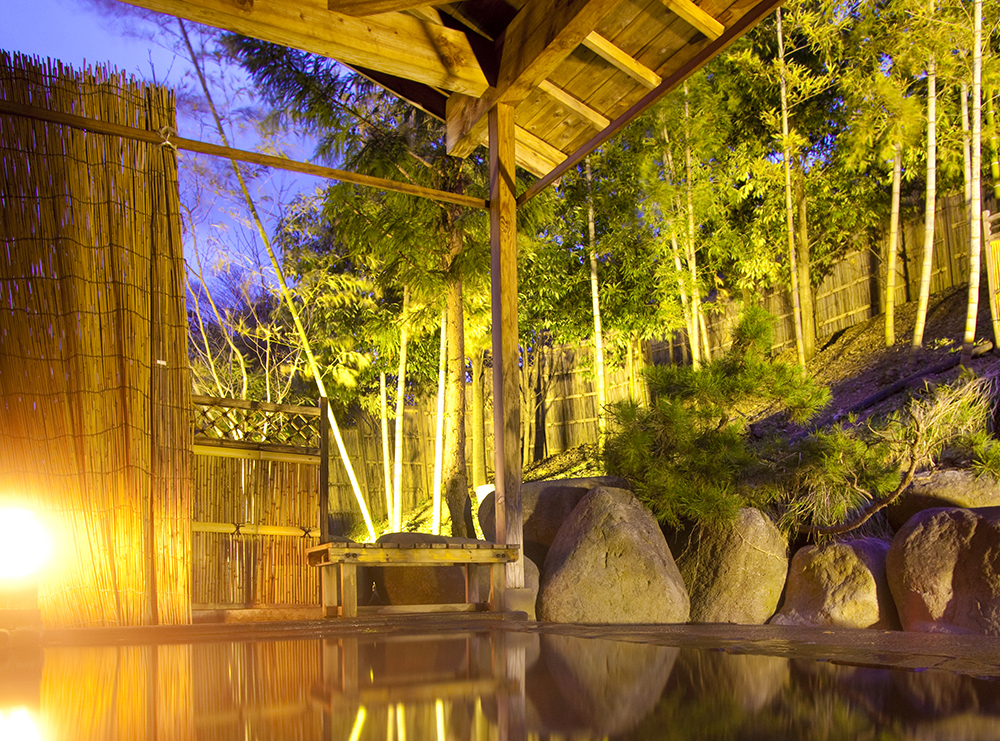
Most ryokan will also offer a traditional ‘kaiseki’ multi-course menu for dinner. While many international visitors to Japan have heard the term ‘kaiseki’, the exact meaning is often less well understood. That is for good reason. Kaiseki refers to a multi-course meal service which uses seasonal and often local ingredients to create a unique menu, as designed by the head chef.
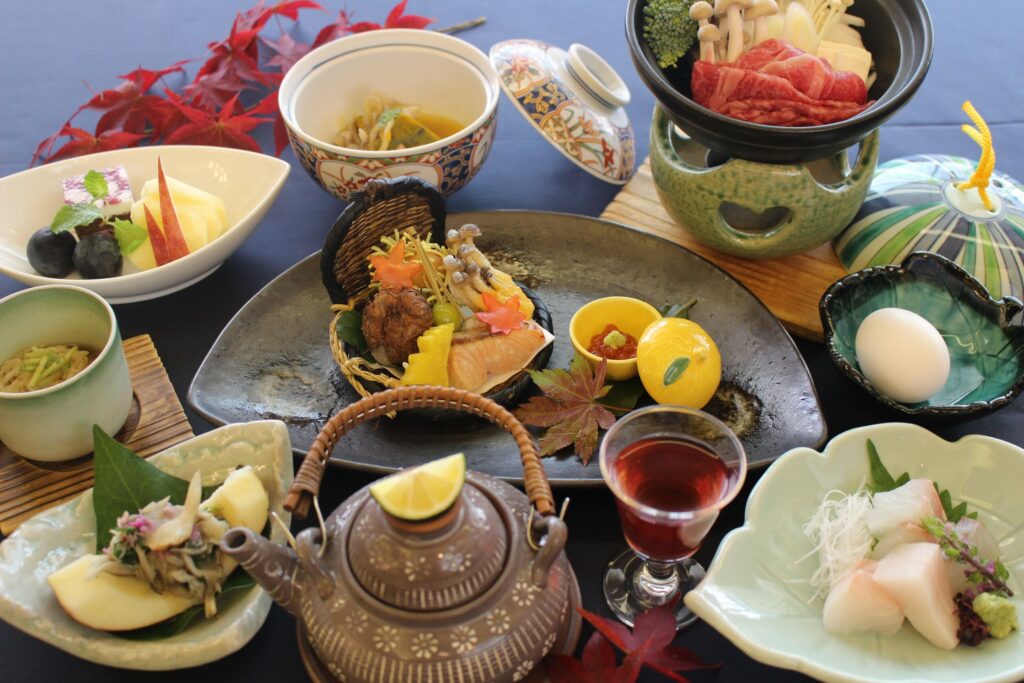
For that reason, not only is there fantastic variation between kaiseki menus between guesthouses, kaiseki dining will varying greatly at the same hotel between seasons. Each chef strives to serve their guests with the best possible ingredients and intricate dishes that profile their region and its unique cuisines and flavors, in each season.
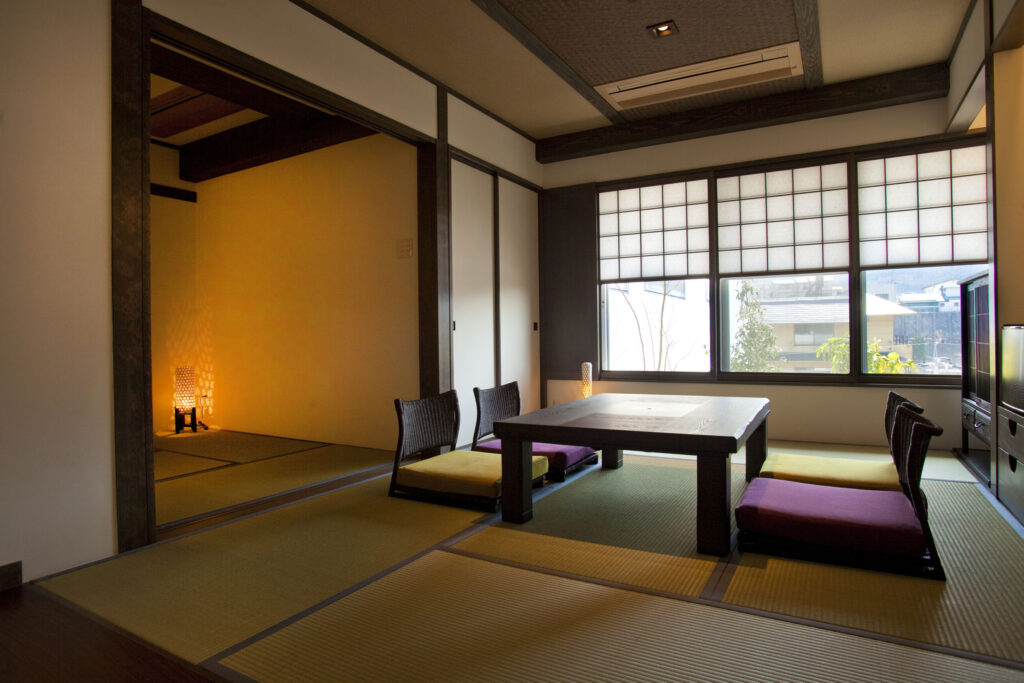
If you are looking for a high-class and traditional Ryokan located immediately in front of the entrance to the Snow Monkey Park, look no further than the Kanbayashi Hotel Senjukaku, a local Ryokan which has even been frequented by the current Emperor of Japan.
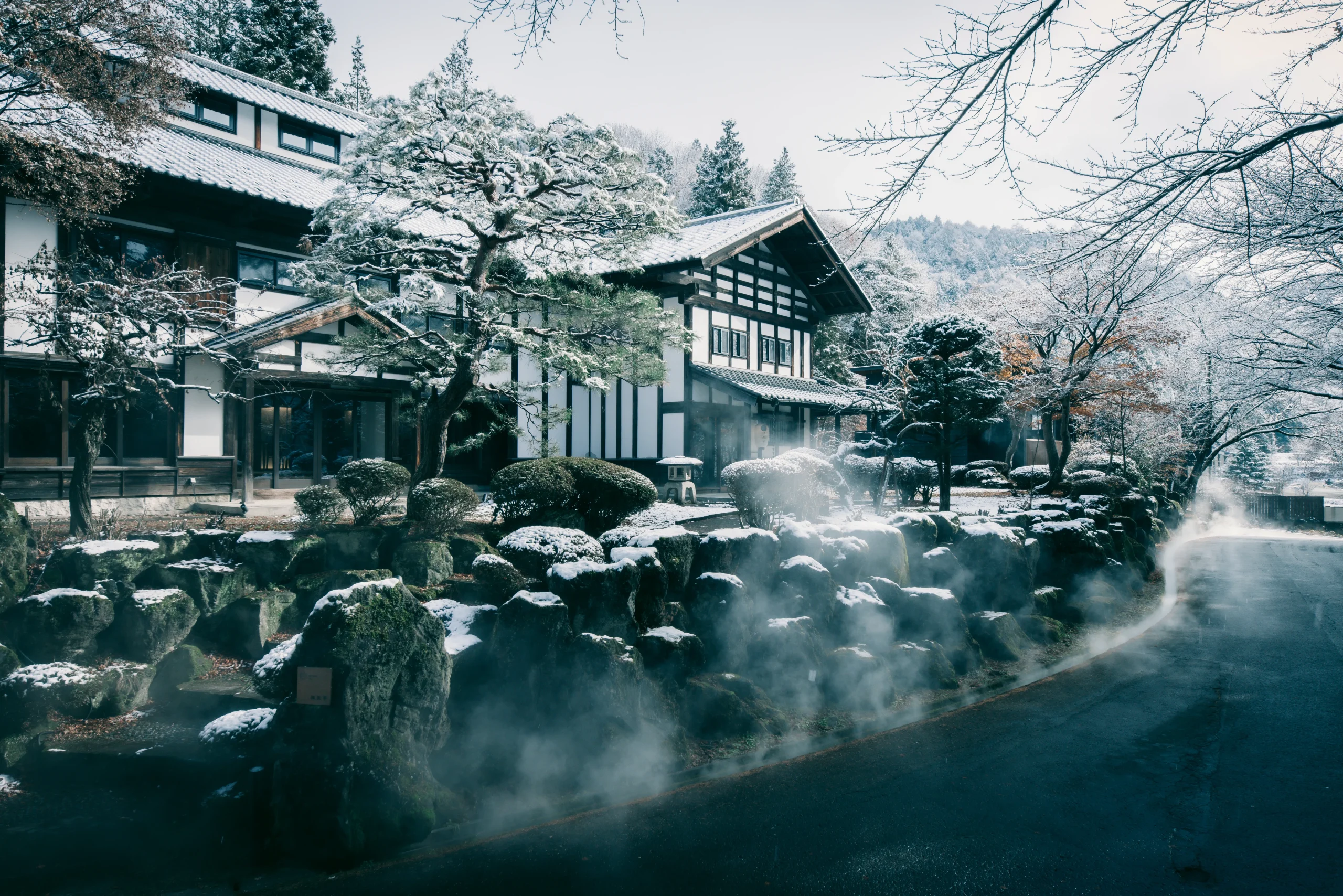
For guests instead interested in renting a more spacious accommodation, Hotarutei Villas, located next to the above mentioned Hotel Senjukaku, offers two private villas. Each villa has its own private onsen, as well as two bedrooms and a spacious living room with an attached kitchenette. With a restaurant and meal area housed in a 170 year old, carefully restored Japanese farmhouse, Hotarutei also serves the Kaiseki Cuisine for which Ryokans are famous. Guests who are staying at the villas can of course include dinner in their stay, and even those who are not staying overnight may enjoy a meal here if they have reserved seats prior.
4 / TRADITIONAL ONSEN TOWN EXPERIENCES / all year round
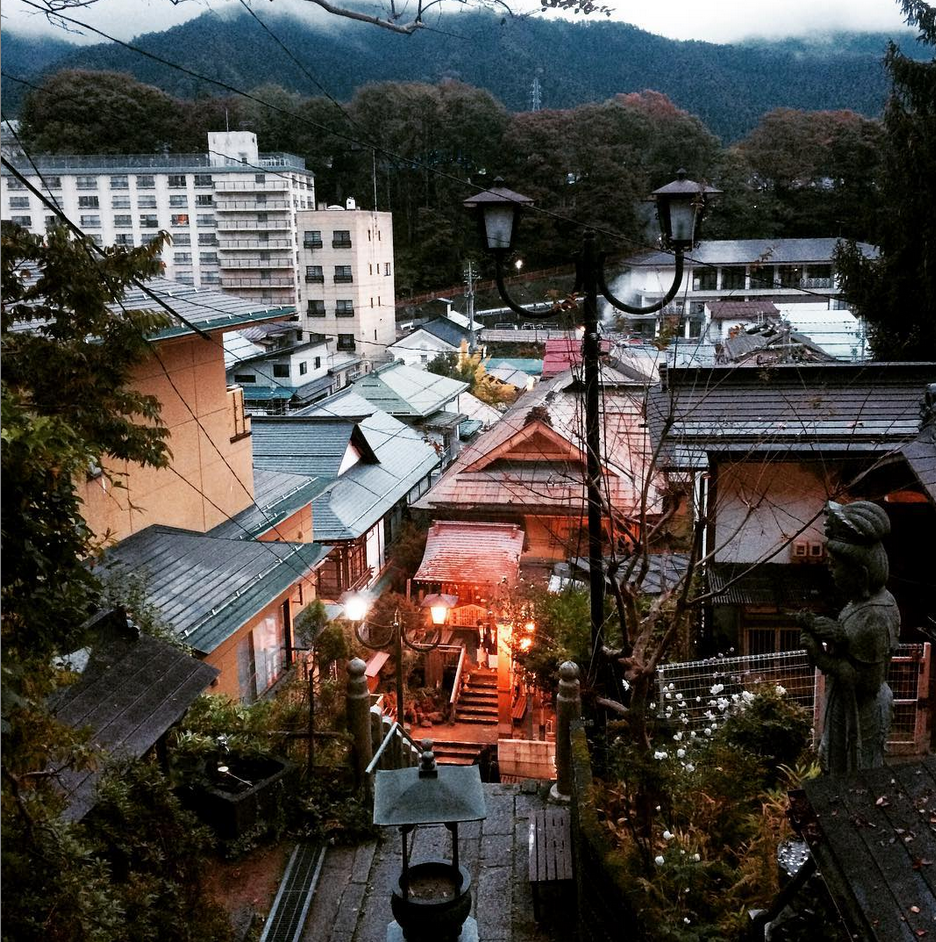
One of the basic charms of any onsen town, is the feeling they imbue of stepping back in time into a quaint and fading world. Life is slower in an onsen town and tradition holds on with determination in the face of a changing world. When visiting Yamanouchi and its historic hot spring towns of Yudanaka and Shibu Onsen, one of the most simple but enjoyable activities is savouring the trimmings typical of such places.
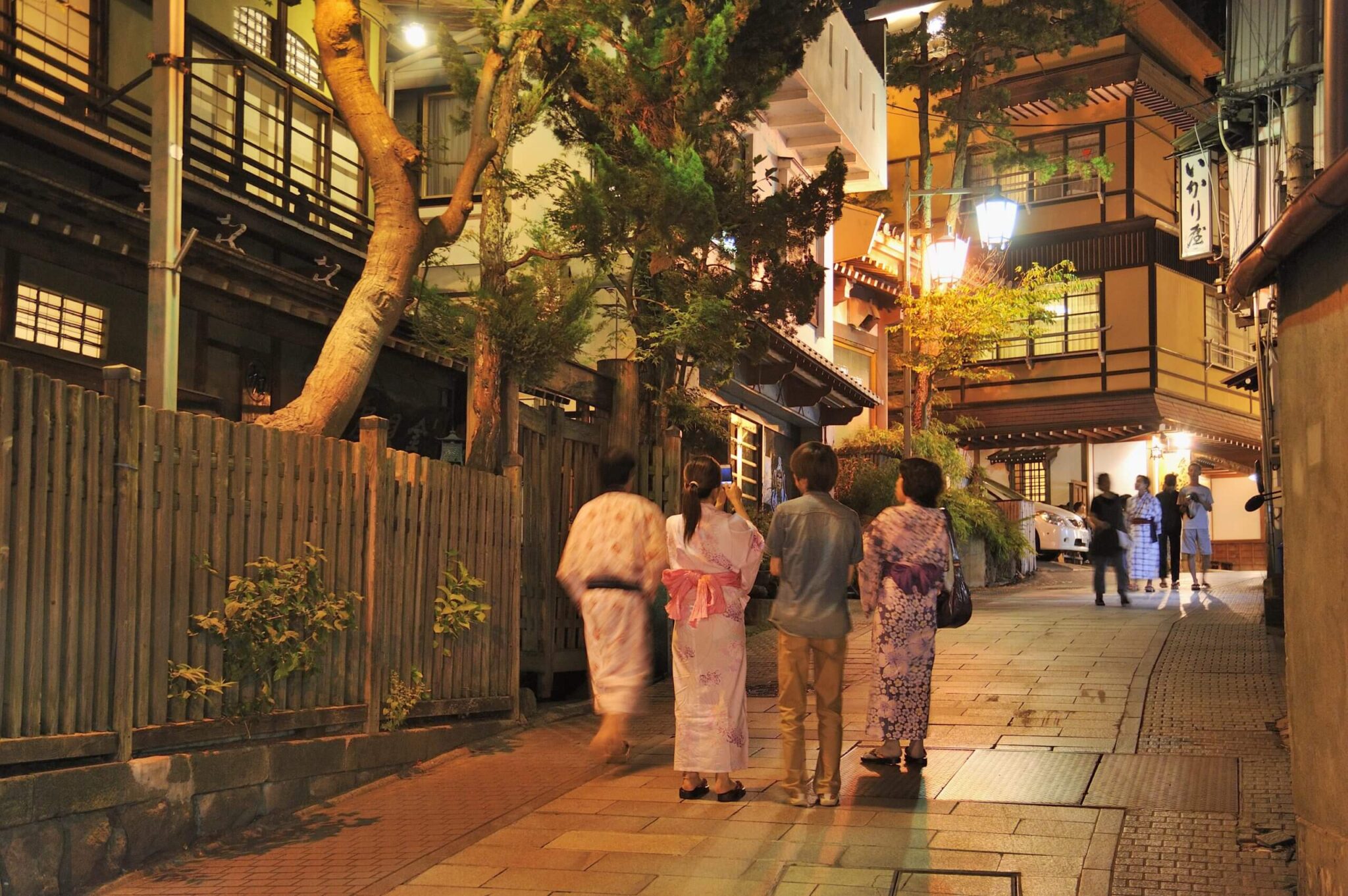
Wandering the streets you will find stores selling savouries and confectionaries including ‘senbei’ and ‘manju’ – snacks synonymous with onsen towns. You will also find ‘onsen tamago’, eggs literally boiled in the onsen water and hot water sources you can drink.
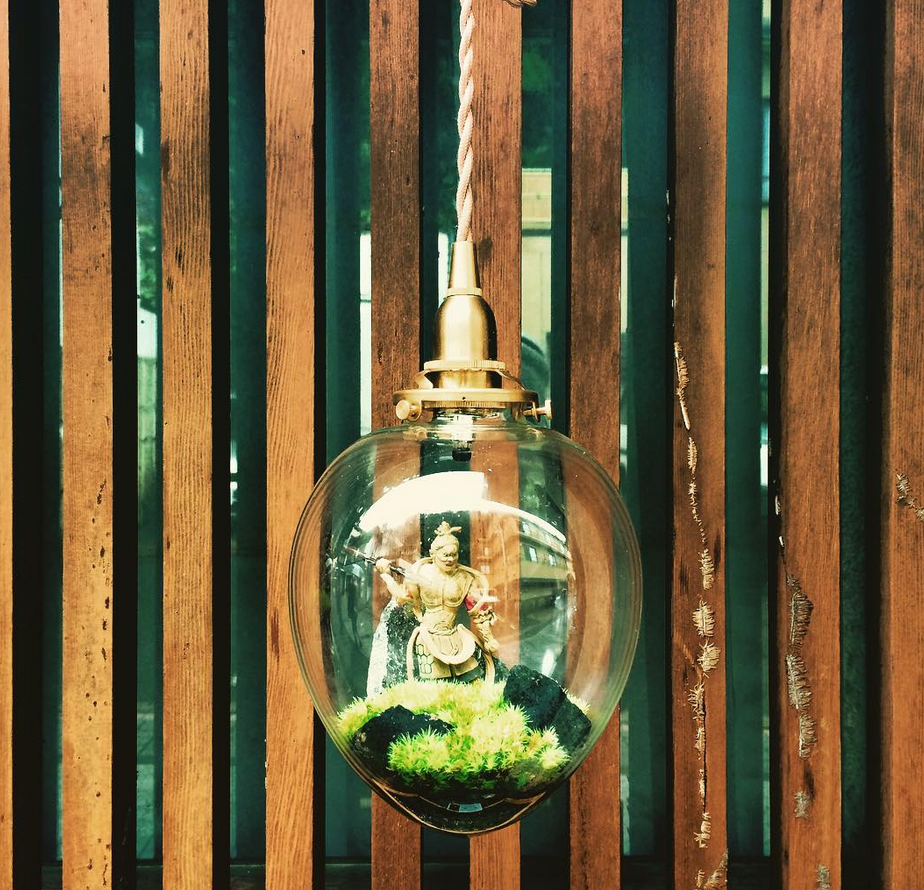
Shooting galleries and other traditional games can be enjoyed by guests of all ages, while you wander the streets in your ‘yukata’ (light kimono) and ‘geta’ (wooden sandals). These are the charms of onsen towns. For more information, see our ’20 Things to do in Yudanaka Onsen & Shibu Onsen’ page.
5 / DAY ONSEN & FOOT SPAS / all year round
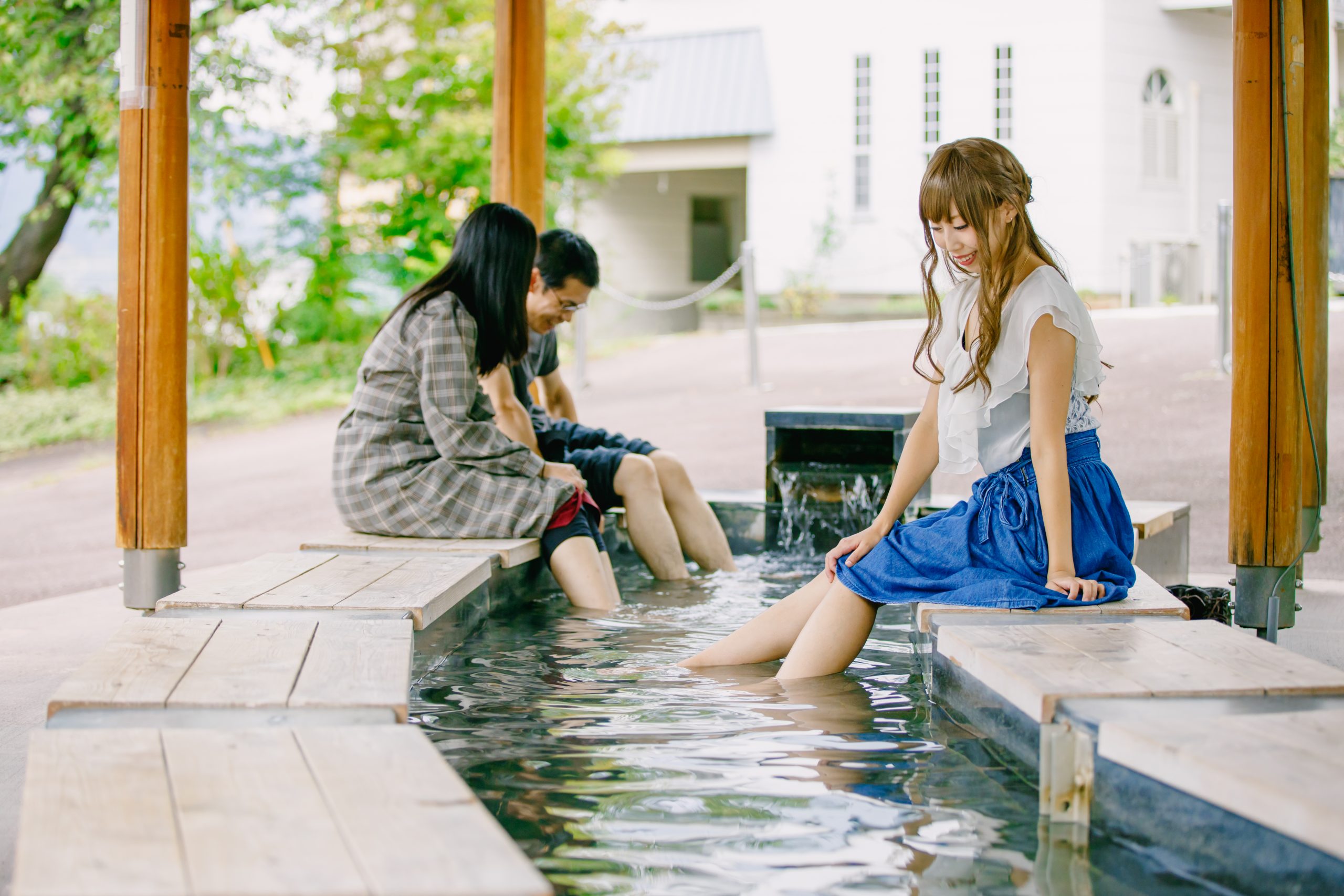
For visitors not staying overnight in Yamanouchi, or simply in need of a daytime soak, several hot springs cater to day-visitors. Kaede-no-Yu is a hot spring actually inside Yudanaka Station! Located on the opposite side to the platform access and station waiting room, Kaede-no-Yu is open from 10:00 to 21:00 with a large outdoor ‘ashi-yu’ (foot onsen) for free use by anyone, while waiting for your train or just relaxing. The ninth and largest of Shibu Onsen’s ‘public’ onsen, called the ‘O-yu’ can be used between the hours of 10:00 and 16:00. For entry and tickets, you need to first visit tourist information. Once inside, you will discover a very traditional wooden bathhouse with pleasant, silky water.
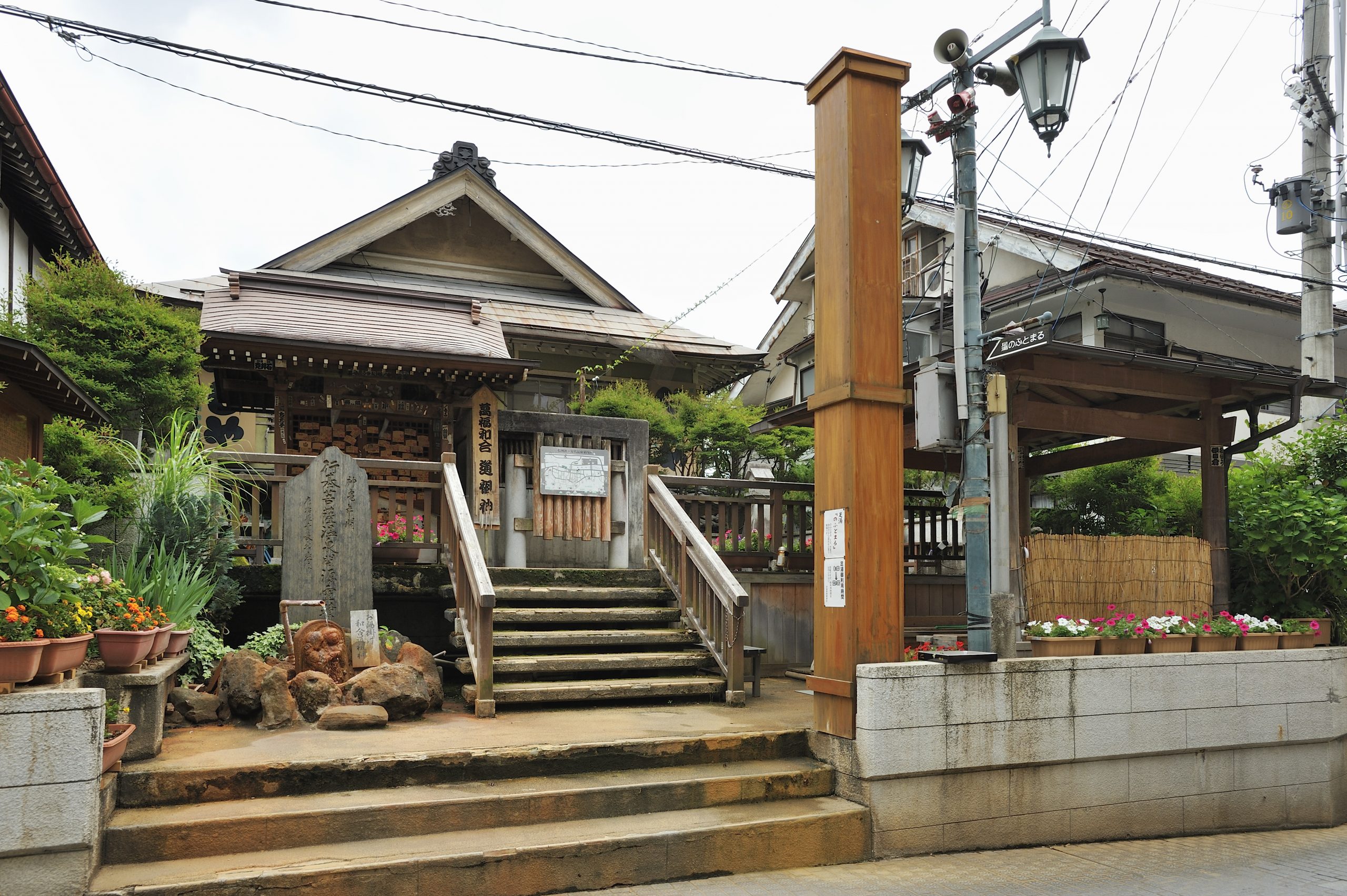
Directly above the O-yu, is one of Shibu’s two foot onsen, free for use by anyone and open all times of day. The other, and larger of the two, is located at the top-end of town nearby Onsen-ji Temple. Located around 20 minutes drive from the monkey park, Toomi-no-Yu is open from 11:00 to 22:00 on weekends, 14:00 to 22:00 on weekdays, and includes the option of two private onsen that can be booked for 45-minute sessions. Both the private and public onsen at Toomi-no-Yu has outdoor baths, a great point from which the sunset each evening. Around 15-minutes drive from Yudanaka Station, visitors heading to Toomi-no-Yu should arrange a taxi, available immediately infront of the station. For more information, see our ’20 Things to do in Yudanaka Onsen & Shibu Onsen’ page.
6 / EXPLORE ON-FOOT & DISCOVER LOCAL LIFE / best: spring to autumn
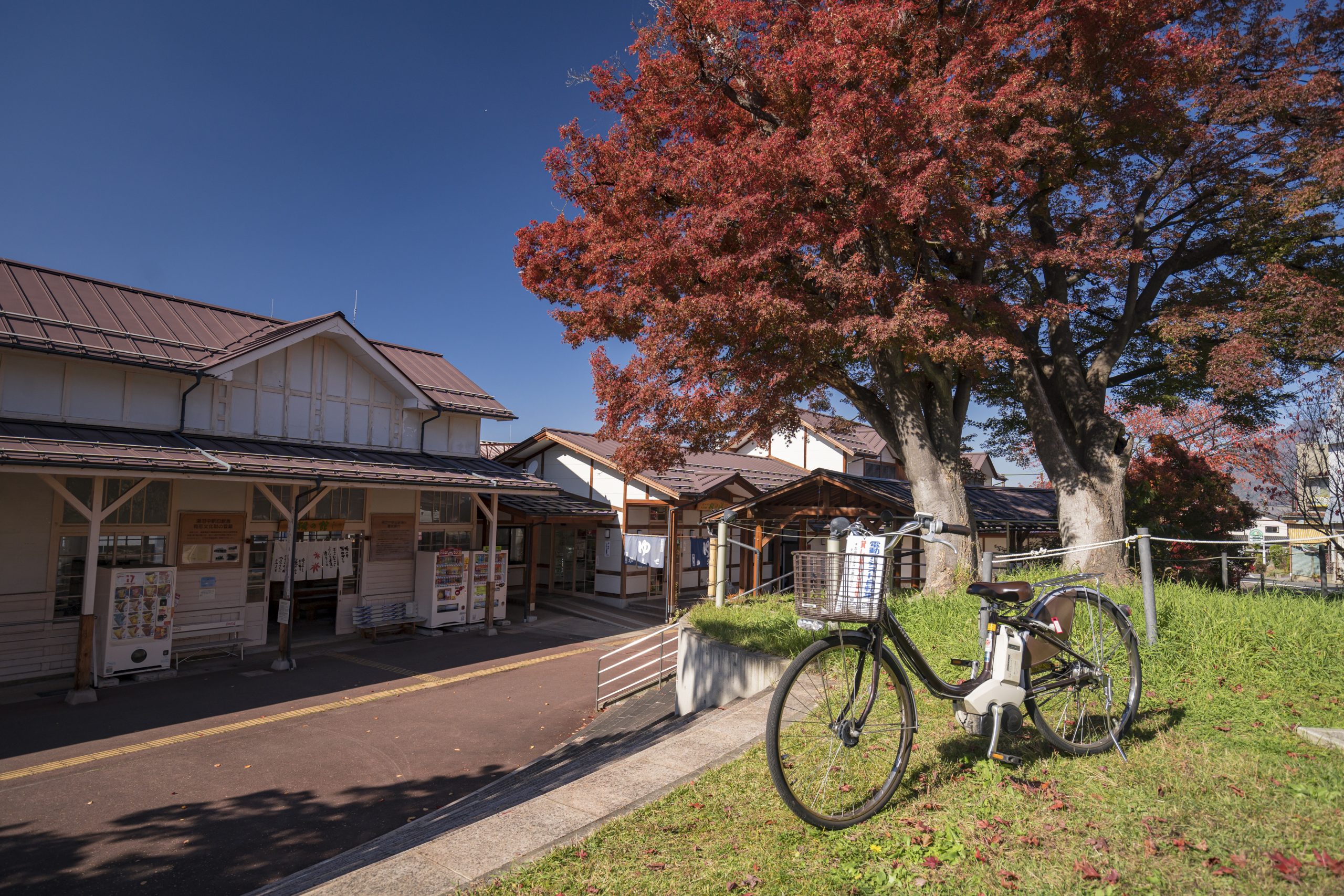
Yamanouchi is an easy and enjoyable destination to explore on-foot. The two hot spring villages of Yudanaka Onsen and Shibu Onsen are spread along the Yomase River, a walk of around 15 to 20-minutes from one to the other. Enjoying the quiet laneways and forgotten corners of an old onsen town allows for great photography, while allowing time just to wander you can discover unassuming yet unique spots.
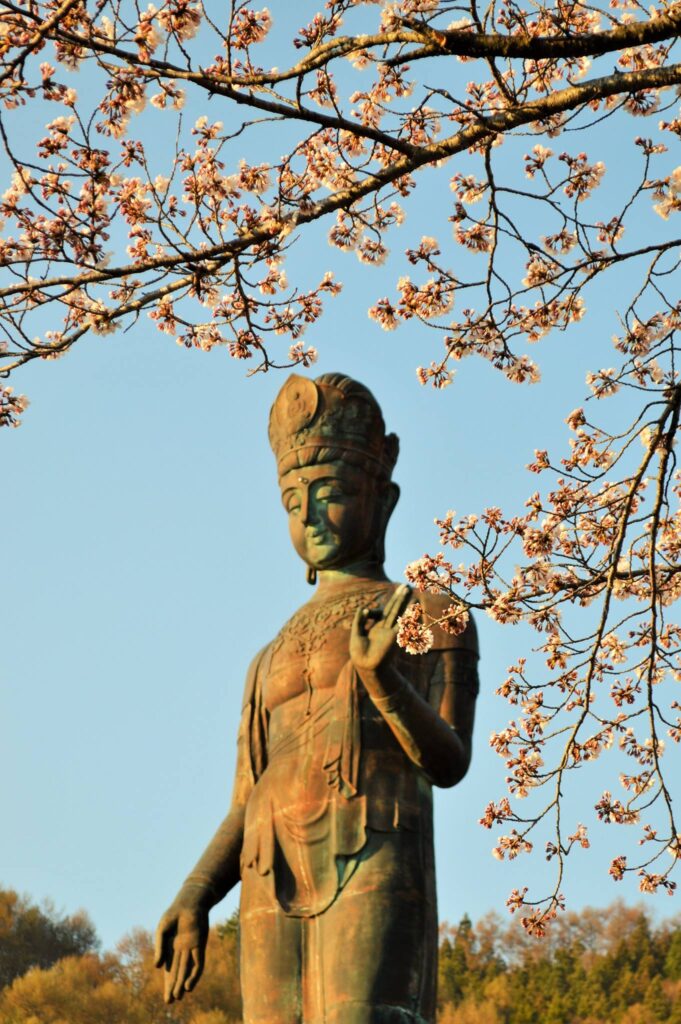
Located above the two towns and looking over the valley, the World Peace Kannon and Daihiden Temple are dedicated to enduring peace on Earth. Housing a continually burning flame, lit from the Hiroshima ‘Flame of Peace’, inside the temple, the 25-metre tall statue of Kannon – an important Buddhist ‘bodhisattva’ – commemorates the use of the atomic bomb and the enduring affect of that event. Continuing on from the temple, nearby ‘Issa’s Pathway’ commemorates the renowned haiku poet Kobayashi Issa as a forest trail leads to seven different shrines.
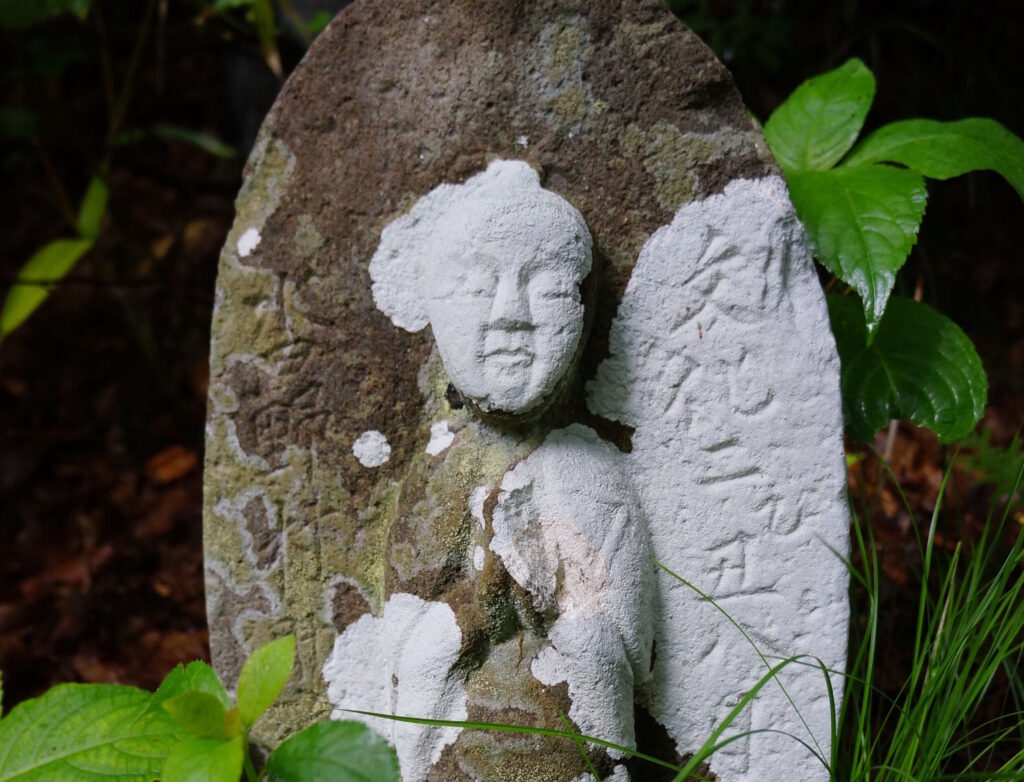
Taking around 20 minutes to walk, ‘peace bells’ are positioned along the trail in further dedication to enduring peace of Earth. Visiting these unique and local sites can be enjoyed all year round but is perhaps most enjoyable during spring and autumn, when Yamanouchi’s stunning cherry blossoms and autumn leaves transform the area. For those interested in combining a visit to the Snow Monkey Park with a locally popular cherry blossom viewing spot, we offer just the tour for you!
7 / SKIING & SNOWBOARDING AT SHIGA KOGEN / winter to mid-spring
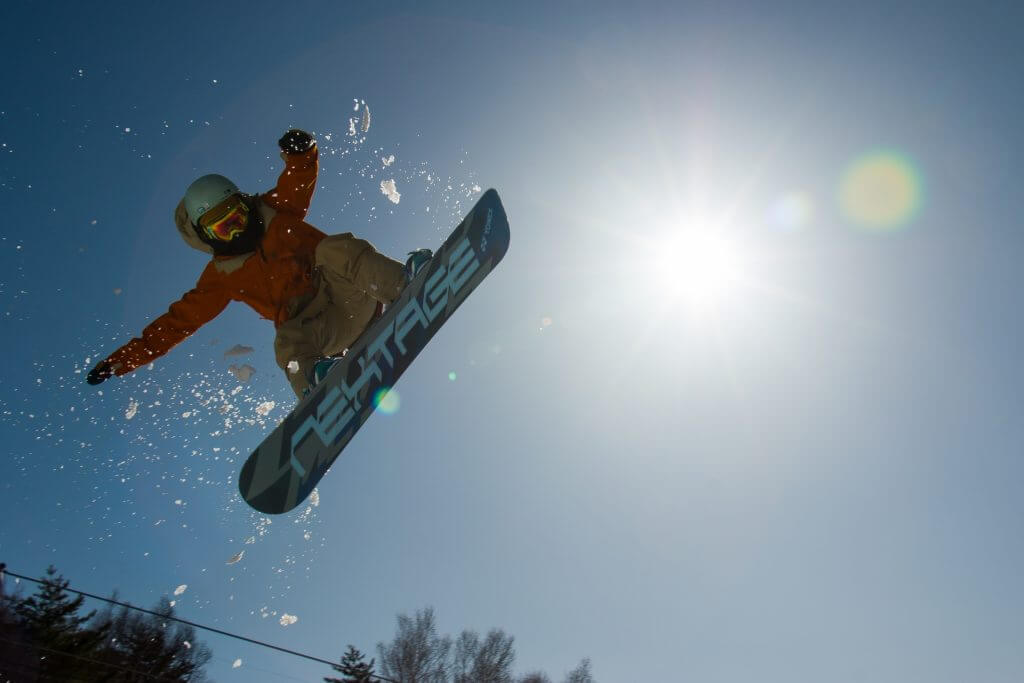

Nestled within the Joshinetsu Kogen National Park, Shiga Kogen is Japan’s largest and highest ski resort. As Japan’s largest ski resort, Shiga Kogen offers an expansive area to explore and conquer – around 80 courses, spread over a huge variety of terrain connected by more than 50 chairlifts and gondolas. In total, Shiga Kogen offers around 600 hectares of terrain and 80+ km of trails covered by one all-mountain pass. Shiga Kogen is in fact comprised of 18 ski areas – some large, some small – spread between five mountain peaks. The topography and layout of Shiga is reminiscent of European resorts, with ski runs leading into the valleys between the mountains where a seemingly endless expanse of terrain is waiting to be discovered.
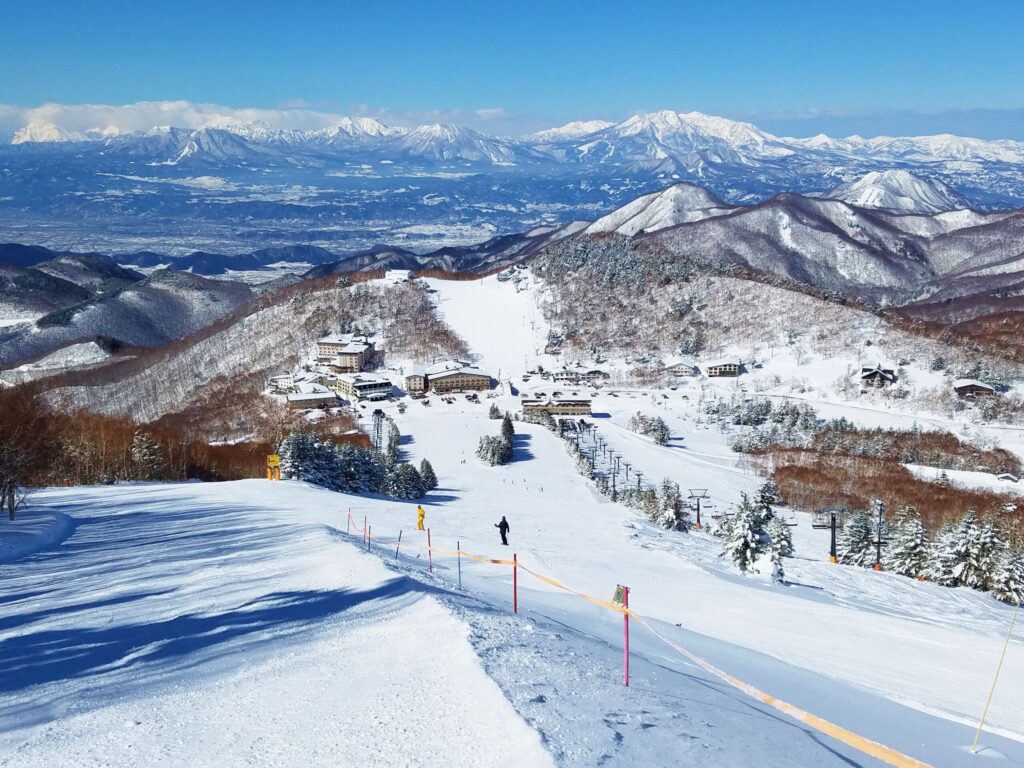
Shiga Kogen is both the largest and highest ski resort in Japan. Boasting the highest chair-lifted ski run in Japan – reaching 2307 metres at Yokoteayama – Shiga is notably higher than the nearby resorts of Nozawa Onsen, Myoko Kogen and Hakuba. The altitude and topography of the mountain means that Shiga is blessed with Nagano’s best and most reliable powder snow and stunning natural beauty.
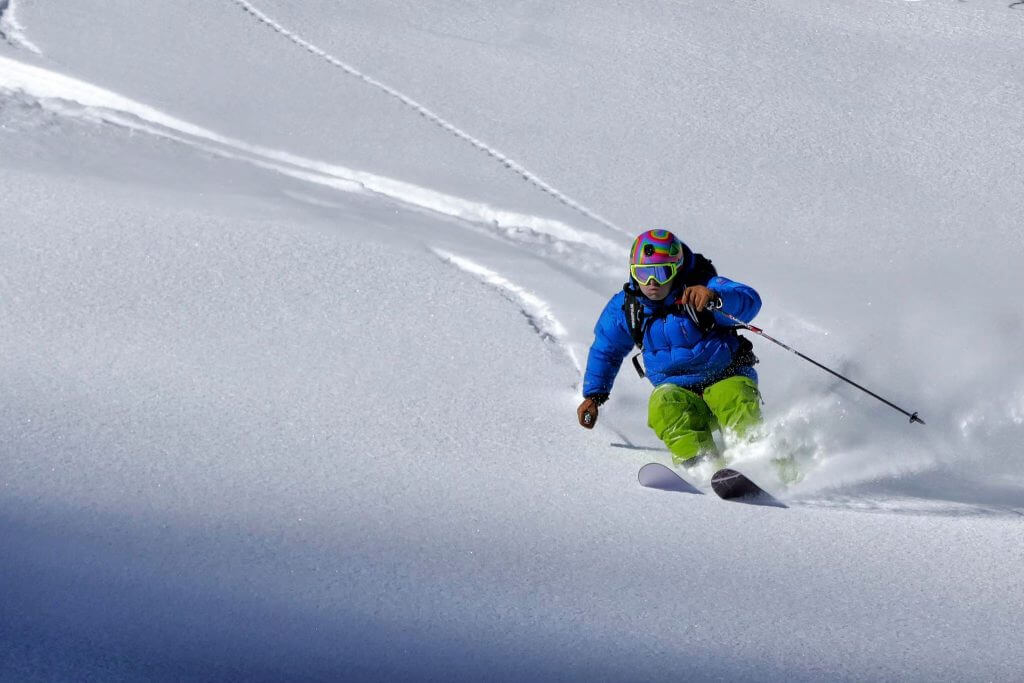
Shiga’s season starts earlier and goes longer with some ski areas opening as early as late-November and staying open until late-April or even into May – long after the other resorts of closed for the season. As such, Shiga offers visitors Nagano’s best spring-skiing and all within easy reach of the onsen villages of Yudanaka, Shibu and Kanbayashi.
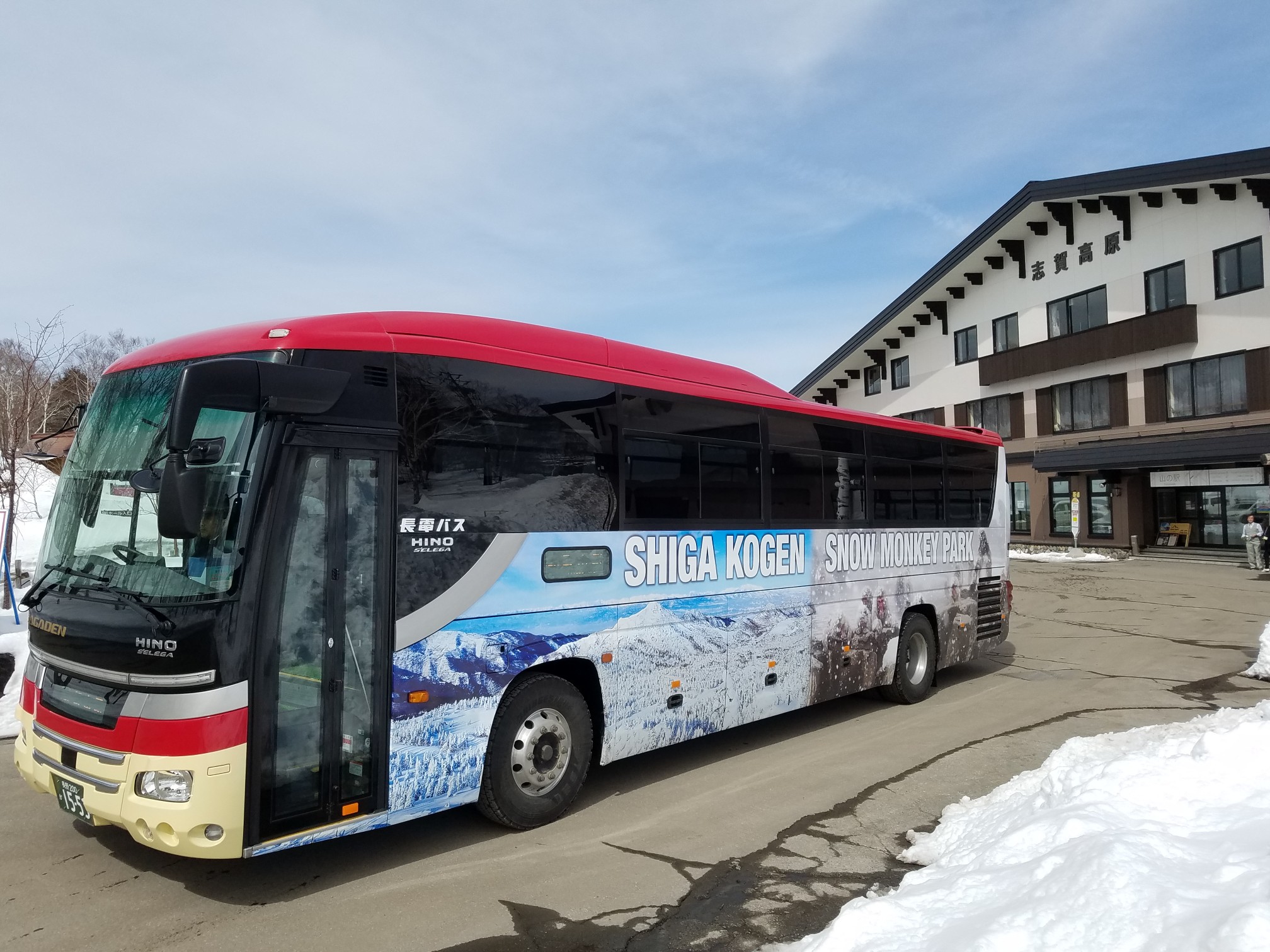
For visitors heading to Shiga Kogen using public transport from Yamanouchi or Nagano, Shiga Kogen Yamanoeki is the first major hub you will come to in the resort. Located in the Hasuike area, Yamanoeki (pronounced ‘yama-no-e-ki’), operates as a bus stop for local buses and the express bus service from Nagano Station with a café, shop selling souvenirs, snacks and drinks, a waiting room and public toilets inside. In winter, ski and snowboard rental is also available inside and lift passes can be purchased here with one of the resort’s five gondolas operating from just outside the main building.
8 / OTHER WINTER ACTIVITIES IN SHIGA KOGEN / winter
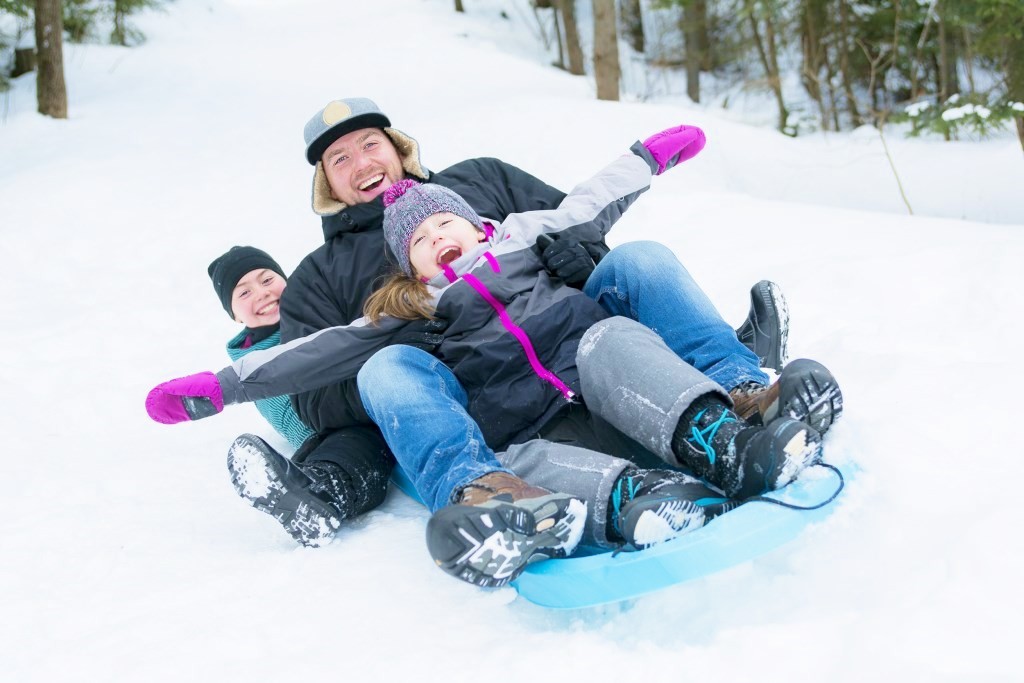
As Japan’s largest resort, Shiga Kogen has plenty to offer through winter (and throughout the year!). For families, especially those with younger children, the ski areas of Maruike and Yakebitaiyama have activity areas, fenced-off playgrounds where children and families can use sleds, tubes and other snow gear. You can also enjoy new and exciting ways of sliding the slopes, such as snowscoots and snowdrives.
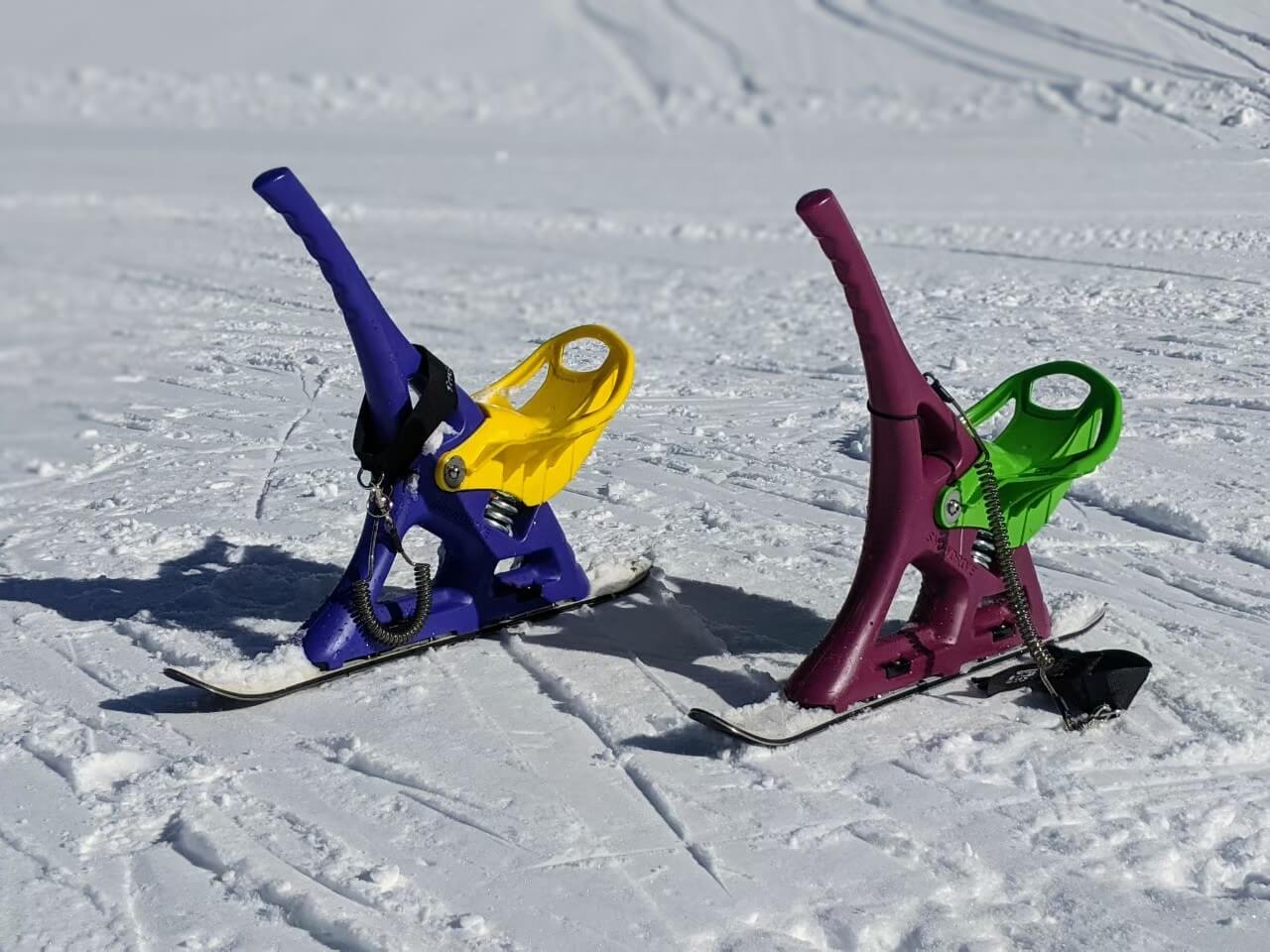
If you would like to combine a visit to the Snow Monkeys with non-ski snow activities, have a look at our Snow Fun Tour! Available from December to March each year, this tour is the best way to play in the snow and see monkeys in an onsen all in the same day. With pick up from convenient Nagano station, you can even join this tour from Tokyo by utilizing the Hokuriku Shinkansen.
1 Day Tour
| 1-Day Tour: Snow Monkeys & Snow Fun In Shiga Kogen | |
|
| |
| Period | December to March |
| Time | 08:45 – 17:30/18:00 |
| Meeting Place | Nagano Station Snow Monkey Park Area |
| Adult Rate | ¥21,800 |
| Child Rate | ¥13,300 |

9 / OLYMPIC CHALLENGES – TEST YOURSELF ON SHIGA’S OLYMPIC COURSES / winter
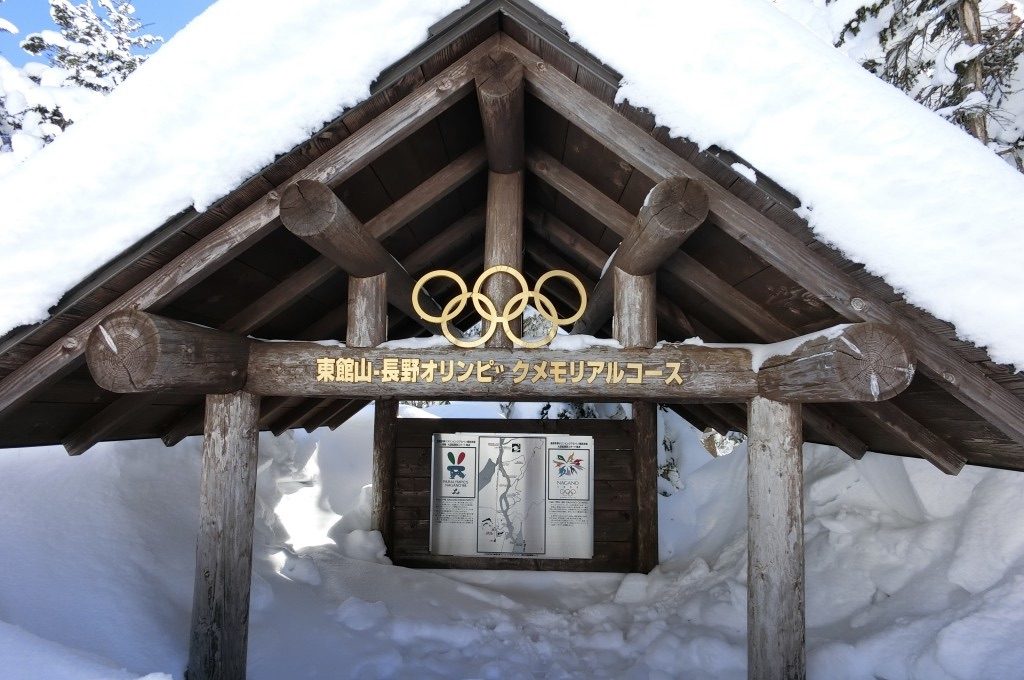
As host of the 1998 Winter Olympics, Nagano’s credentials as a winter sports destination are well-known. The region is home to around 80 ski resorts however only a handful were selected as Olympic venues… Shiga Kogen was one of those resorts, hosting men’s and women’s snowboarding events and women’s downhill skiing. As the first Olympic Games to include snowboarding as a medalled-event, Shiga Kogen has a strong connection to the development of snowboarding at a winter sport. Today, visitors can still test themselves at the various Olympic courses spread through the resort.
10 / STAYING IN SHIGA KOGEN / all year round
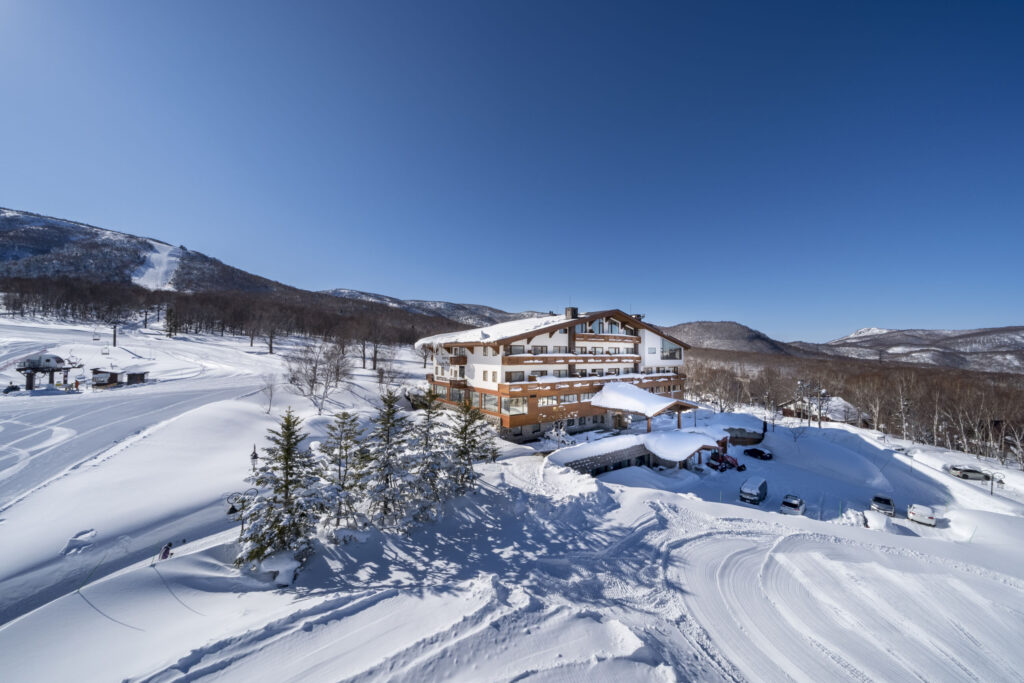
Shiga Kogen boasts plenty of accommodation options spread across all areas of the resort. Ranging for luxury to budget and including everything from small family-run ski lodges to large hotels, you won’t have trouble finding accommodation. For first-time visitors, choosing where to stay can be a little confusing given the size of the resort. When arriving at Shiga, the first ski fields you come to are Sun Valley, Maruike and Hasuike – good options when wanting to be located at the gateway to the resort. The ski fields around Ichinose and Takamagahara are the most central, with Ichinose village boasting the greatest number of bars and restaurants; while nearby Highashidate and Hoppo Onsen are slightly less central but with a good range of options.
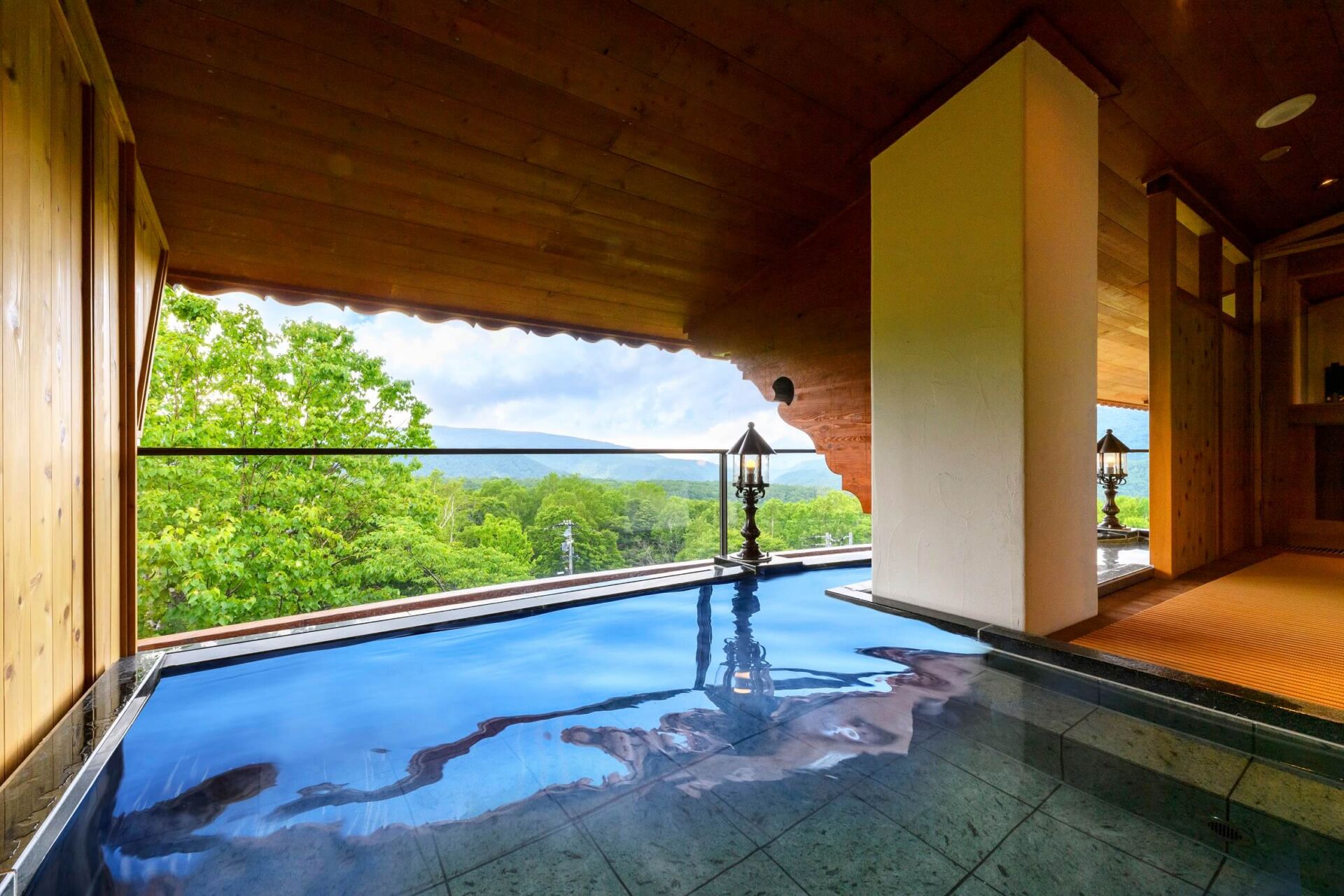
Looking to go deeper into the resort and get those fresh powder runs to yourself each morning? Try the hotels Yakebitai, Okushiga or even further afield at Yokoteyama. For a list of our partner hotels and detailed information about their rooms and services, please see our ‘Hotels in Shiga Kogen’ page.
11 / KITA-SHIGA KOGEN – SKIING & SNOWBOARDING AT ANOTHER SHIGA / winter
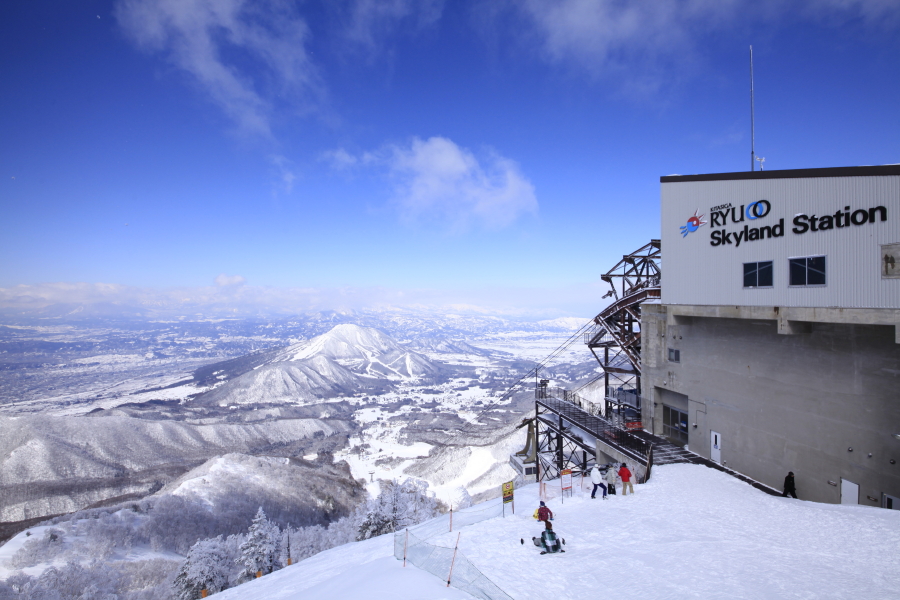

The ski resorts of Kita-Shiga Kogen offer some great powder and fun terrain, within easy reach of Yudanaka Station. Of the resorts in the area, Ryuoo Ski Park is the largest and most popular. Ryuoo has only 15 courses but a substantial 1080 metres of vertical (850-1930). Popular with locals and young Tokyo-ites, Ryuoo has a youthful atmosphere and is dominated by snowboarders.
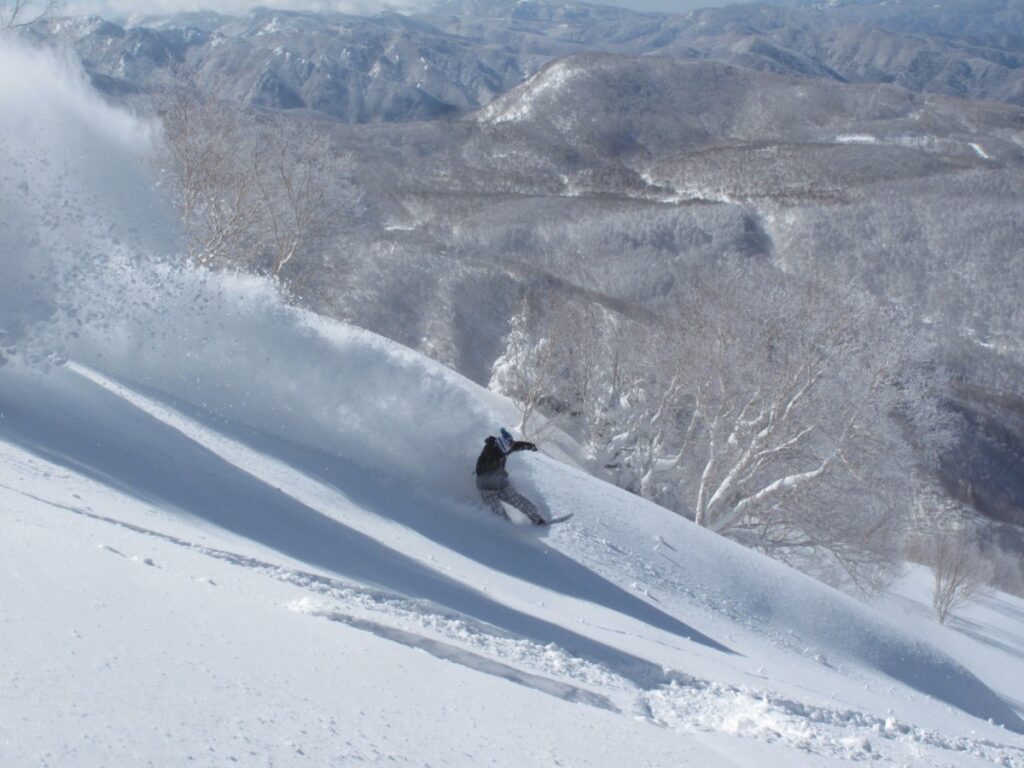
The resort is long, narrow and effectively split into three sections: easy (and often crowded) beginner slopes at the bottom, intermediate courses in the midsection and advanced terrain and often excellent powder at the top. The resort is dominated by the ropeway which ascends to the top of the resort at 1770 metres and Sora Terrace Café – a popular destination in both winter and late-spring to autumn. For guests looking to stay in Kita-shiga Kogen, please click here for information about a recommended hotel located in the area.
12 / EVENTS & FESTIVALS IN YAMANOUCHI / all year round
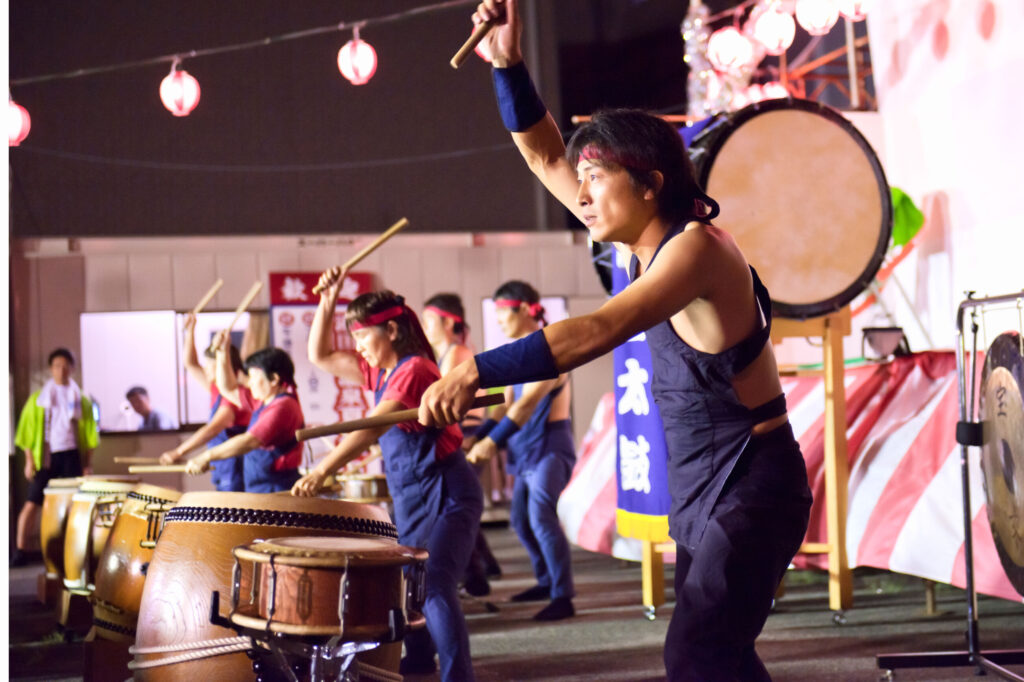
Known as ‘matsuri’ in Japanese, festivals play an important role in the health and well-being of local communities, and joining-in on the fun is one of the most enjoyable experiences you can have in Japan. Visitors to Yamanouchi can enjoy many local events and festivals throughout the year. The Yudanaka Summer Festival sees nightly events take place around the Yudanaka Station area from late-July until mid-August.
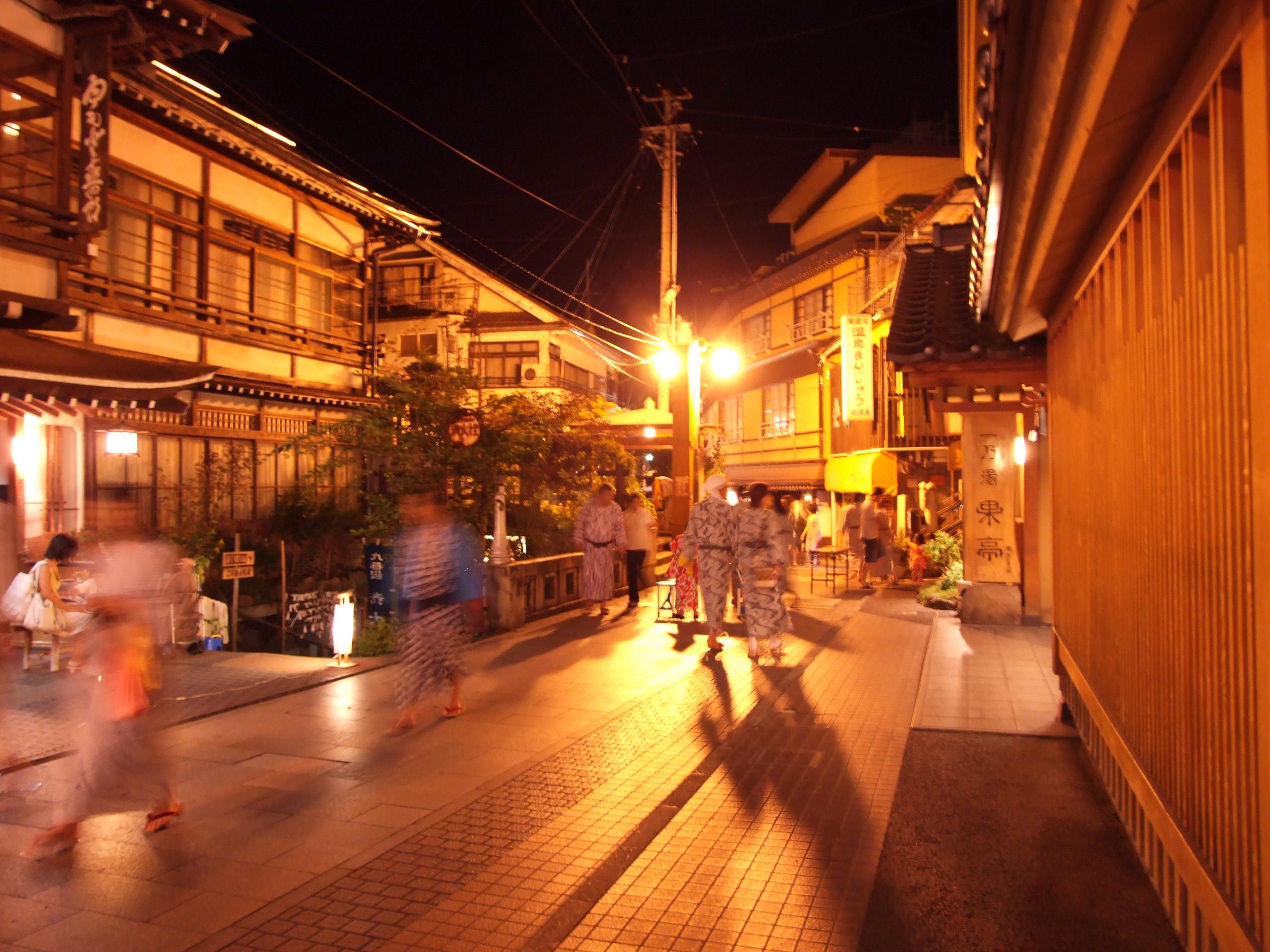
There is a strong emphasis on community, with all events and activities arranged and conducted by local residents including ‘taiko’ (traditional drum_ performances, school bands, outdoor karaoke and ubiquitous game and food vendors found at Japanese festivals. Taking place from early to mid-August each year, the Shibu Onsen Summer Festival is a simple but fun local event, that sees the local community enjoying traditional games and activities in the streets of the famous hot spring down. ‘Bon O-dori’ is danced in the streets with everyone welcome to join in the fun each evening.
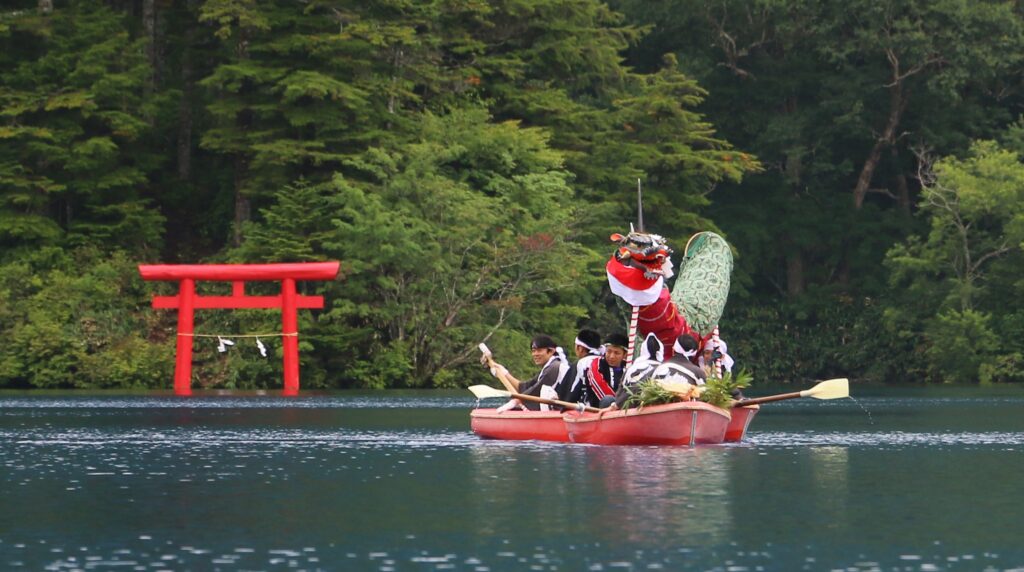
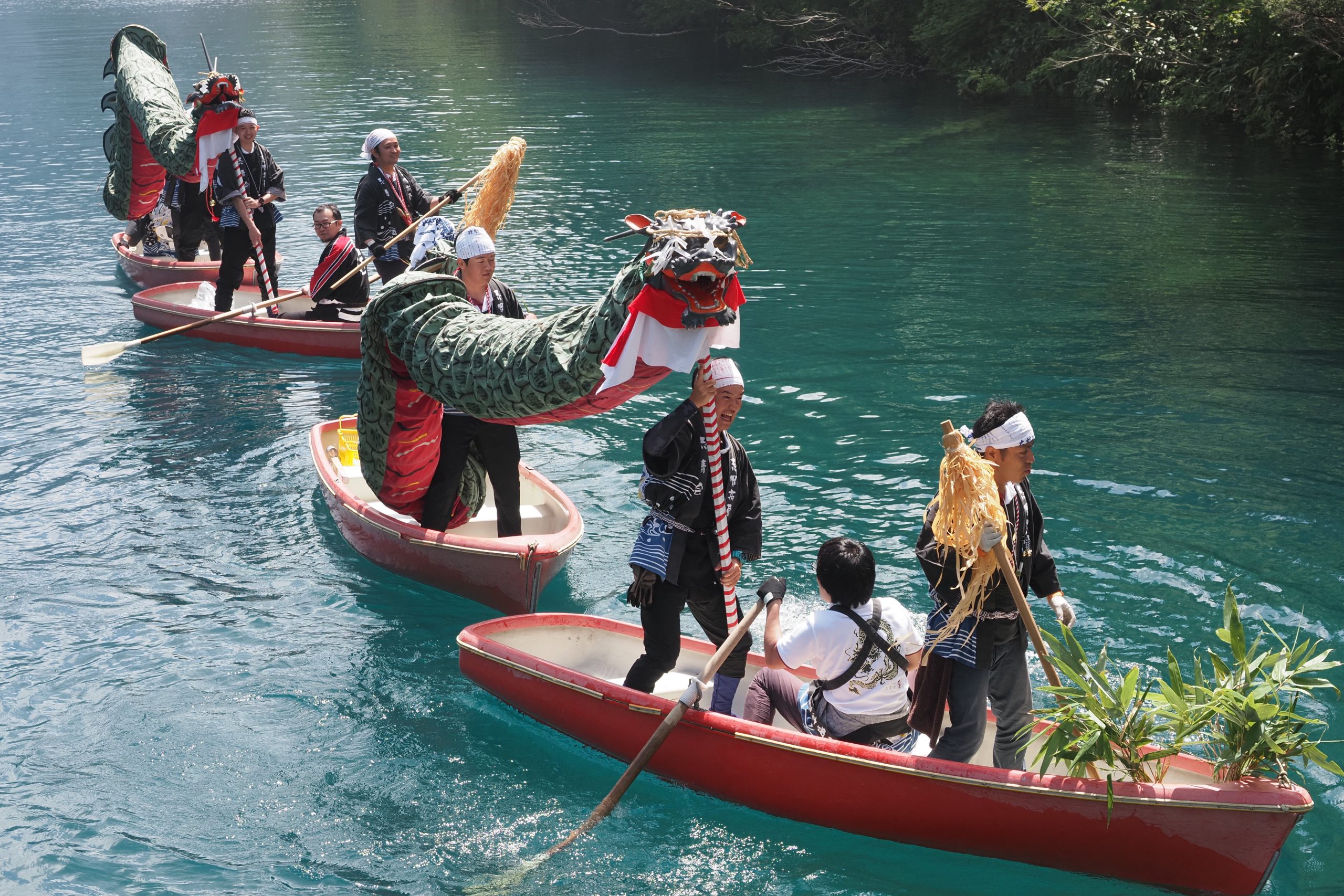
Taking place in the third week of August, the ‘Daija Festival’ is held in nearby Shiga Kogen and commemorates the legend of a serpent that is said to live in the waters of Onuma Pond. Having fallen in love with a beautiful princess, the serpent would disguise himself as a samurai but once discovered, Kurohime’s father forbid the relationship and tried to trick the giant snake. Let’s just say the story doesn’t well… culminating in the serpent destroying her father’s castle and Kurohime throwing herself into the pond. This low-key local festival takes place of three days and includes traditional performances and fireworks.
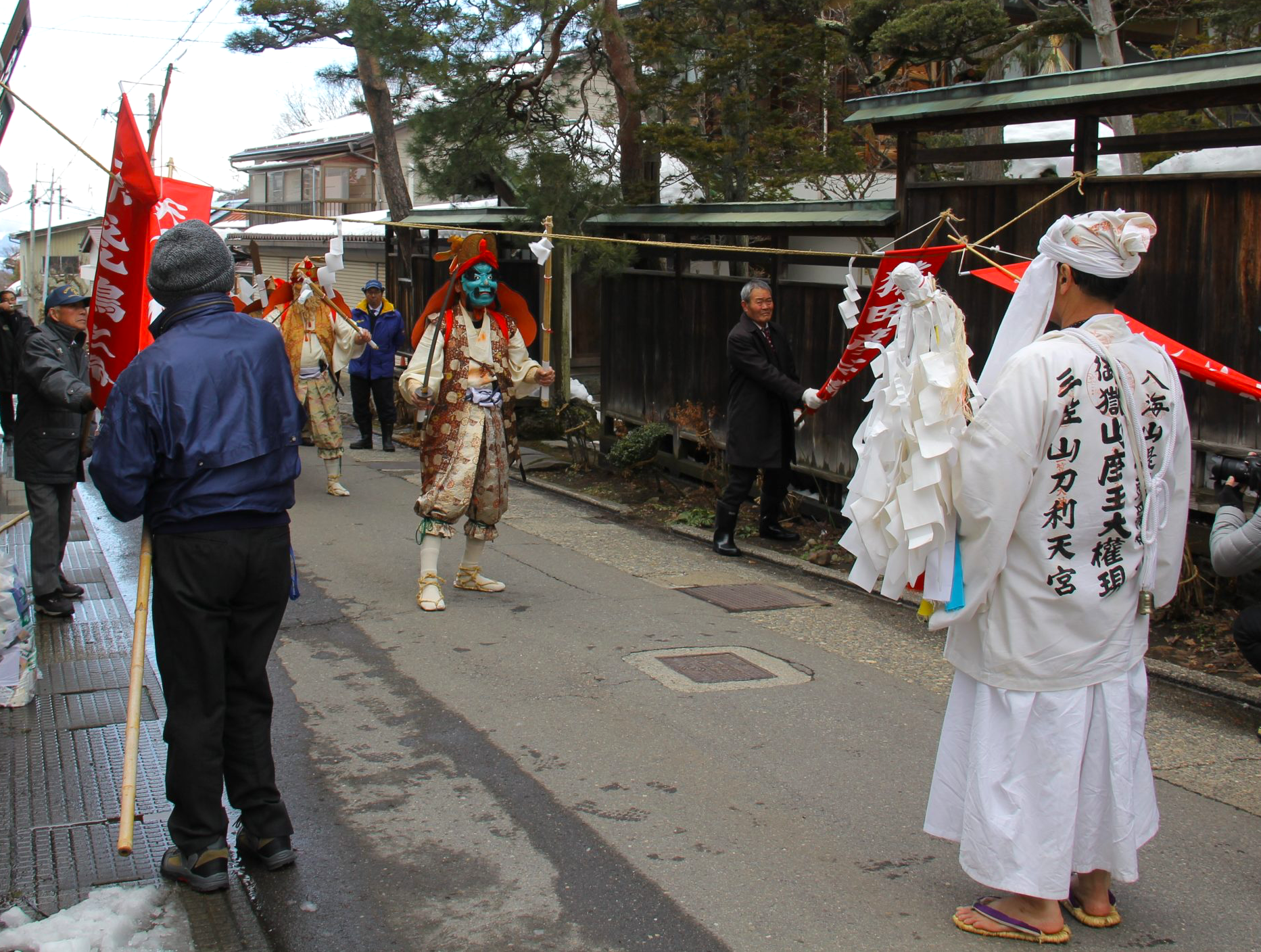
Once winter rolls back round, the ‘Kanbayashi Onsen Sendayaki’ is a small and very local fire festival taking place in the first week of February. The event sees members of the ‘Ontake-kyo Chusei-kosha’ – a Shinto sect that worships Mount Ontake – move from the lower town of Shibu Onsen up to Kanbayashi Onsen in ceremonial attire.
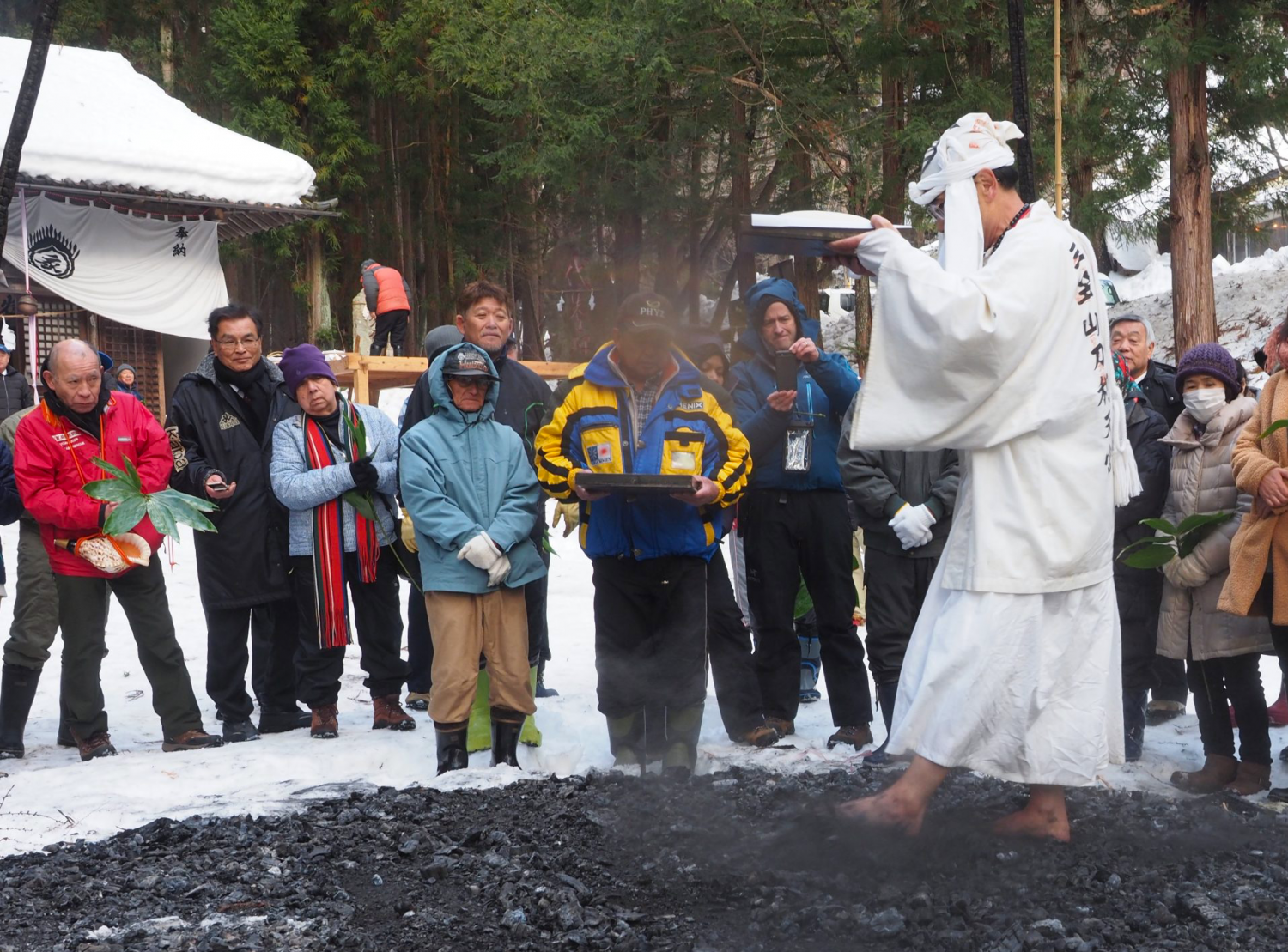
Parading from Shibu Onsen to Kanbayashi Onsen, the festival concludes with the three Shinto members walking across burning charcoal as a form of purification.
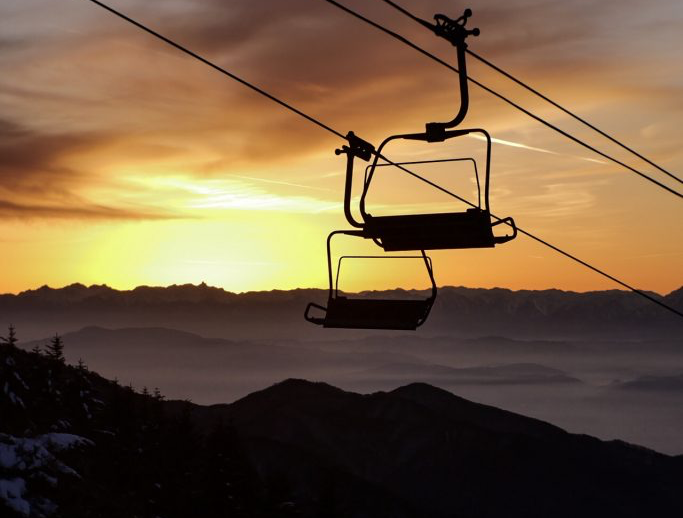

Come March, Shiga Kogen plays host to an increasingly popular beer and music festival – Snow Monkey Beer Live. Taking place over three days, the festival actually heralds the end of winter and beginning of Shiga’s spring ski reason. As Japan’s largest and highest resort, Shiga Kogen really comes into its own just when most other resorts are closing. Heading to Snow Monkey Beer Live for one or all of the three days of great beer, music and food is the perfect way to welcome spring in Yamanouchi.
For other festivals and events happening throughout the wider Nagano Region, and which may be of interest to day-trippers based in Yamanouchi, please see our page on ‘Events and Festivals in Nagano’!
13 / YAMANOUCHI IN SPRING: CHERRY BLOSSOMS & BABY MONKEYS! / spring
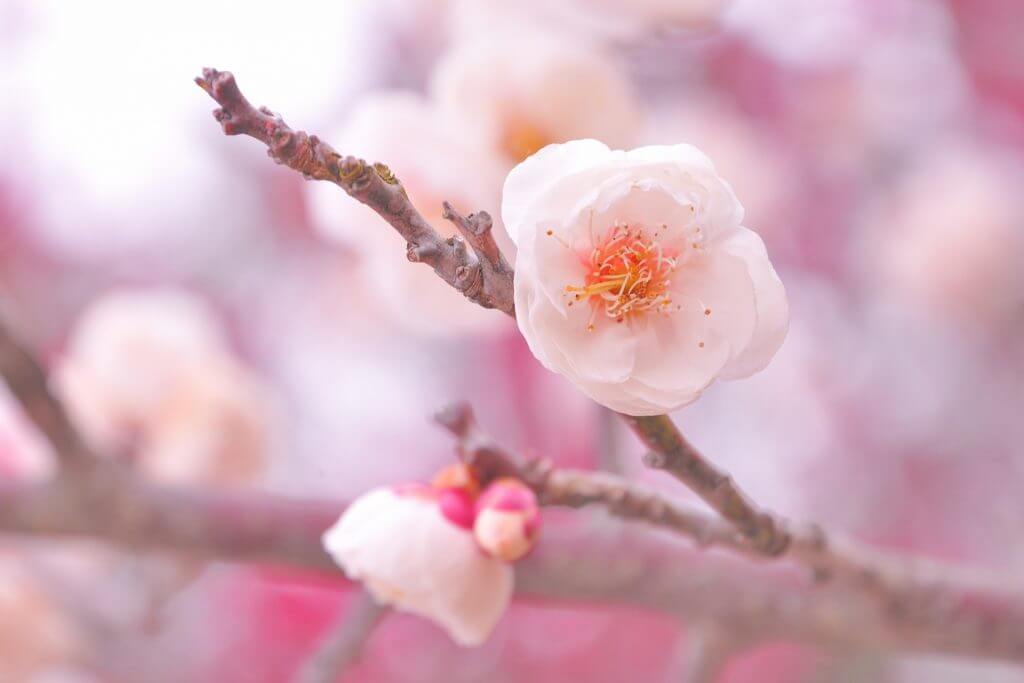
Spring sees the snow melt in Yamanouchi and an increasingly green and lush landscape emerging, heralded by the blooming of the local cherry blossom trees. Known as ‘sakura’ in Japan, wandering below the pink and white canopy of the cherry blossoms in spring is perhaps the quintessential Japanese experience. Yamanouchi’s higher elevation means that the bloom is later most other areas, typically occurring from mid-April onward.
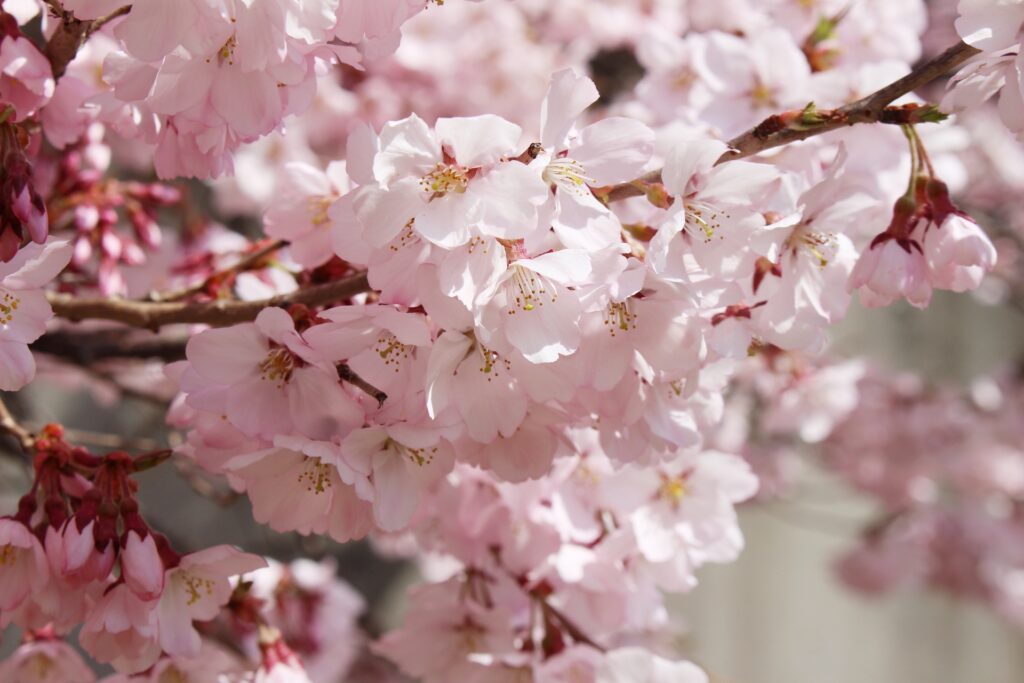
Notable spots to see the blossoms in Yamanouchi include the ‘Kodaizakura’ (pictured below) which is estimated to be over 850-years of age yet retains a glorious bloom each spring. One of several historic trees located in the Uki Ward of Yamanouchi, the trees in this area are best accessed by car or taxi, and once there explore the area on-foot.
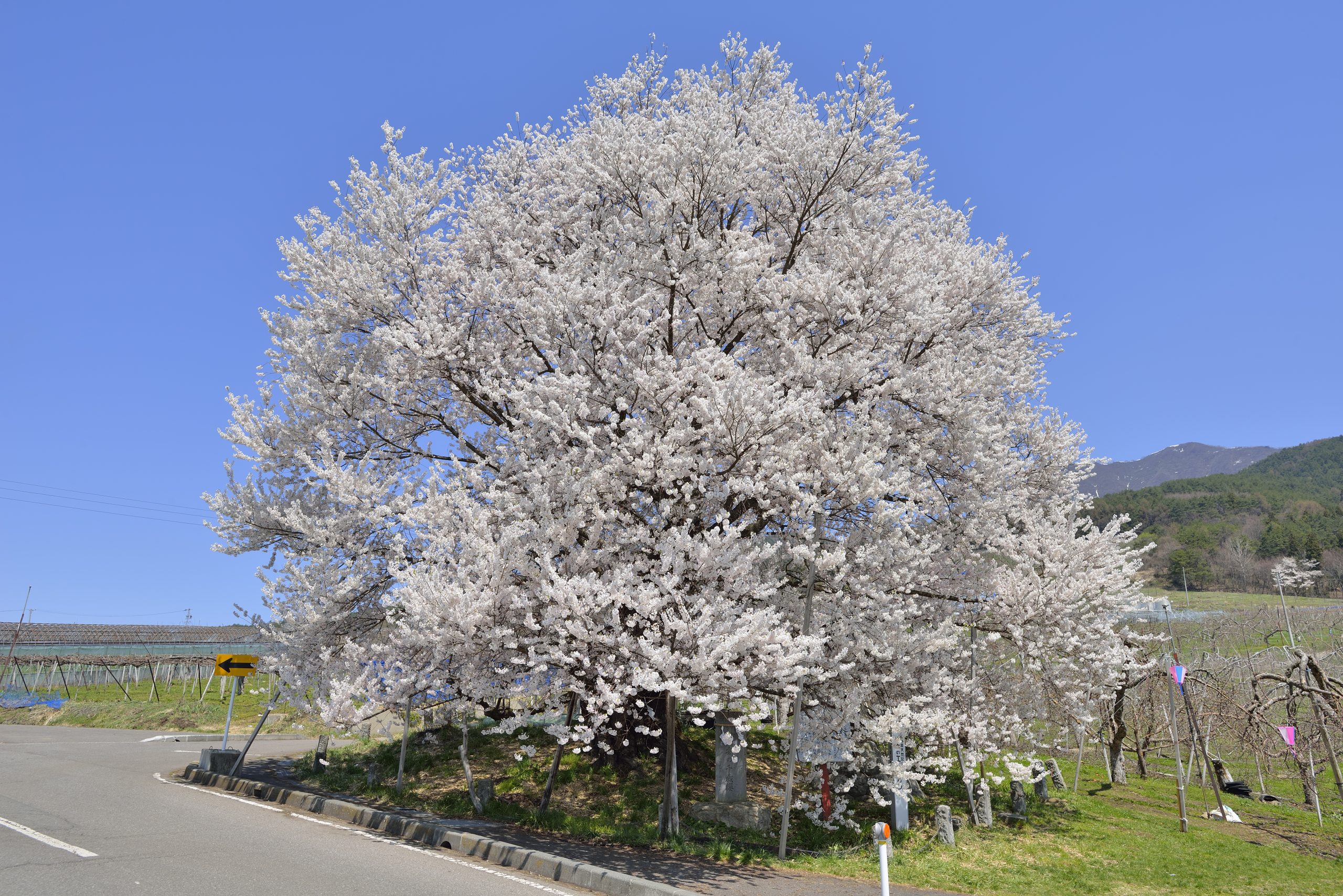
The World Peace Kannon – discussed above – is another renowned blossom spot and one that can be reached on-foot from both Yudanaka Onsen and Shibu Onsen, along with the banks of the Yomase River which runs past the two onsen towns.
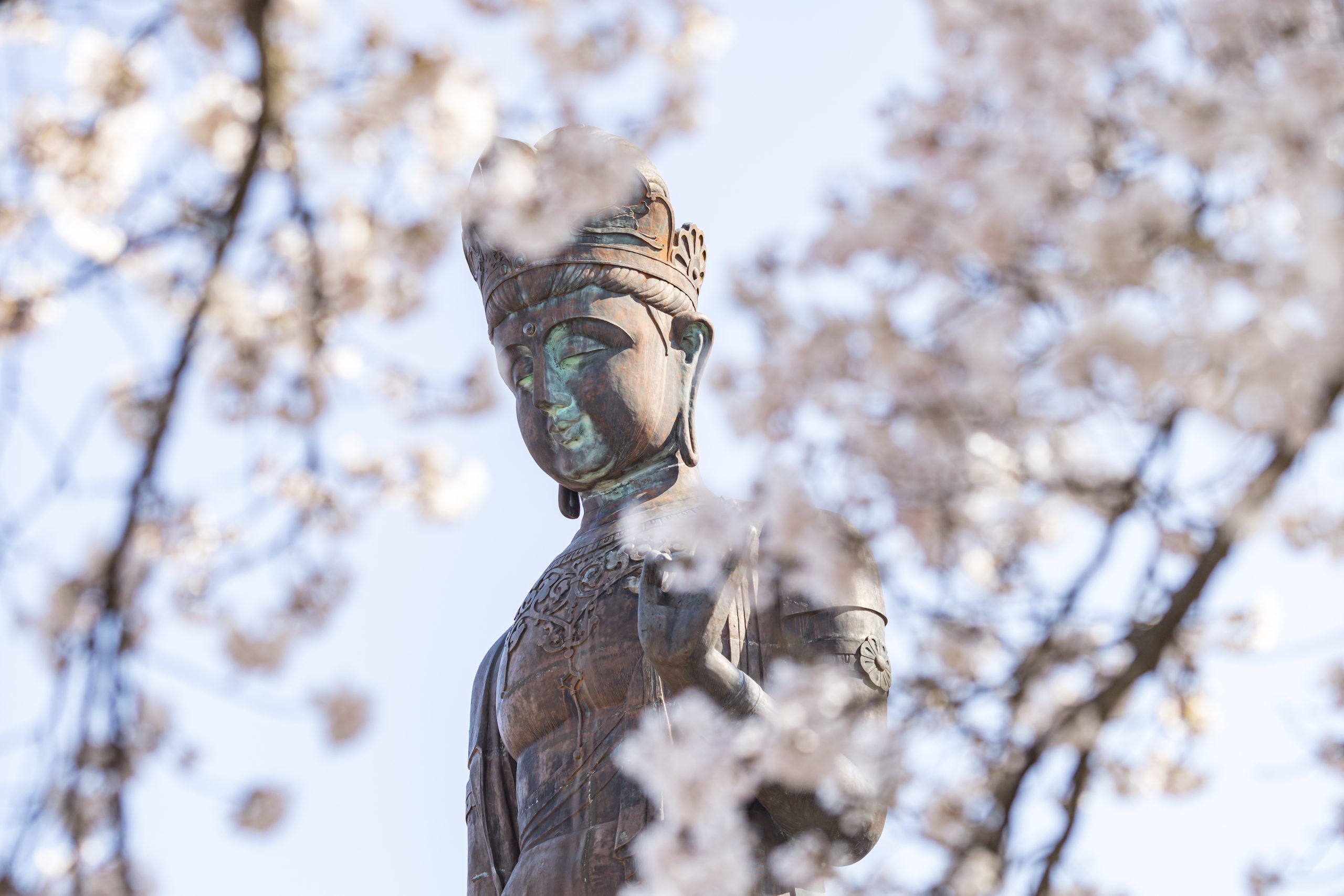
Visitors heading to the monkey park will also be able to enjoy some spectacular blossom – usually around mid-April onward – as they walk through Kanbayashi Onsen. Around the same time, the expecting mothers of the Jigokudani Snow Monkey Park will begin to give birth to the year’s adorable babies. Witnessing these awkward bundles of fur, with their long limbs and glassy eyes, begin their first stumbling exploration of the world is a true highlight of spring.
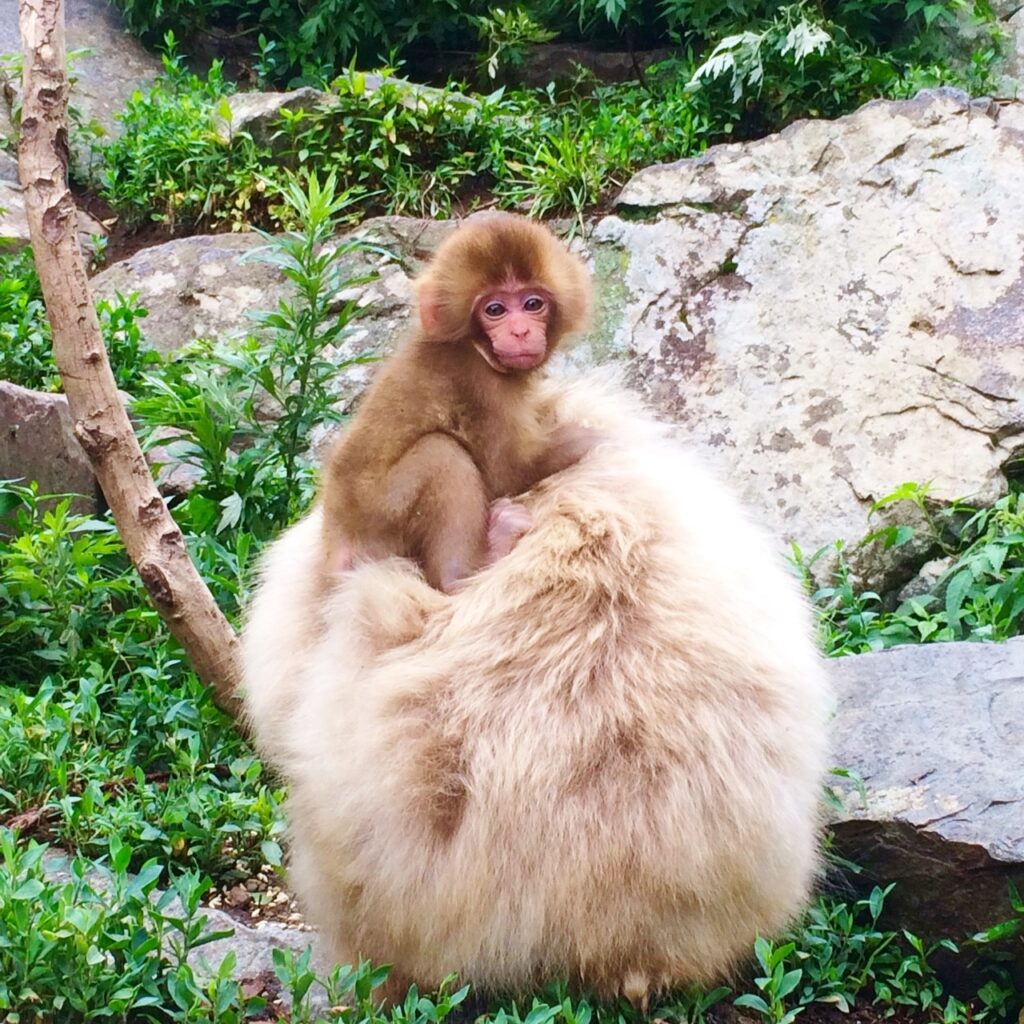
Typically born from mid-April until mid-June, the baby monkeys grow in confidence quickly, and by summer and scurrying around the park trying to keep up with their brothers, sisters, and cousins – one of the best times to visit the monkey park!
14 / HIKING IN THE MOUNTAINS OF YAMANOUCHI / best: late-spring to autumn
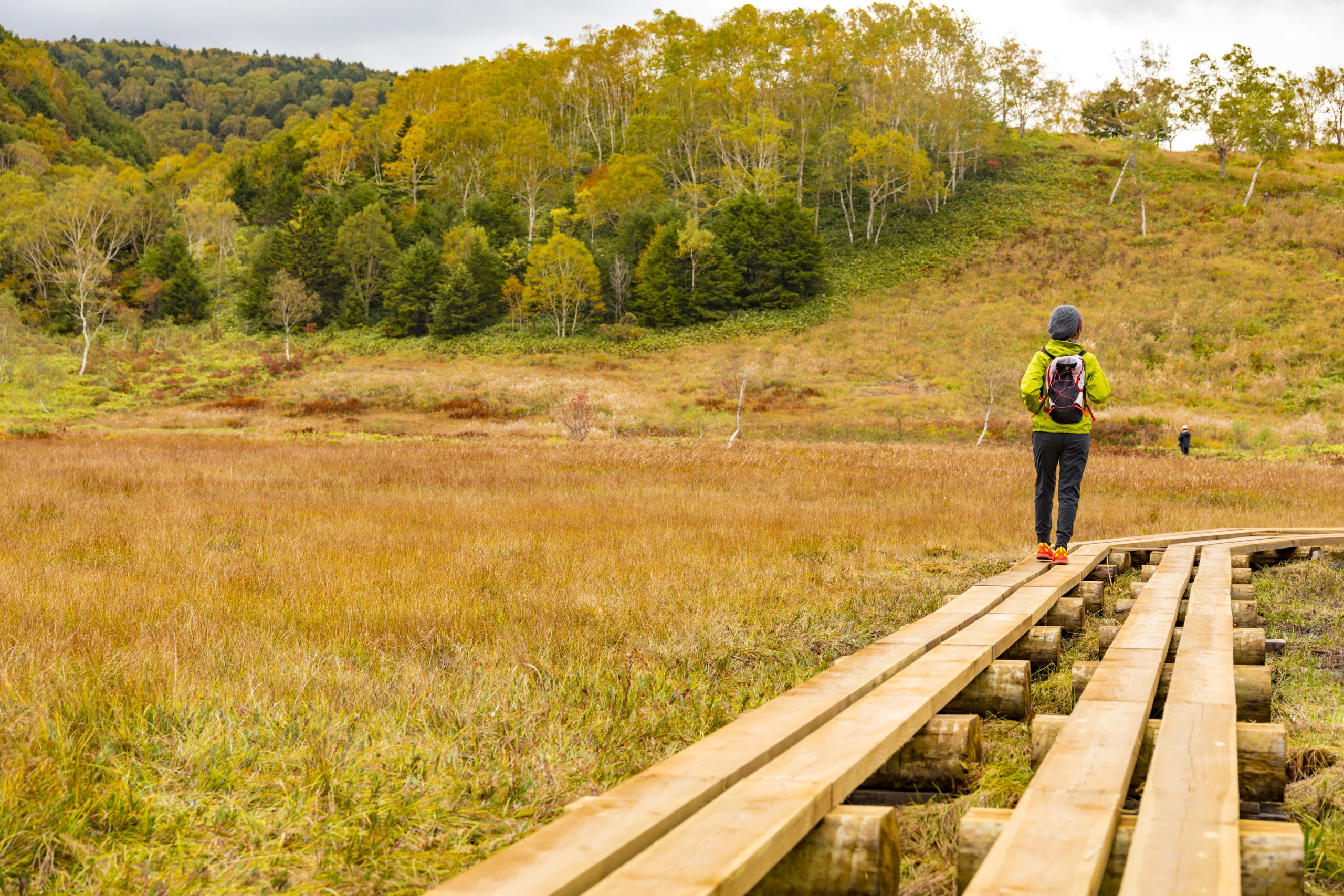
Blessed with high mountain peaks and deep snow in winter, Yamanouchi offers some of Nagano’s most enjoyable hiking from spring to autumn. The expansive Joshinetsu Kogen National Park has numerous hiking trails, most of which are suitable to anyone of reasonable fitness. Declared a UNESCO Biosphere Reserve in 1980, the smaller area of Shiga Kogen Highlands is located in the national park- an important alpine ecosystem, home to numerous unique flora and fauna. Indeed, It is recorded that 64 species of birds, Japanese macaques (snow monkeys), ermines, serows, bears, rabbits, and various types of reptilians, insects, and butterflies inhabit the area.
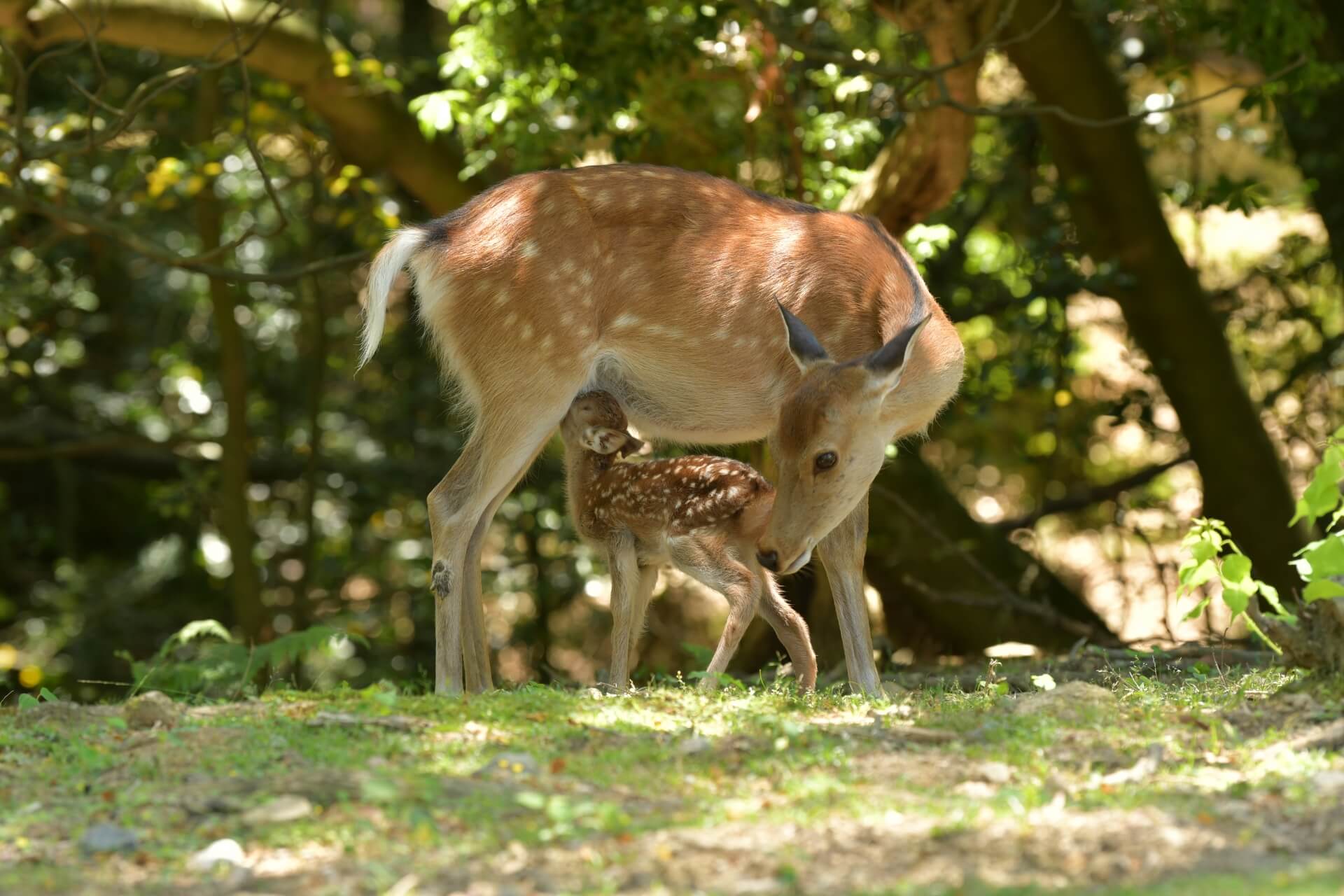
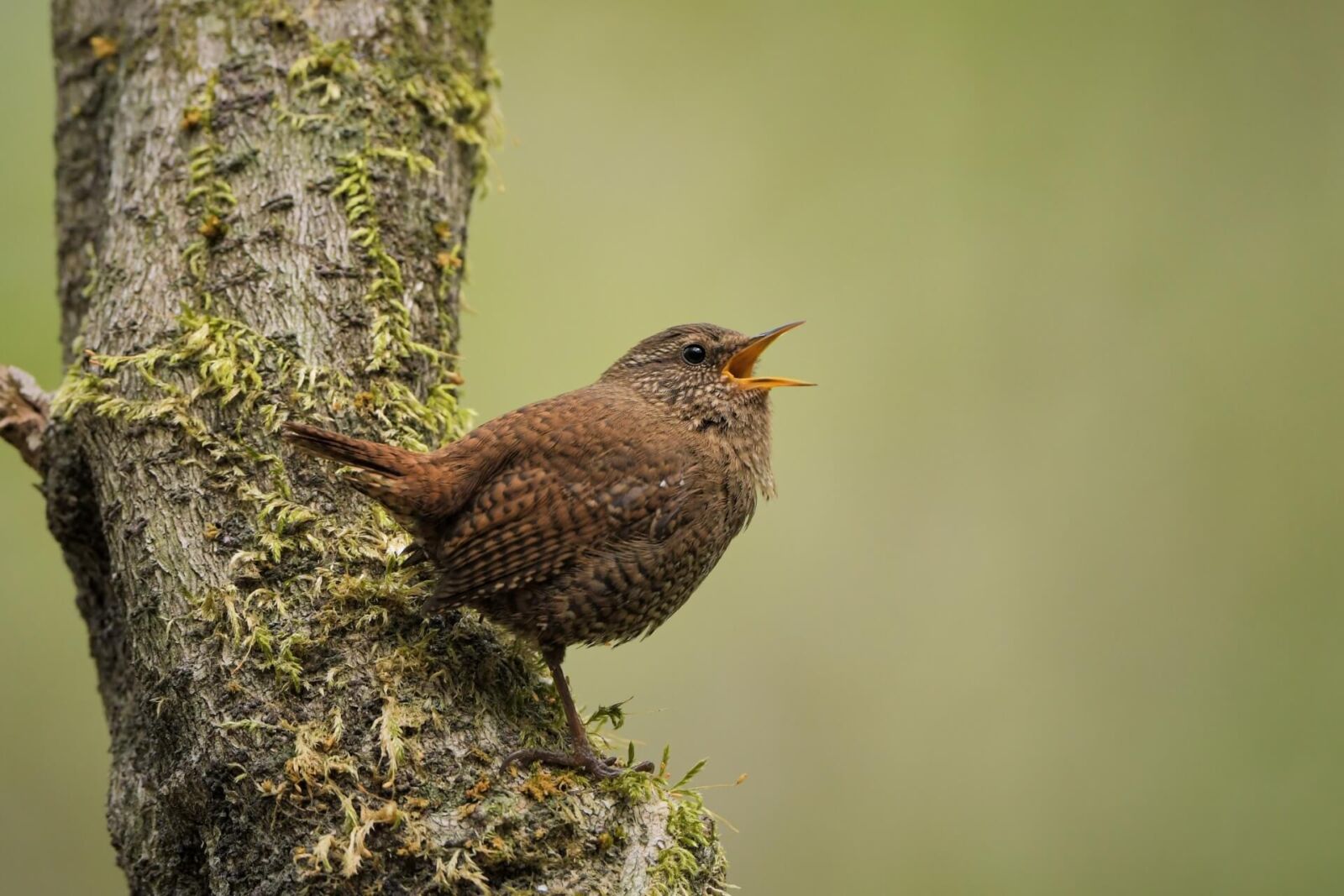
A mixed landscape of woodlands, swamps, ponds and high moors is criss-crossed by an array of hiking trails – from well-maintained sealed and elevated walkways to less readily identifiable trails leading deep into the forest and toward the mountain peaks. These walks are suitable to anyone of reasonable fitness and can be enjoyed from May to November, with autumn being an especially beautiful time to visit. Rising to the upper station at 1770 meters above sea level, the large gondola can carry more than 160 people and on a clear day, affords fantastic views of the valley below and the mountains of the North Japan Alps.
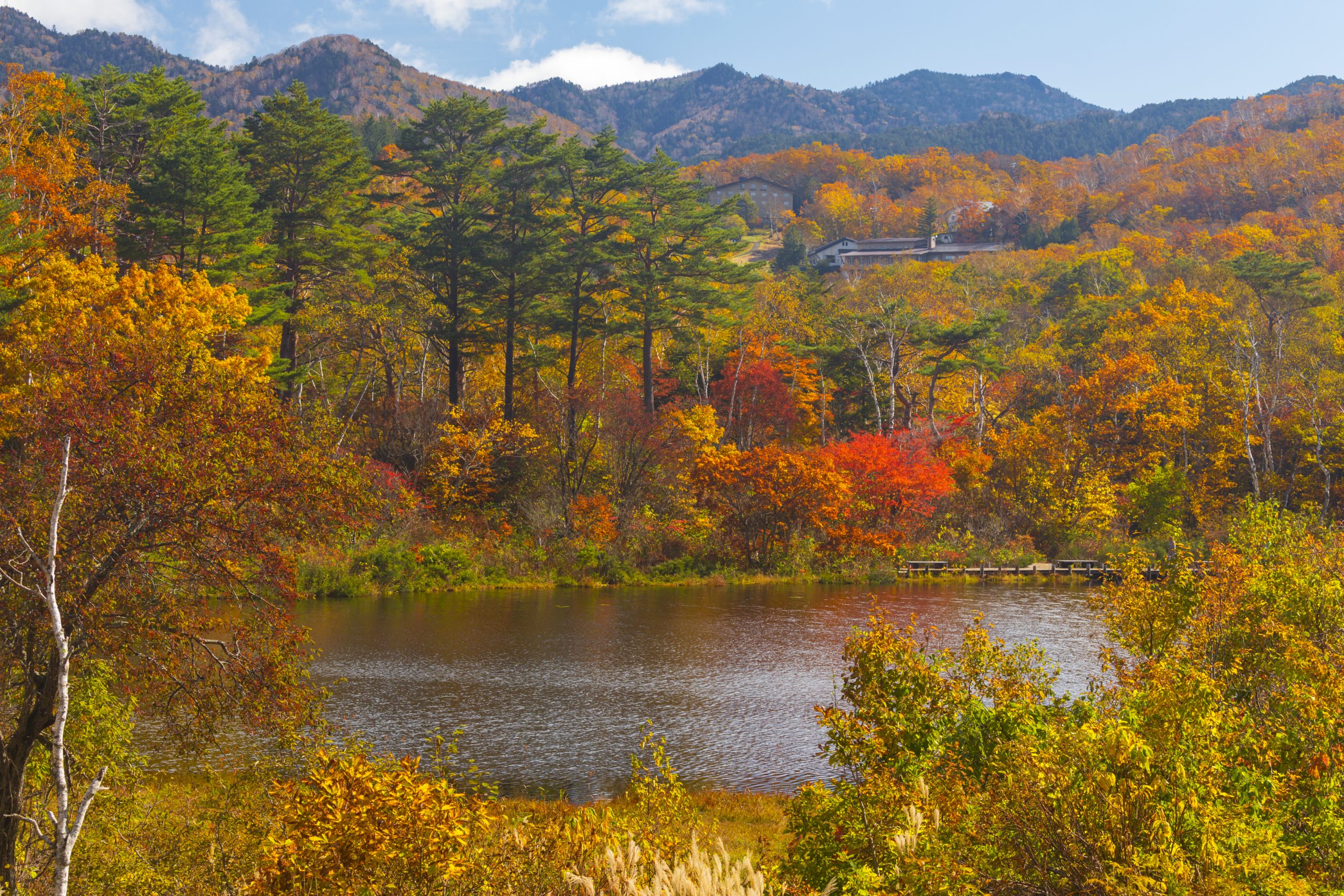
One of the best ways to enjoying hiking in the mountains of Yamanouchi, is to do so with a local guide. Fun and informative, they can make sure you get the most out of your time in the mountains and turn your walk into an even more rewarding experience.
If you are looking for more hikes in the region, including guided walks, please look here for more details to help with your vacation-planning!
15 / ROPEWAYS & VIEWPOINTS IN YAMANOUCHI / most of the year
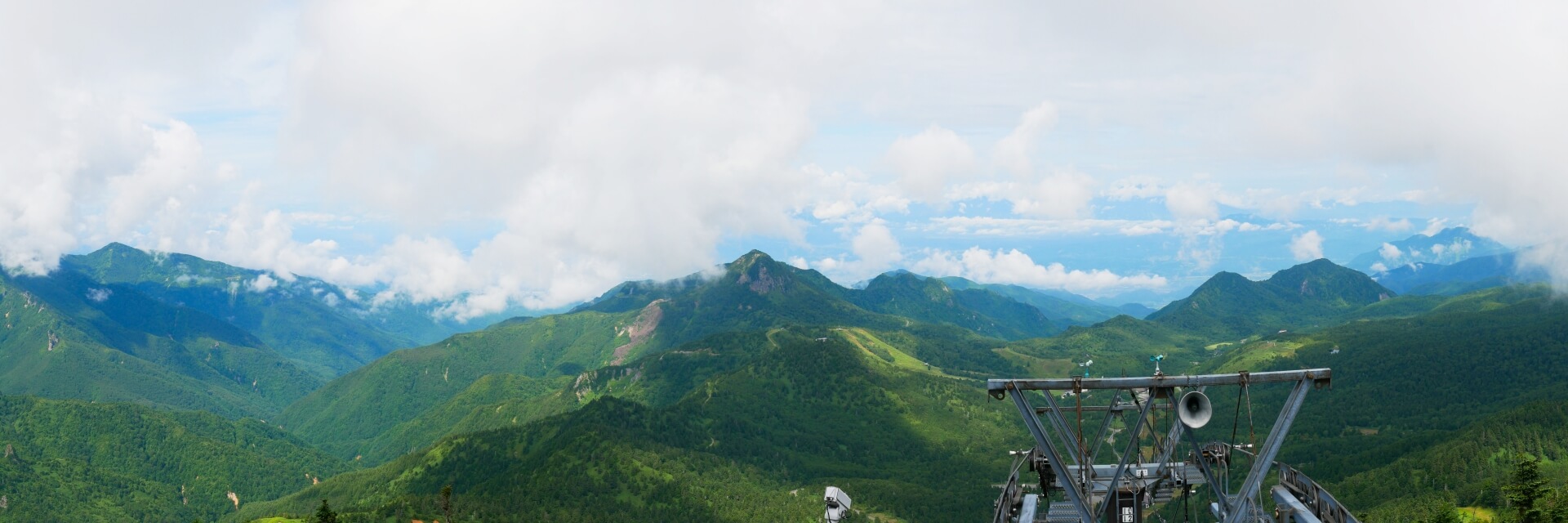
Home to many mountains and some of Nagano’s best ski areas, it is not surprise that Yamanouchi also boasts chairlifts, gondolas and ropeways that transport passengers to outstanding views of the surrounding landscape. All ropeways listed below operate throughout the year, with periods that they do not operate either side of winter:
Higashidateyama Gondola
In winter, the Higashidateyama Gondola provides access to (what were) the women’s alpine skiing courses at the 1998 Olympic Games, while outside of winter transports passengers to 2000 metres above sea level to enjoy panoramic views, a café and alpine botanical garden.
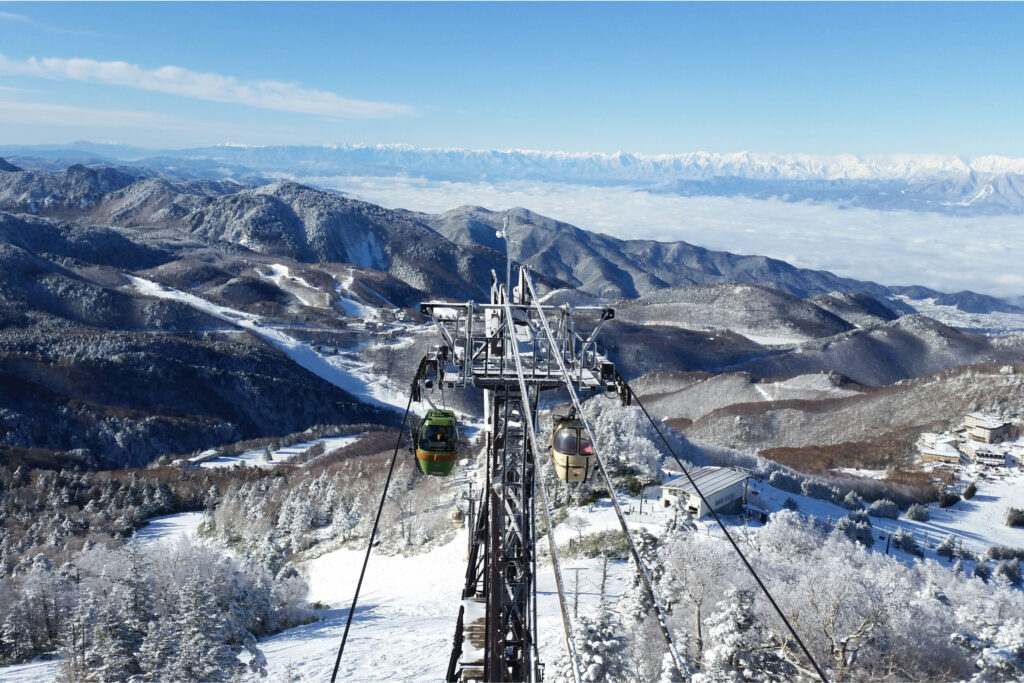
Small gondolas allow passengers to ride by themselves or just with family and friends. For visitors wanting to ride the ropeway outside of winter, please note that it operates from early-June to mid-October.
Yokoteyama Chairlift
Rising to an elevation of 2307 metres, the Yokoteyama Chairlift services Japan’s highest ski run. Outside of winter, the chairlift operates from late-May until the end of October. At the top, visitors have a panoramic view back for Shiga Kogen and toward the North Japan Alps.
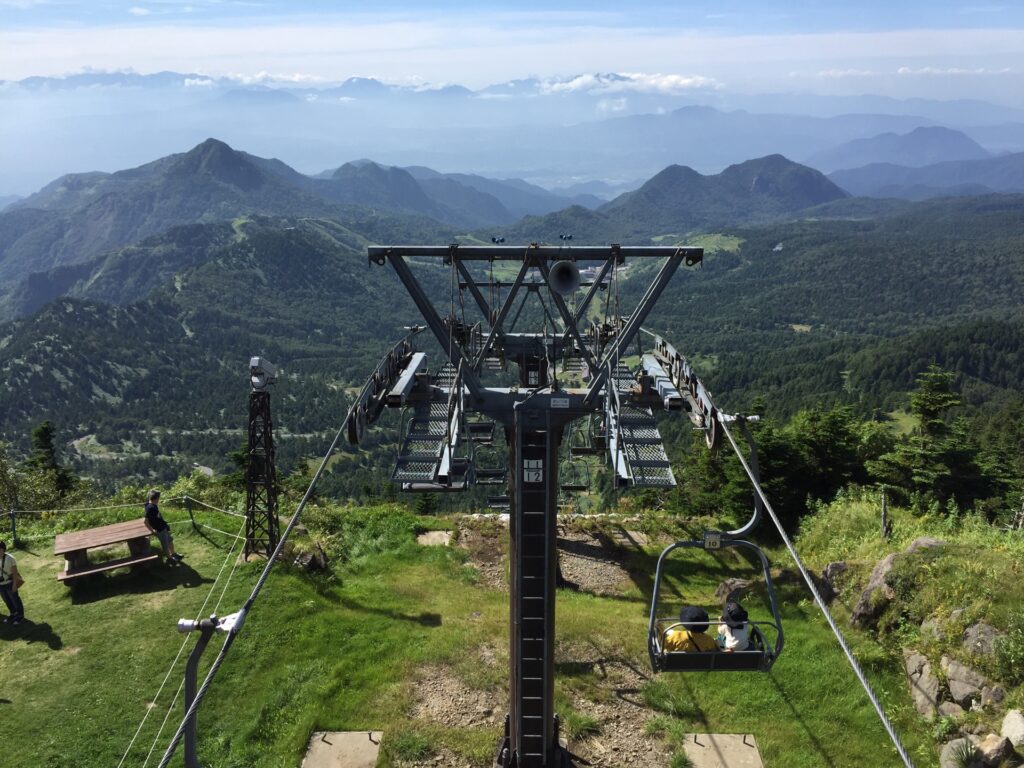
A café and viewing deck awaits up top, with walking trails leading back down or further into the national park. Both the Higahidateyama Gondola and Yokoteyama Chairlift are located in Shiga Kogen.
Ryuoo Sora Terrace & Skyland Express Ropeway
Servicing Ryuoo Ski Park in winter, the Skyland Express Ropeway operates for most of the year including from May until November. Rising to the upper station at 1770 metres above sea level the large gondola can carry more than 160 people and on a clear day, affords fantastic views of the valley below and the mountains of the North Japan Alps.
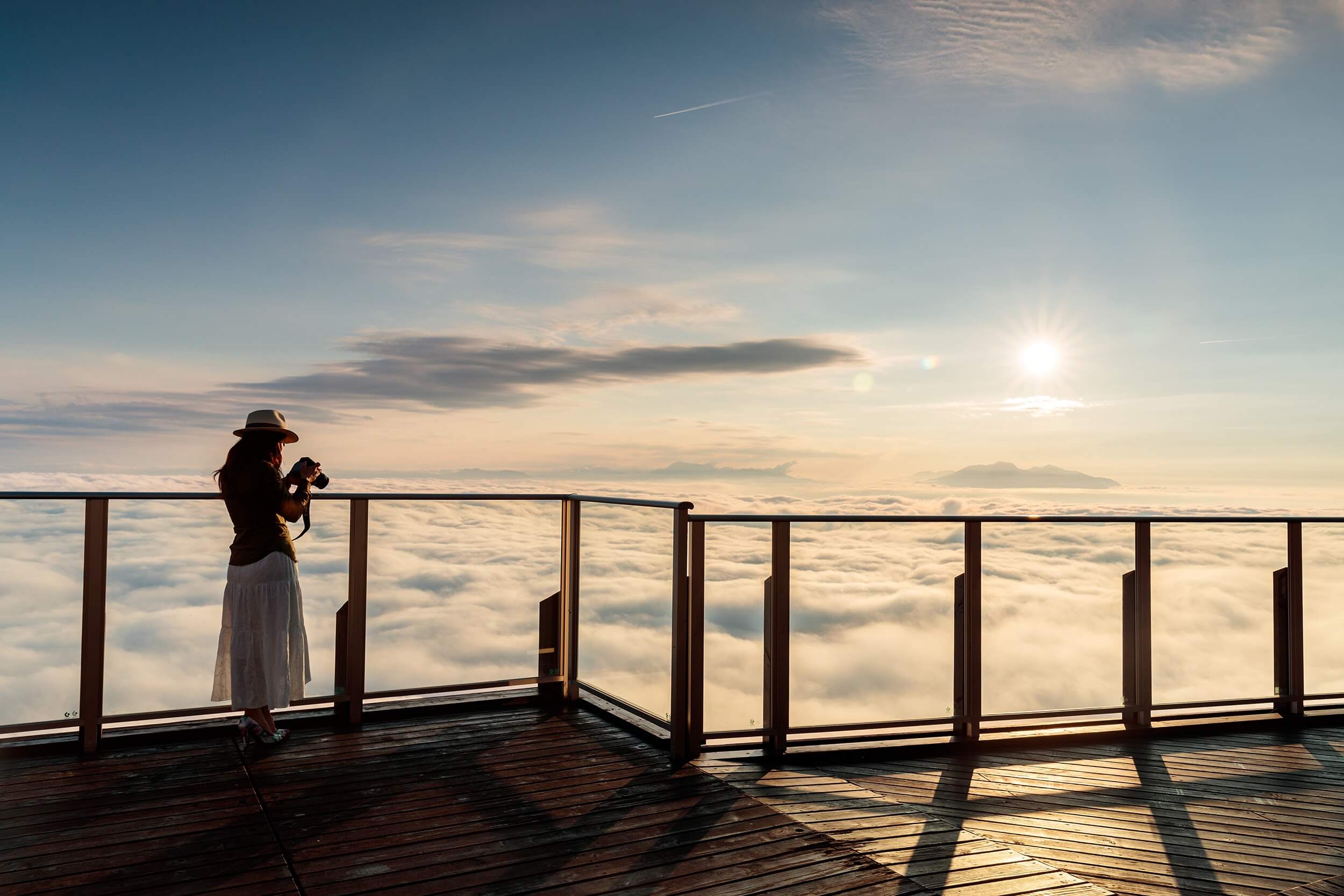
Located next to the upper gondola station, Sora Terrace is an observation deck and café offering panoramic views of the surrounding landscape. The café serves typical fare including meals, snacks and drinks. The Skyland Express Ropeway is located in Kita-Shiga Kogen.
16 / DRIVE THE SHIGA-KUSATSU ROUTE / spring to autumn
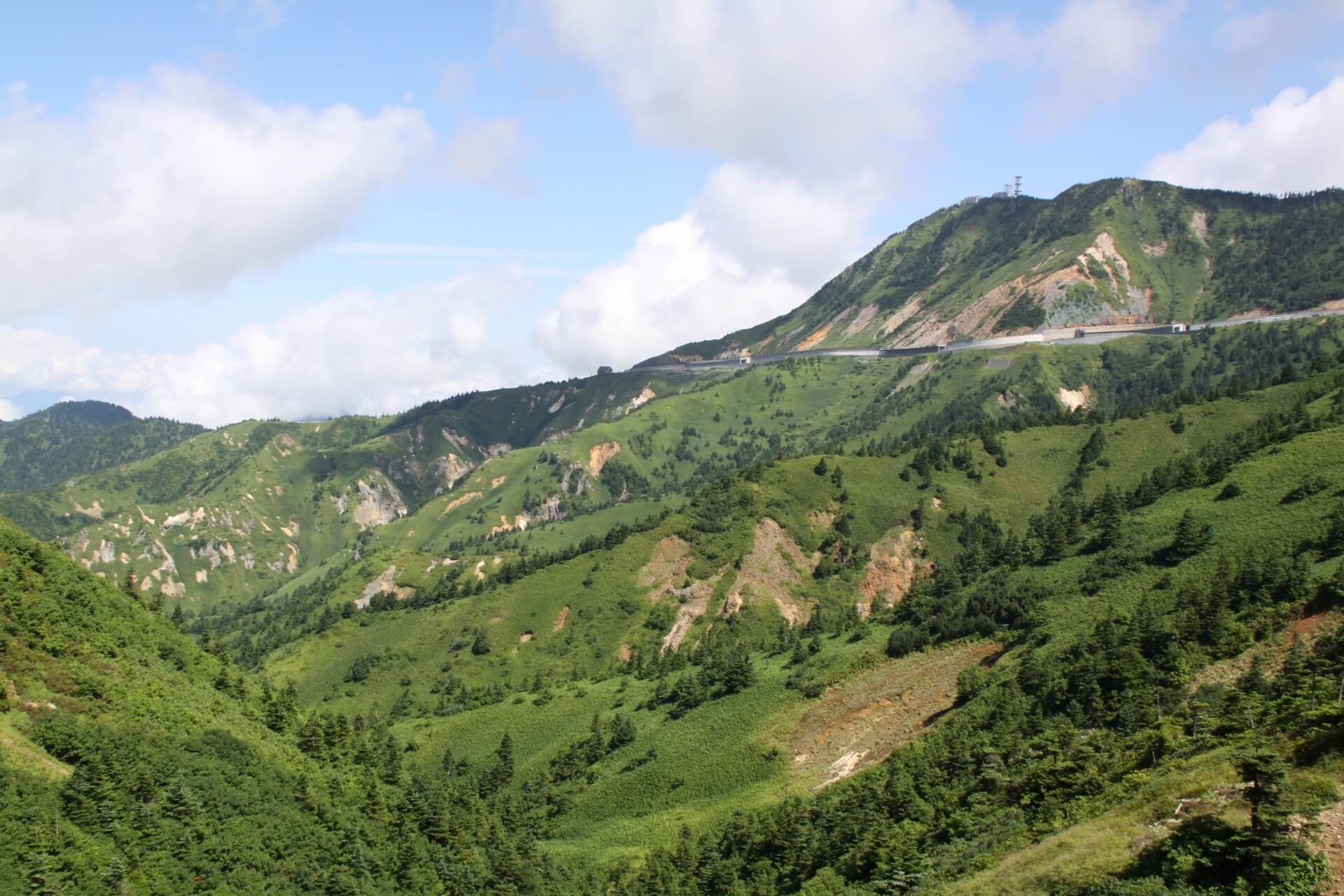
Also called the Shiga Kusatsu Kogen Road, this famous alpine route is actually part of National Route 292, and connects Kanbayashi Onsen and the Jigokudani Monkey Park with Kusatsu Onsen in Gunma. In doing, the road passes over and through Joshinetsu Kogen National Park, passing the peaks of Mount Yokote (Yokoteyama) and Mount Shirane before reaching Kusatsu. Due to heavy snow in winter, the road is only open between late-April and mid-November but in that time, offers drivers a beautiful drive on well-maintained roads. Upon opening in spring, visitors can enjoy snow walls lining either side of the road as the pass the higher points near Yokoteyama and Shirane.
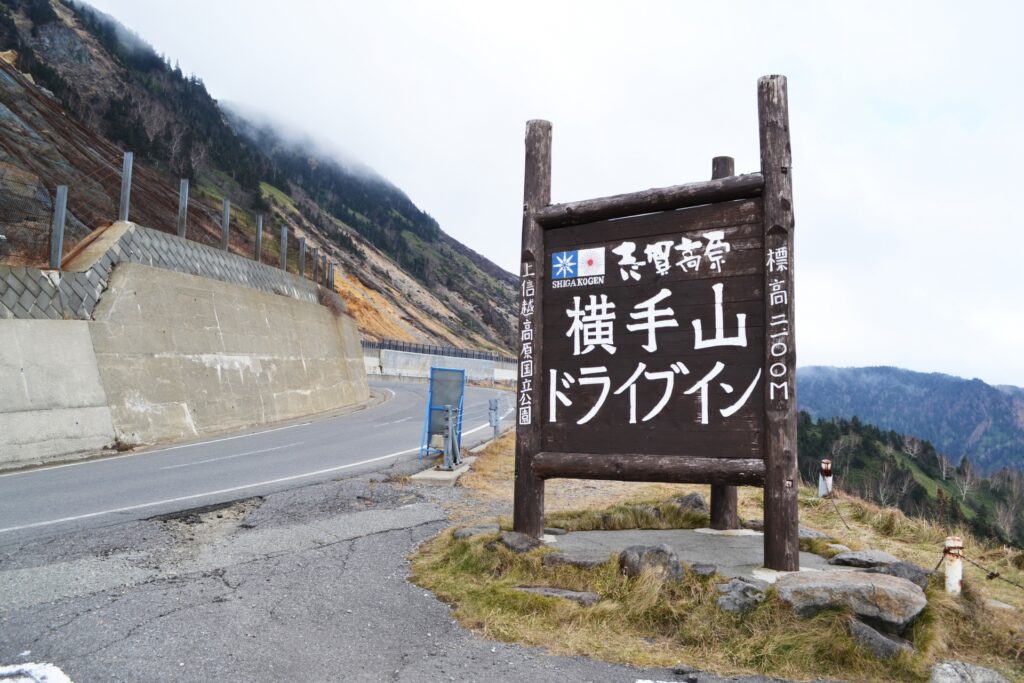
Driving the route is a great way to move to and from Yamanouchi but make sure to check advisories as the road can close from time-to-time as a precaution, when activity is detected or expected at Mt. Shirane. Mt. Shirane is an active volcano and your personal safety should be your first priority. The Japan Meteorological Agency provides real-time advice and warnings for the entire country. Prior to visiting Shirane, we recommend checking the following website.
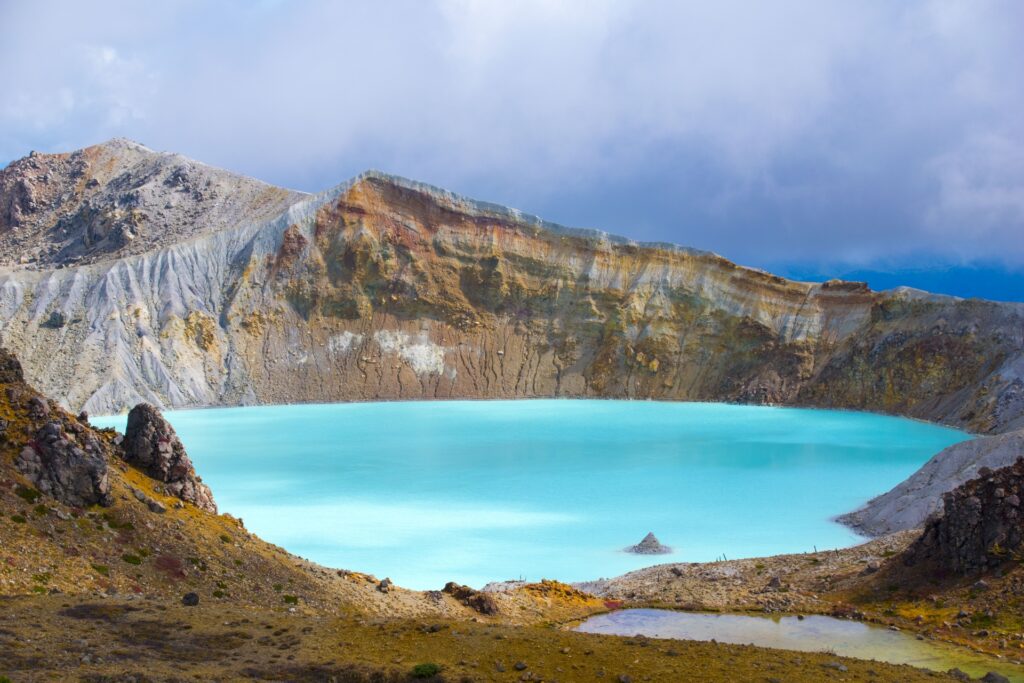
Driving the Shiga-Kusatsu Route is a great option for visitors wanting to combine their visit to Yamanouchi with nearby destinations including Mount Shrine and Mount Asama, the famous hot spring town of Kusatsu Onsen and the popular mountain resort town of Karuizawa. See our ‘Things to do in Shiga Kogen’ page for details.
17 / FRUIT-PICKING IN YAMANOUCHI / summer to autumn
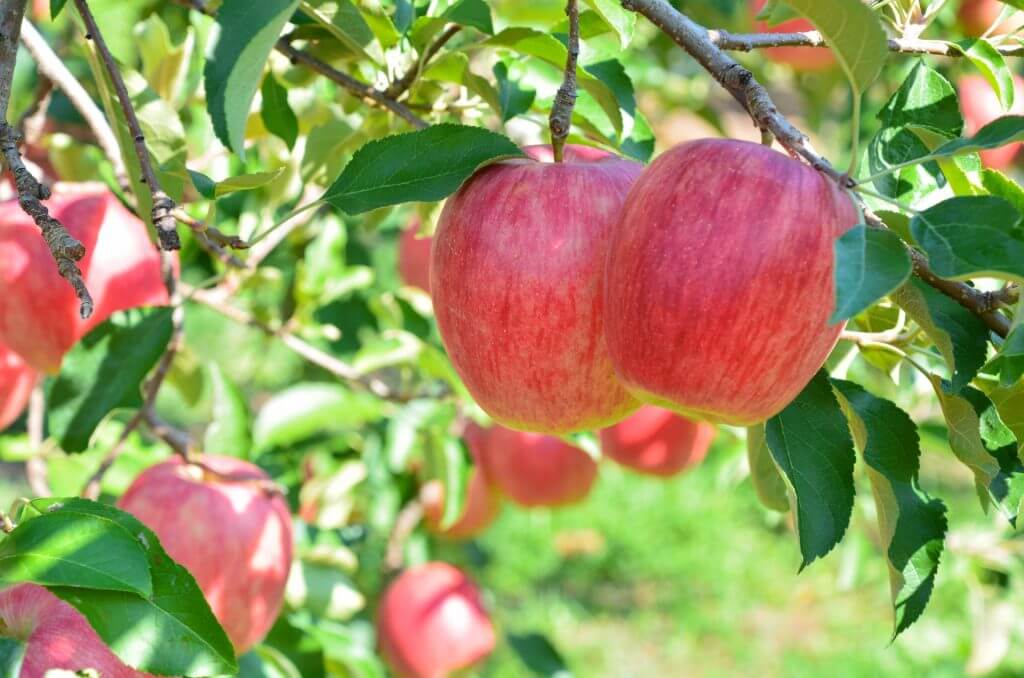
Blessed with an ideal climate for growing countless varieties of fruit and vegetables, Nagano is most famous for its apples and grapes, both of which grow to impressive size and deliciously flavorful in the higher elevation of Yamanouchi’s orchards. Growing many varieties of apples including well-loved Fuji and San Fuji types, the pronounced temperature difference between day and night promotes the growth of delicious apples which you can pick and enjoy for yourself and several of the region’s many orchards. This leisurely activity is suitable for all ages and is particularly popular with families, whose children relish the rare chance to be among orchards and choosing their own delicious apples directly from the tree. For details, please contact us for up to date information.
18 / OTHER SUMMER ACTIVITIES / best: June to September
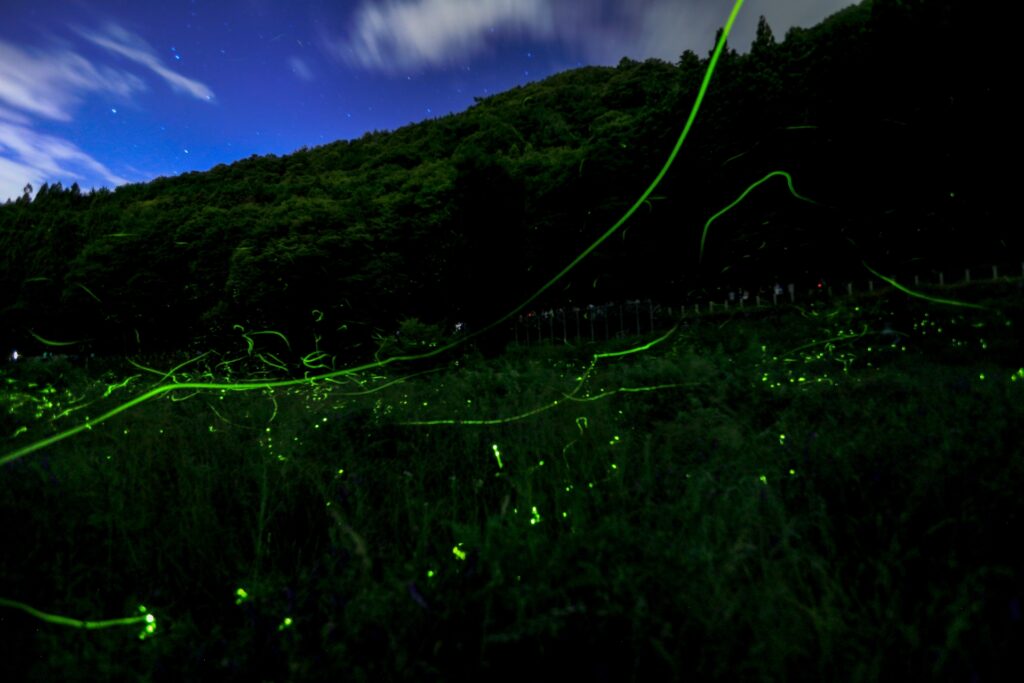
Witnessing the fireflies of early-summer is a magical experience. Known as ‘hotaru’ in Japanese, late-July to the end of August sees Shiga Kogen’s ‘Ishi-no-Yu’ glow brightly in the night as Japan’s highest firefly breeding ground (1650 metres above sea level), whirls into magical life. Visitors heading to Shiga to witness this remarkable sight are asked to refrain from using flash photography and avoid using bright lights, such as the screens of mobile phones, to avoid disrupting the fireflies.
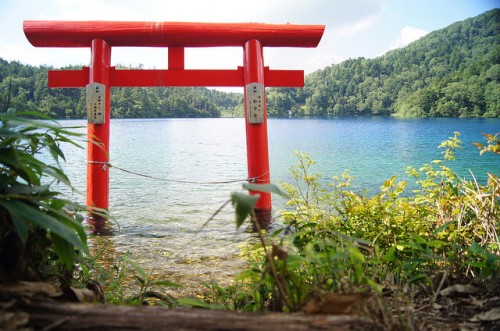
Yamanouchi also offers a range of other activities in summer including golf at the Shiga Kogen Country Club, stand-up paddling (SUP) on the lakes and yoga classes in the open spaces of Shiga Kogen, or a series of trail running events in Shiga.
19 / AUTUMN LEAVES IN YAMANOUCHI / October to November
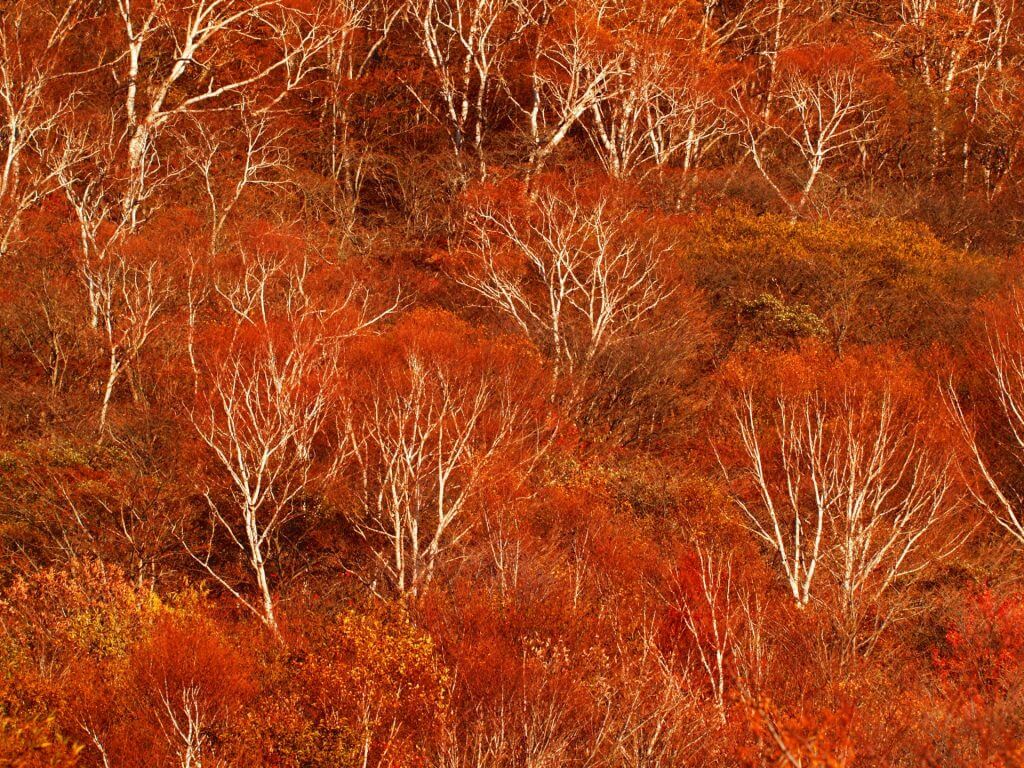
Known as ‘koyo’ in Japan, seeking-out the cherished leaves of autumn is a favourite national pastime. Typically occurring from October to November – depending on the location and weather conditions that year – Japanese will go great distance to see the beautiful leaves of autumn. Our ‘Autumn Leaves in Japan’ page provides lots of good information about the culture of ‘momijigari’ (hunting for autumn leaves) and how to best plan your trip around it, including Shiga Kogen – one of the best stops to enjoy the colours of autumn.
20 / VISIT YAMANOUCHI USING A 2-DAY SNOW MONKEY PASS
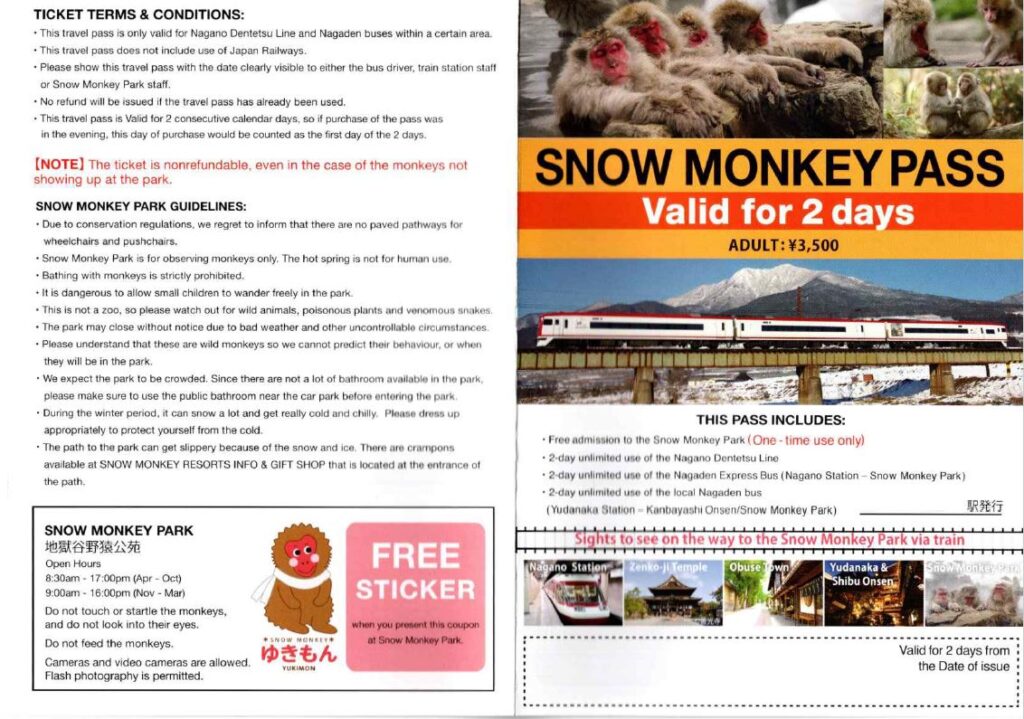
For many visitors heading to Yamanouchi, the 2-Day Snow Monkey Pass offers convenience and great value including unlimited use of the Nagano Dentetsu Railway line between Nagano Station and Yudanaka Station and/or use of the Nagaden Snow Monkey Express Bus service between Nagano Station and Kanbayashi Onsen/Jigokudani Monkey Park for two days, along with one entry to the park itself.
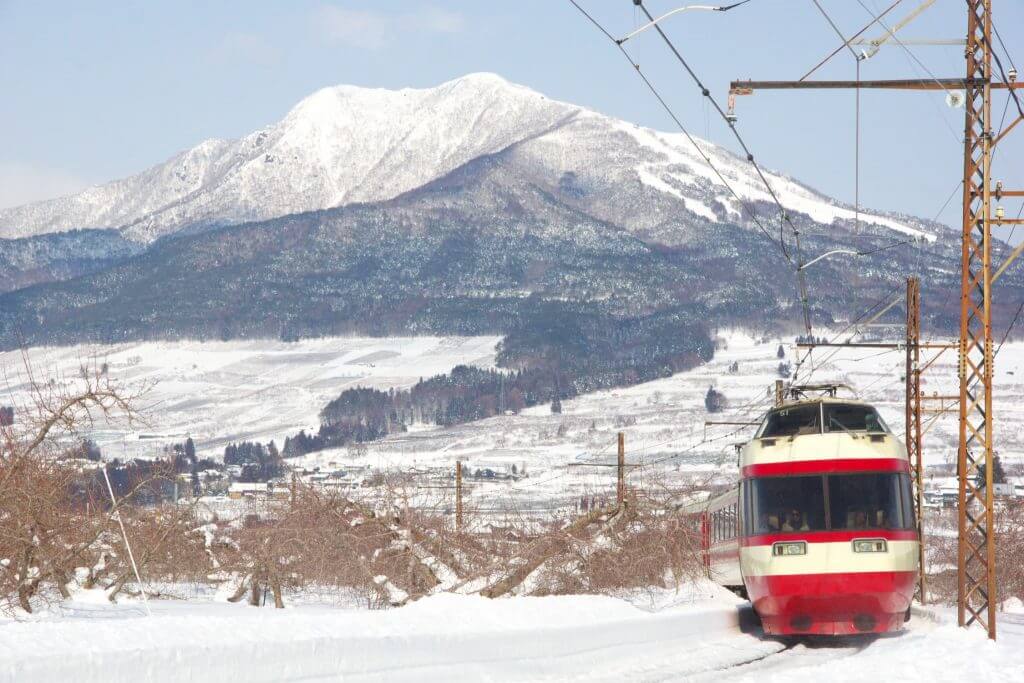

The pass represents great value for money and allows you to combine your visit to Yamanouchi with nearby destinations including those in Nagano City. Boasting a near-1400 year history, Zenko-ji Temple is the spiritual heart of Nagano City, and one of Japan’s most open and welcoming Buddhist temples. The temple offers a range of Buddhist practices and experiences including meditation, calligraphy and ‘goma’ (fire prayer) ceremony while also conducting a morning ceremony every day of the year. Visitors of all faiths and backgrounds are welcome. Nearby Zenko-ji, the small precinct of Monzen Terrace / Patio Daimon offers a range of craft workshops including ‘origami’, ‘mizuhiki’ and calligraphy.
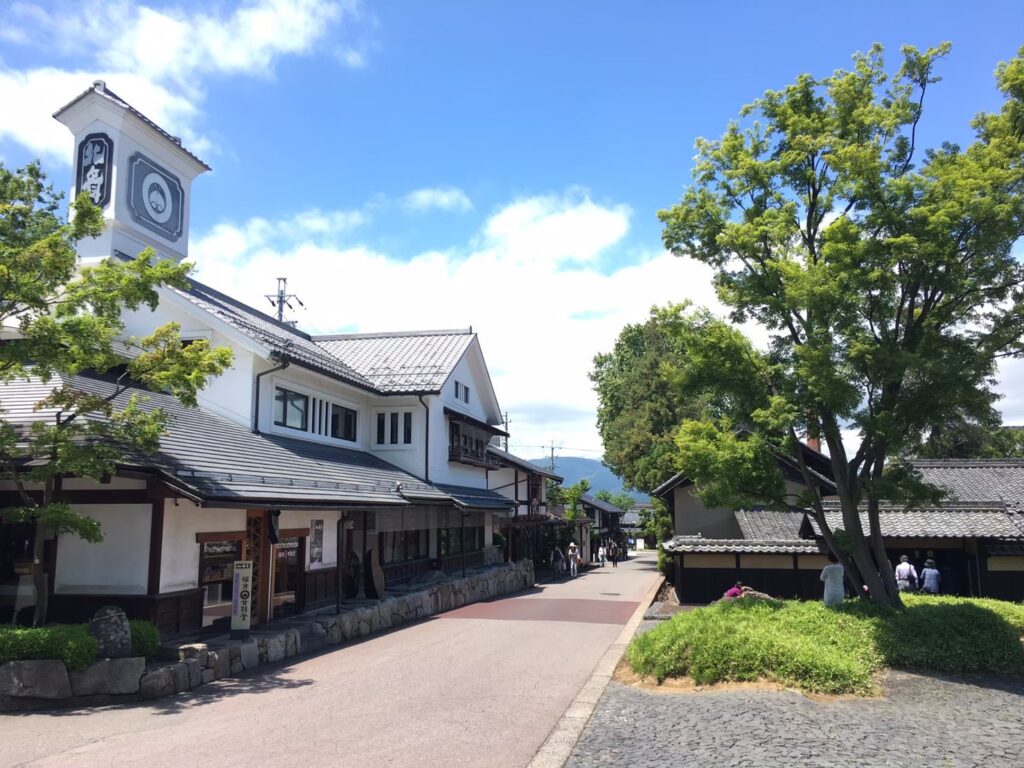
For those on their way to Yamanouchi using the Nagano Dentetsu (Nagaden) Railway line, stopping at Obuse is another great option. Home to the Hokusai Museum, Obuse has a strong association with Japan’s most famous artist – Katsushika Hokusai – and is home to a popular chestnut confectionary industry, sake breweries and pleasant craft shops.
TOURS AND CHARTERS TO THE MONKEY PARK
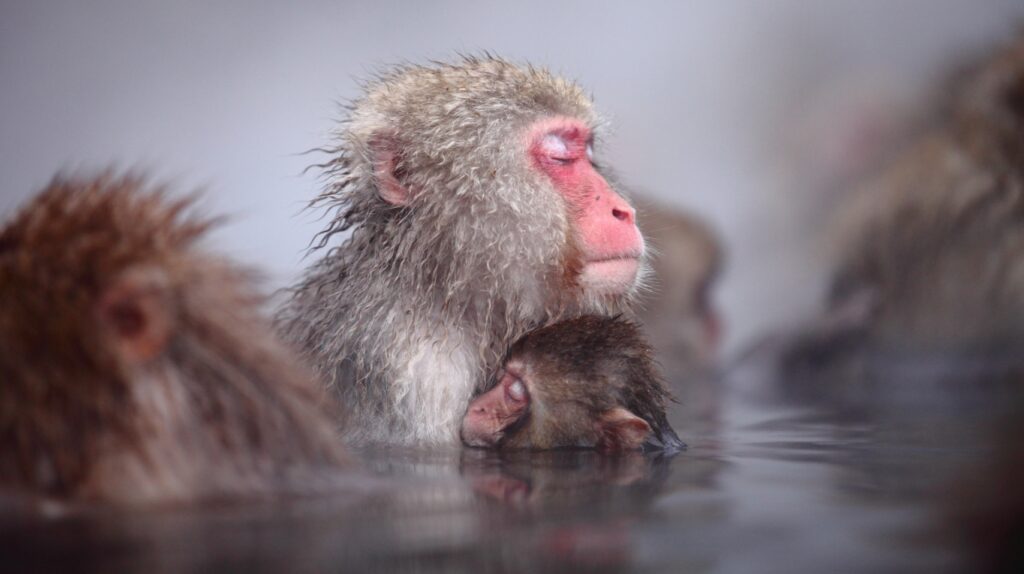
As Nagano’s No.1 tour operator, we are proud to offer multiple tours that combine a visit to the Snow Monkey Park with other fun local activities. No matter the season, we can help you make the most of your time in Nagano. Whether with your family or friends, or on your own, we are sure to have something that suits your needs!
1 Day Tour

| 1-Day Tour: Snow Monkeys, Zenko-ji Temple & Sake in Nagano | |
|
| |
| Period | All Year Round |
| Time | 09:35 – 17:35 |
| Meeting Place | Nagano Station Hakuba (winter only) |
| Adult Rate | ¥17,800 |
| Child Rate | ¥11,000 |

Our most popular offering is our “1-Day Tour: Snow Monkey Park, Zenkoji Temple and Sake in Nagano“. Guests on this delightful excursion will first be treated to Sake Tasting and a guided tour of the historic Zenkoji Temple in Nagano, including lunch at a nearby restaurant.
With the first half of the tour complete, you will then depart for the Monkey Park on our private tour vehicle. Once you have arrived your guide will lead the way up to the place the Monkeys call home, before you once again board the bus and return to your starting destination.
1 Day Tour
| 1-Day Tour: Snow Monkeys & Snow Fun In Shiga Kogen | |
|
| |
| Period | December to March |
| Time | 08:45 – 17:30/18:00 |
| Meeting Place | Nagano Station Snow Monkey Park Area |
| Adult Rate | ¥21,800 |
| Child Rate | ¥13,300 |

For those guests coming in the Winter, we also offer the “1-Day Tour: Snow Monkeys & Snow Fun in Shiga Kogen“, combining exciting snow activities such as sledding and riding snow scoots with a visit to the Monkey Park. Lunch is also included, making for the perfect day trip for anyone looking to experience what winter in Nagano is all about!
1 Day Tour
| [Spring Only] 1-Day Tour: Snow Monkeys & Cherry Blossoms in Nagano | |
|
| |
| Period | April |
| Time | 09:35 – 17:30/18:30 |
| Meeting Place | Hotel Kokusai 21 Nagano Station |
| Adult Rate | ¥17,800 |
| Child Rate | ¥11,000 |

Another unforgettable tour is our “1-Day Tour: Snow Monkeys & Cherry Blossoms in Nagano“. Including two of Japan’s most amazing natural spectacles, the blooming of the Cherry Blossoms and the hot-spring loving monkeys of Jigokudani, this offering is the easiest way to enjoy a relaxed spring day in Nagano.
Private Tour
| [START FROM NAGANO CITY] Private Snow Monkey Tour | |
|
| |
| Period | All Year Round |
| Time | 09:00 to 17:15 ~ 18:30 |
| Meeting Place | Any location in Nagano City |
| Price | ¥122,000 ~ / group |

For those who want a more customized experience, we also offer private tours of the Snow Monkey Park and nearby attractions such as Zenkoji Temple. For more information, please click the link above or send us an inquiry describing your ideal itinerary.
CHARTER A VEHICLE TO THE SNOW MONKEY PARK!
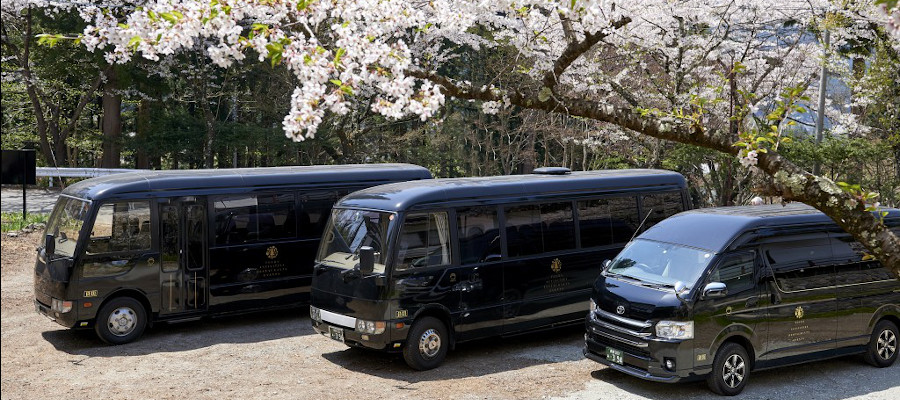
For those interested in private charter services, we would be pleased to provide a vehicle and propose an itinerary to suite your needs! Please see our charter page and send us your trip details so we can can start planning your journey together.


